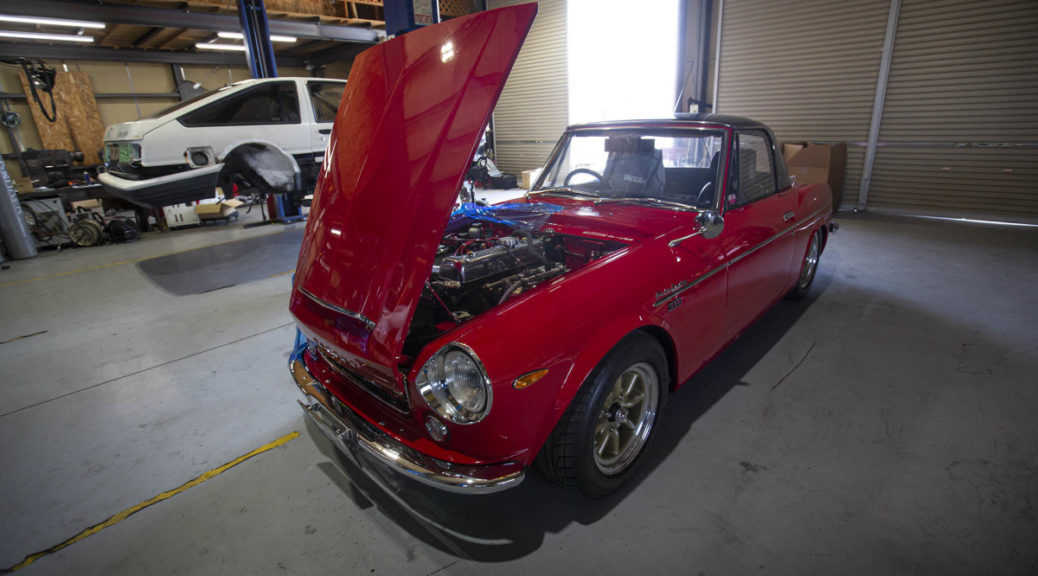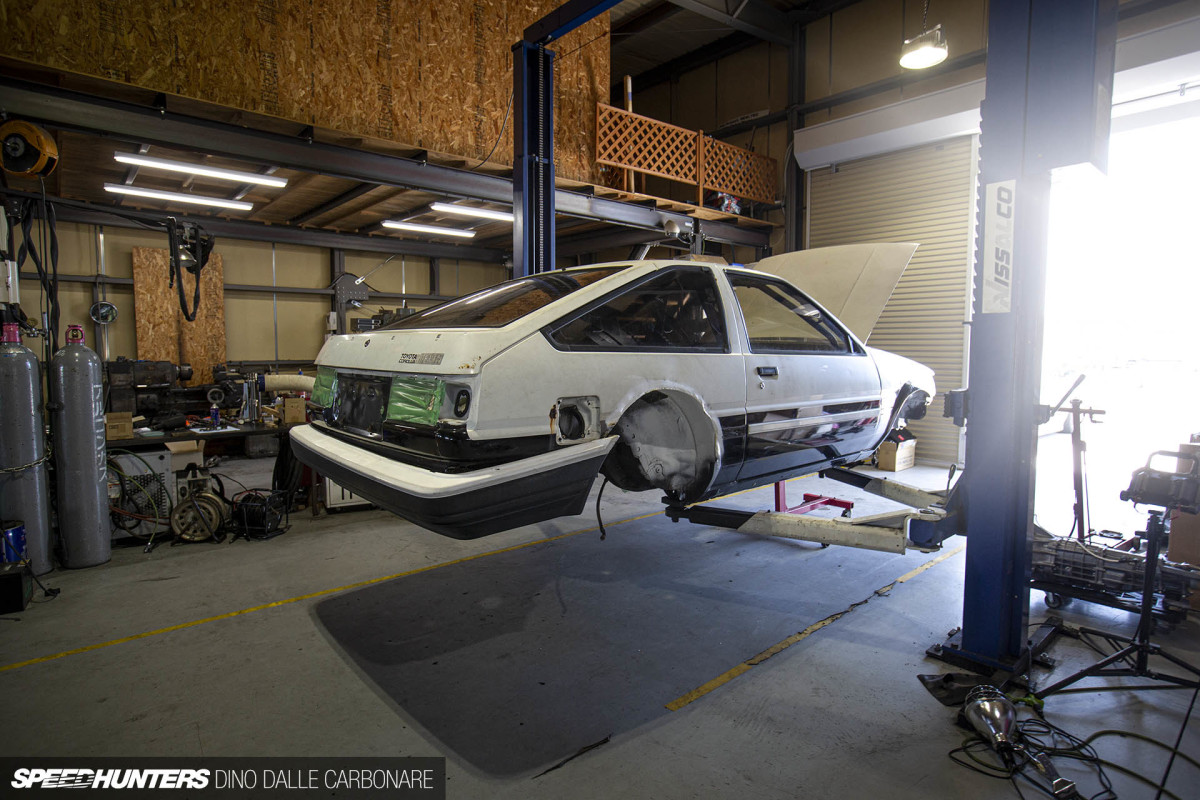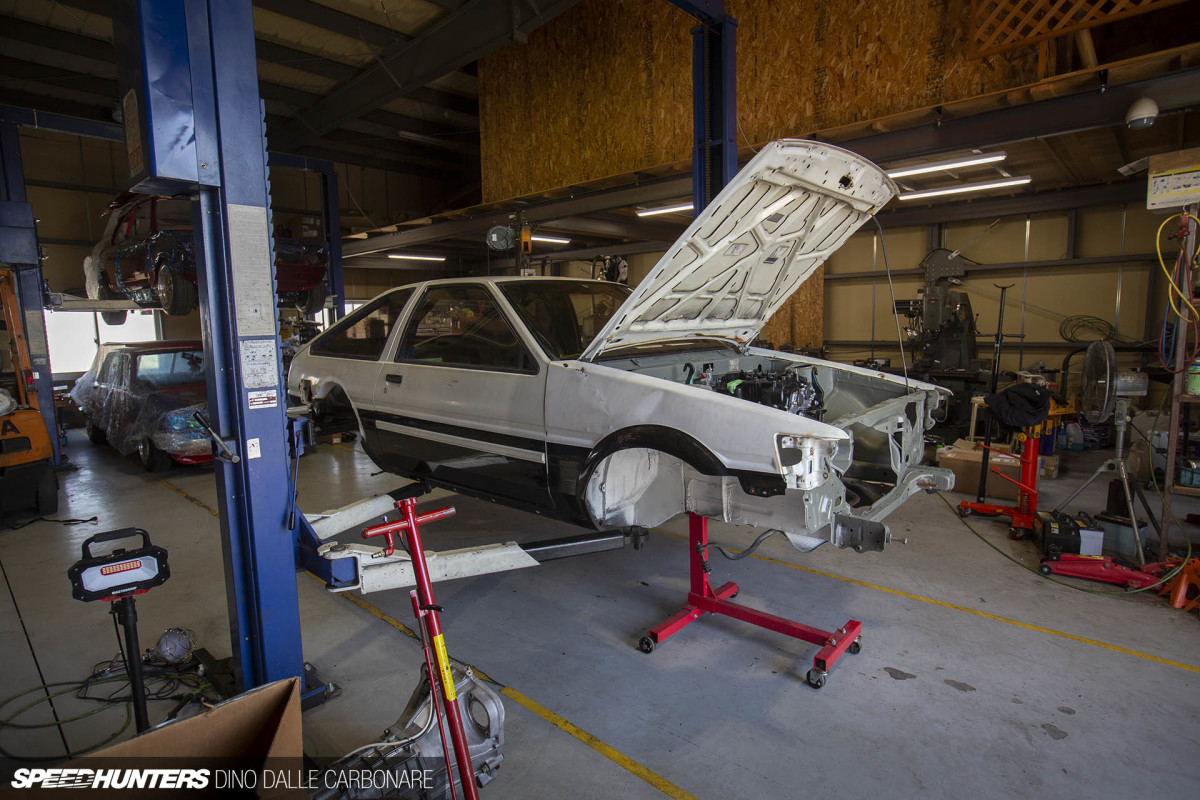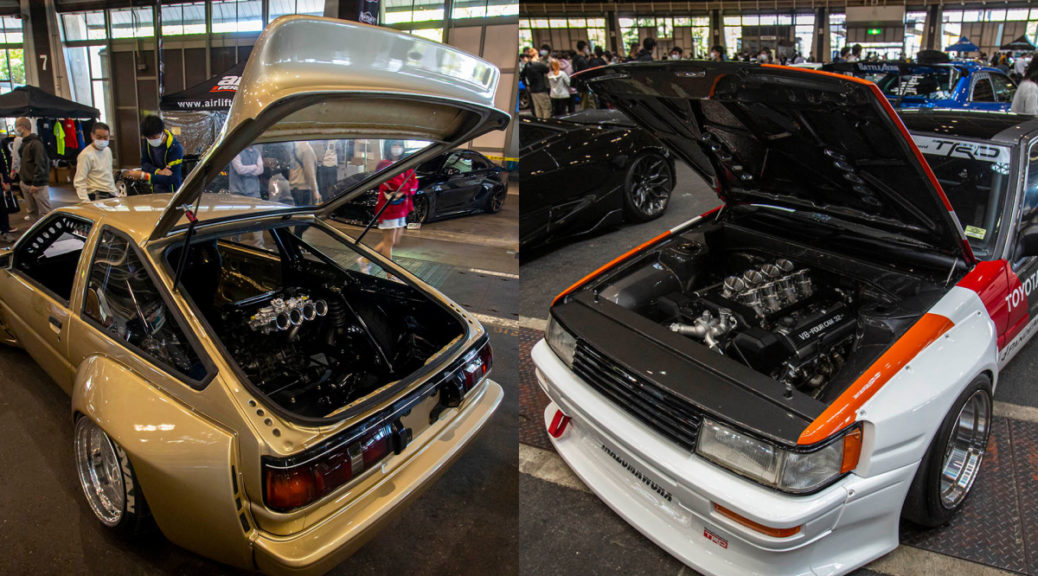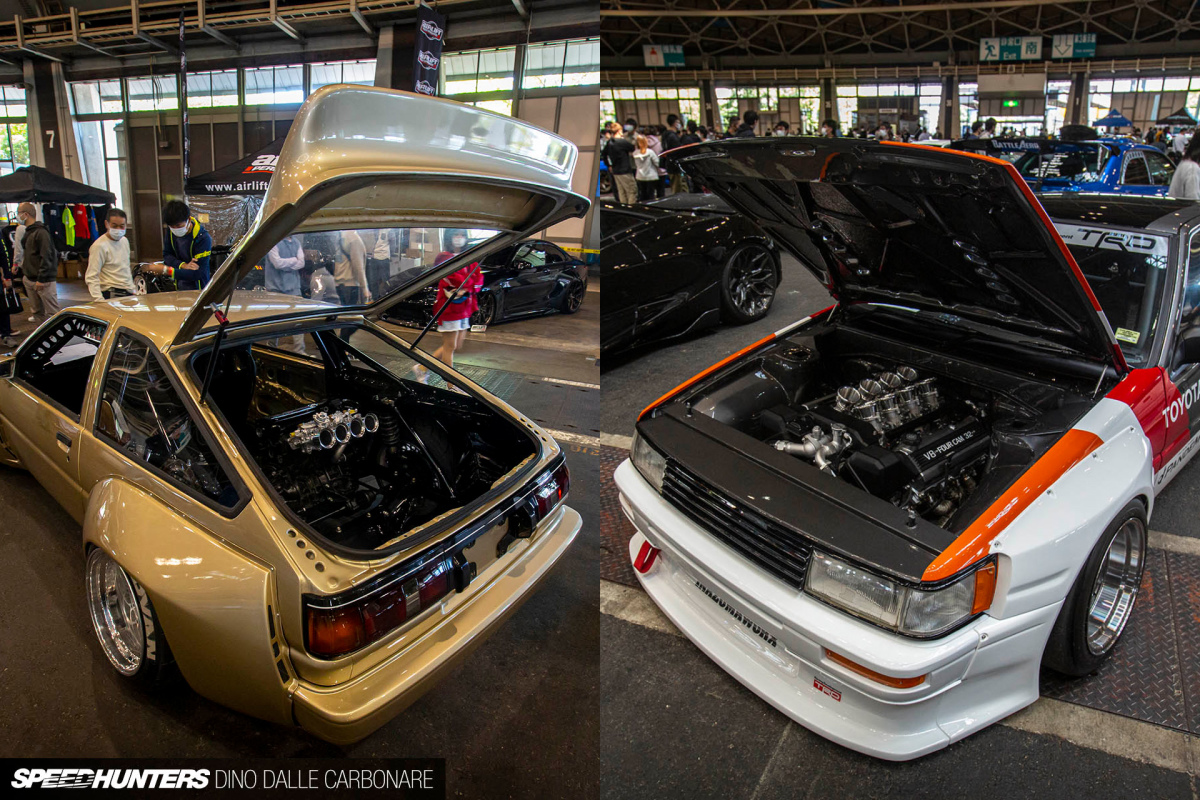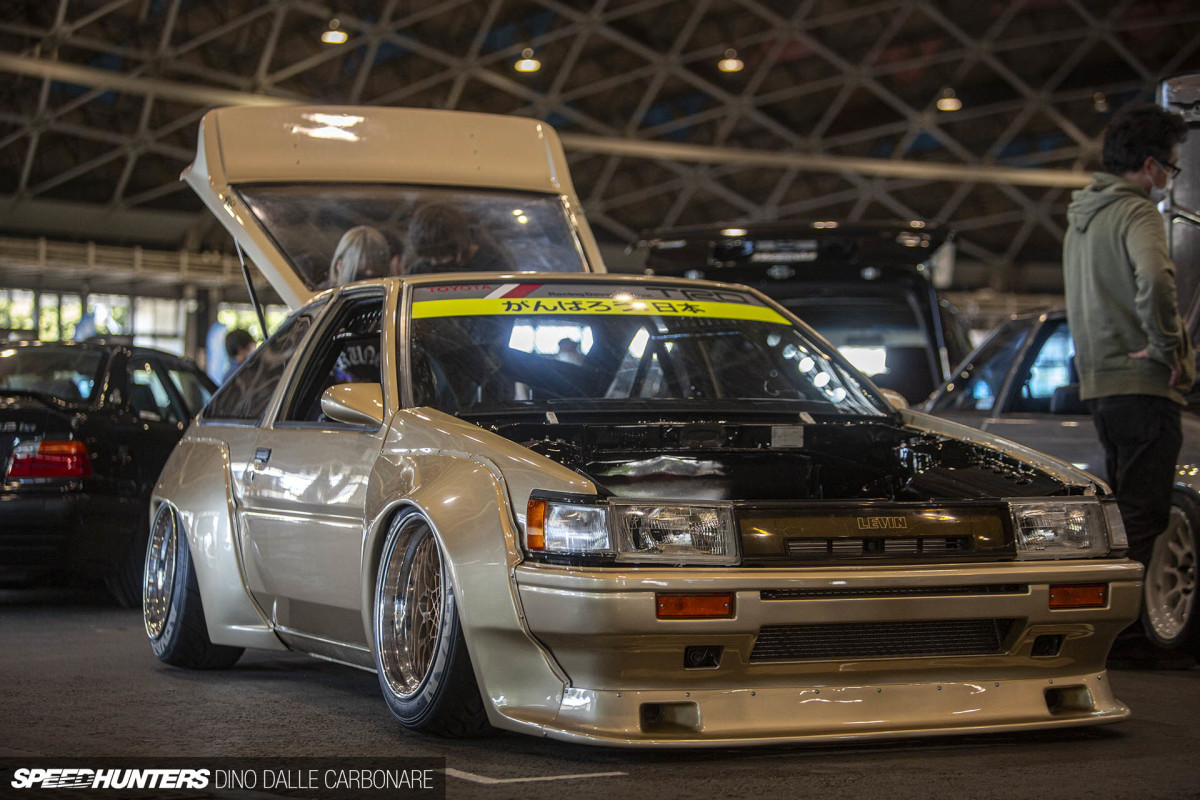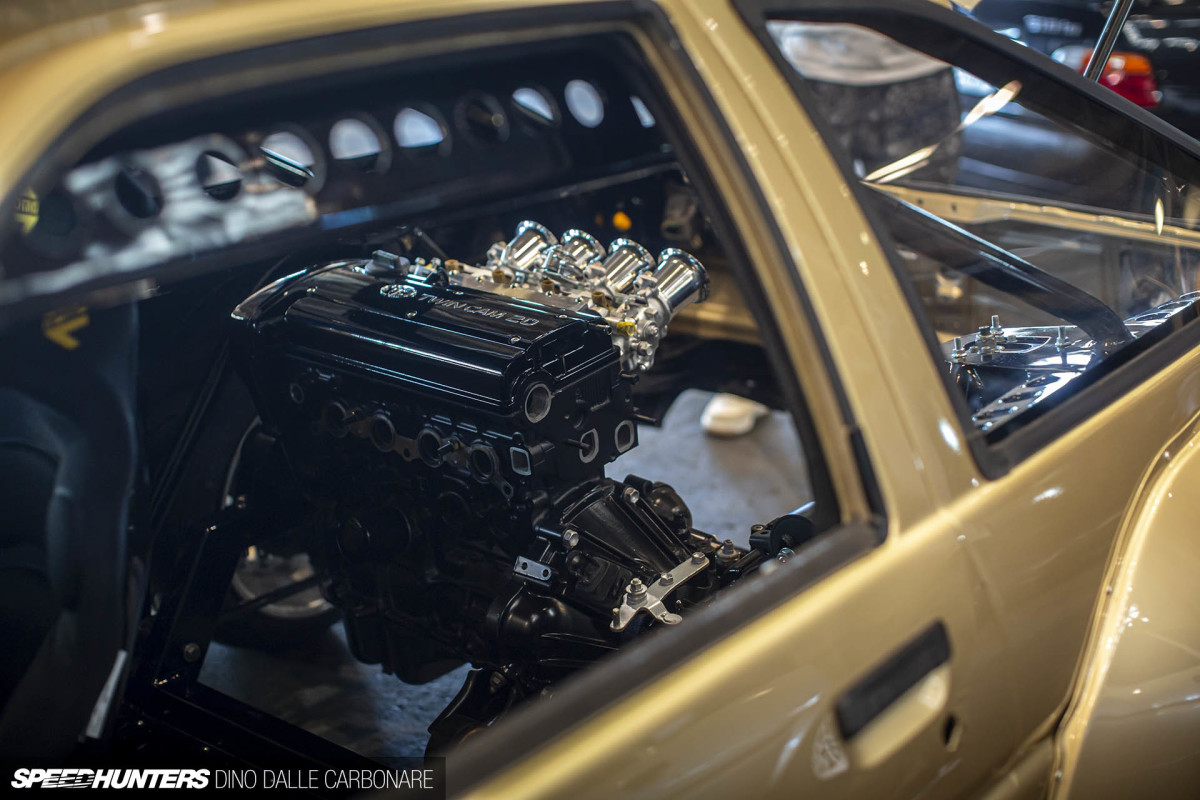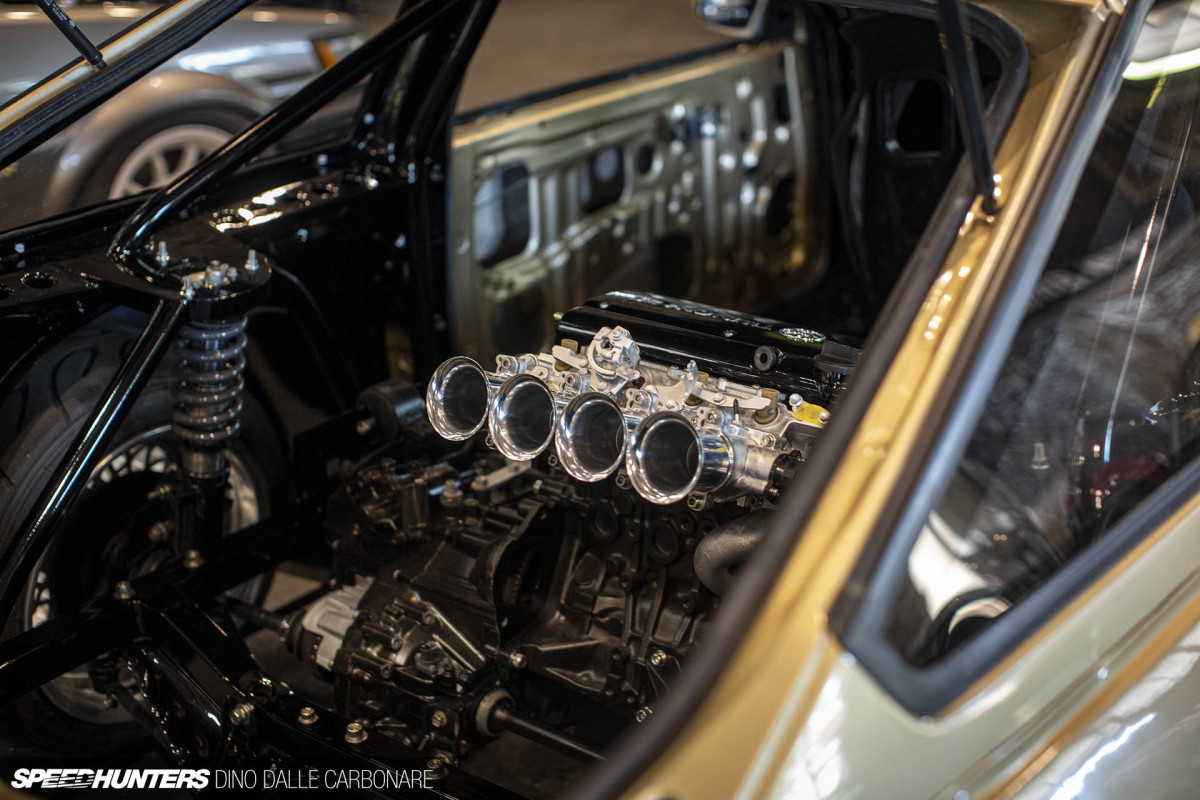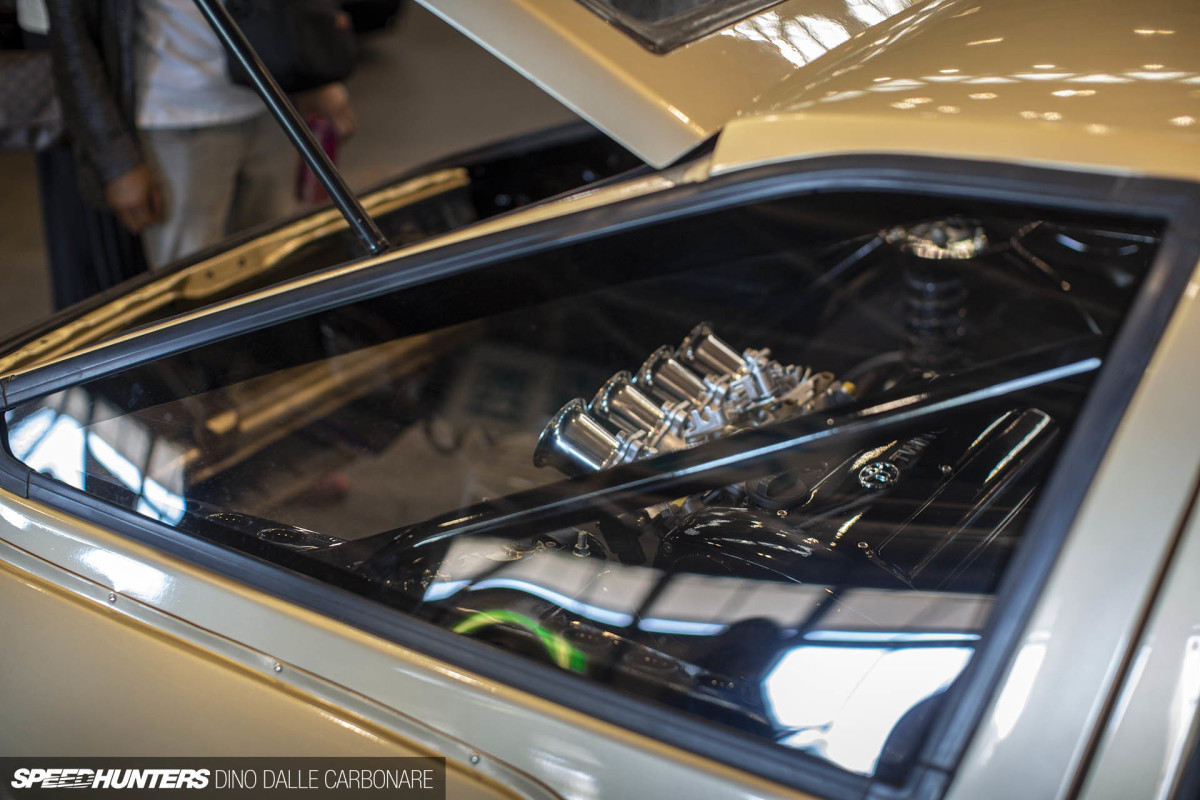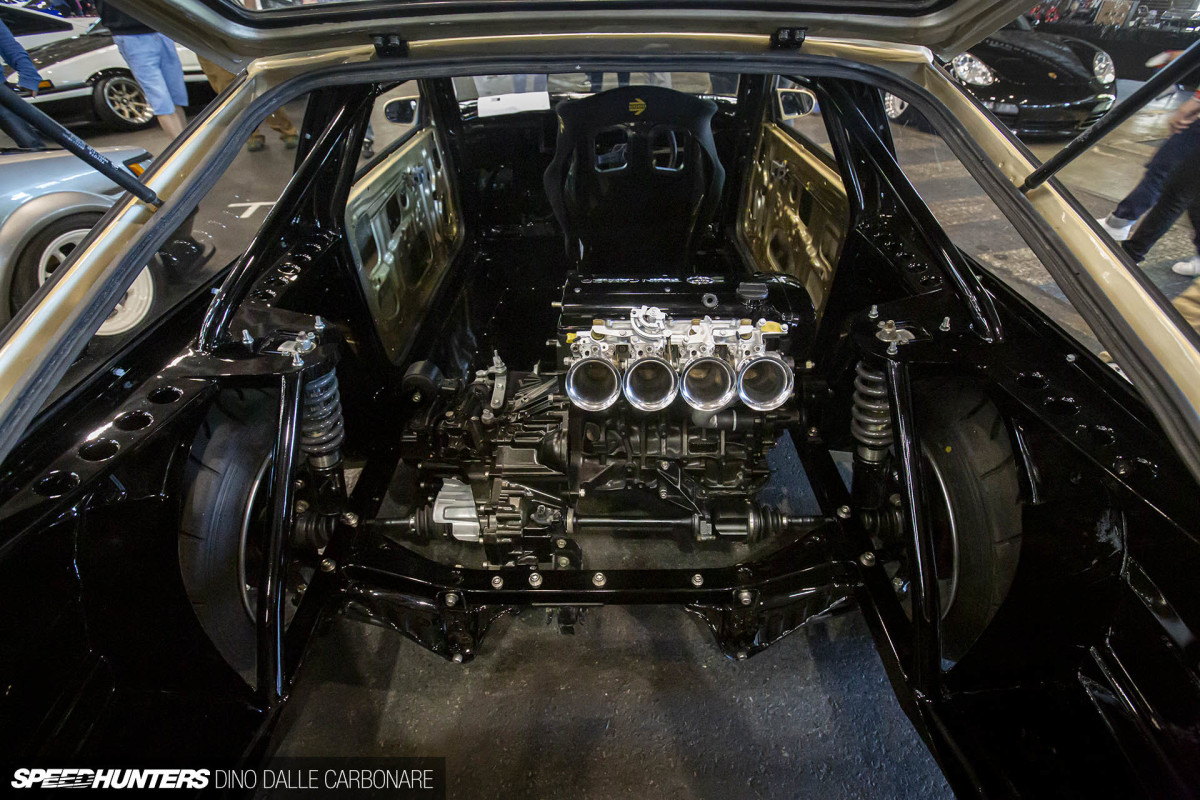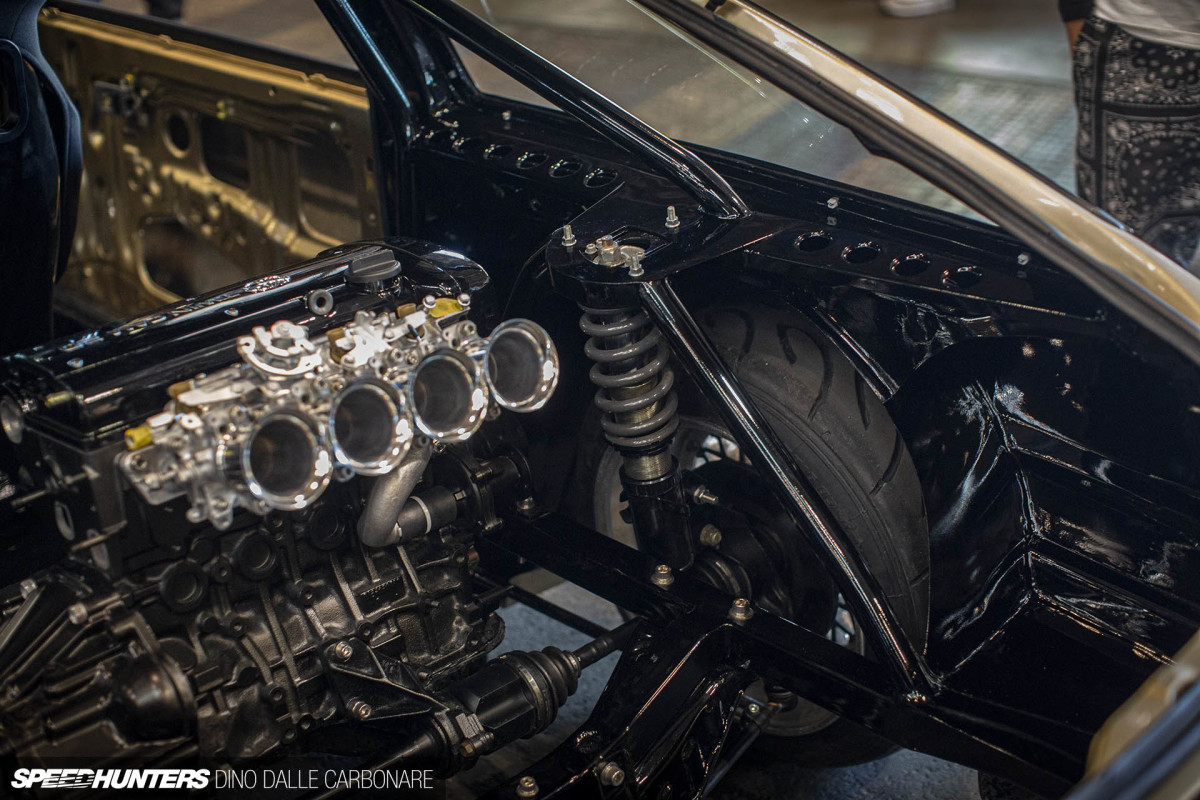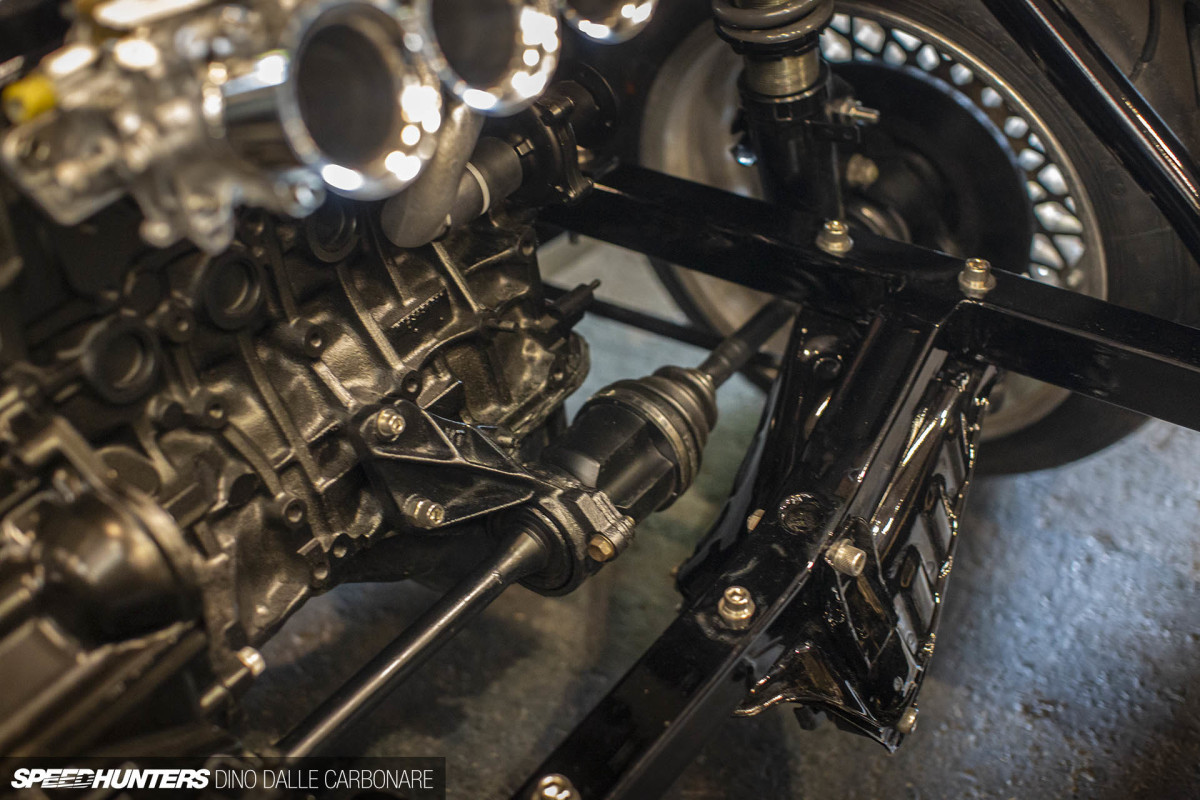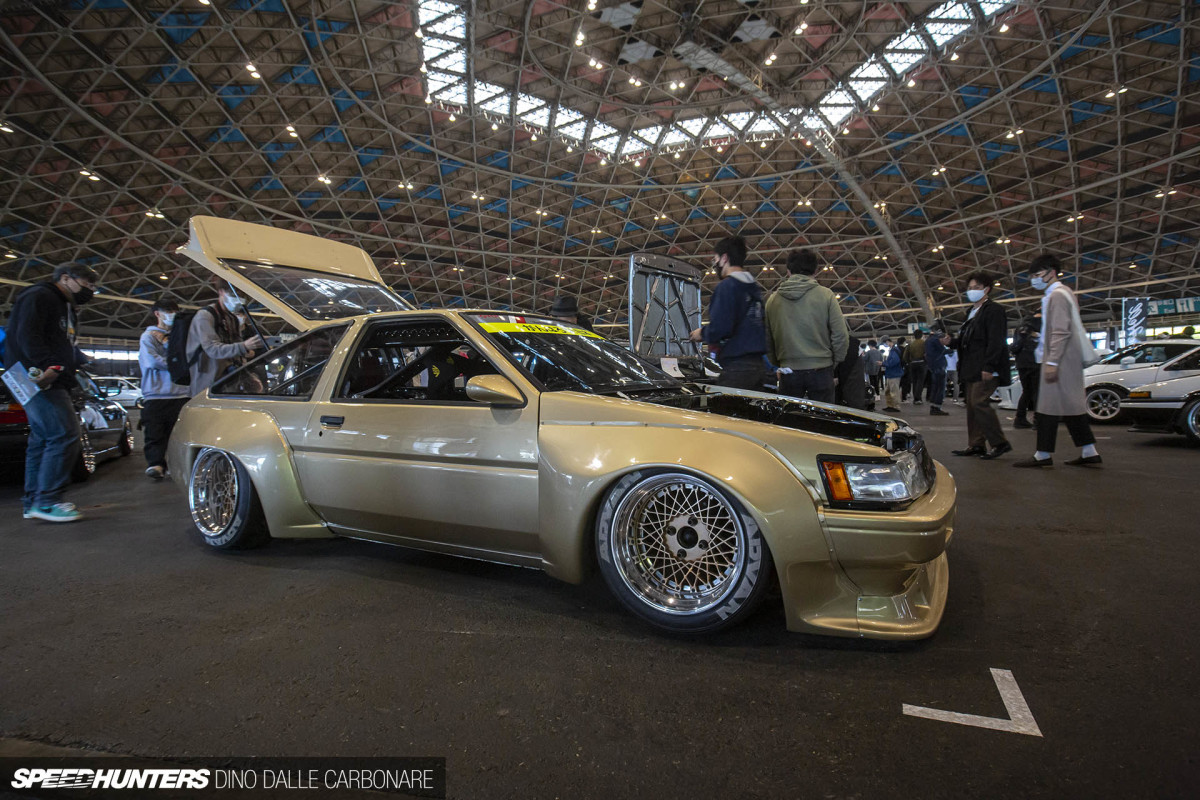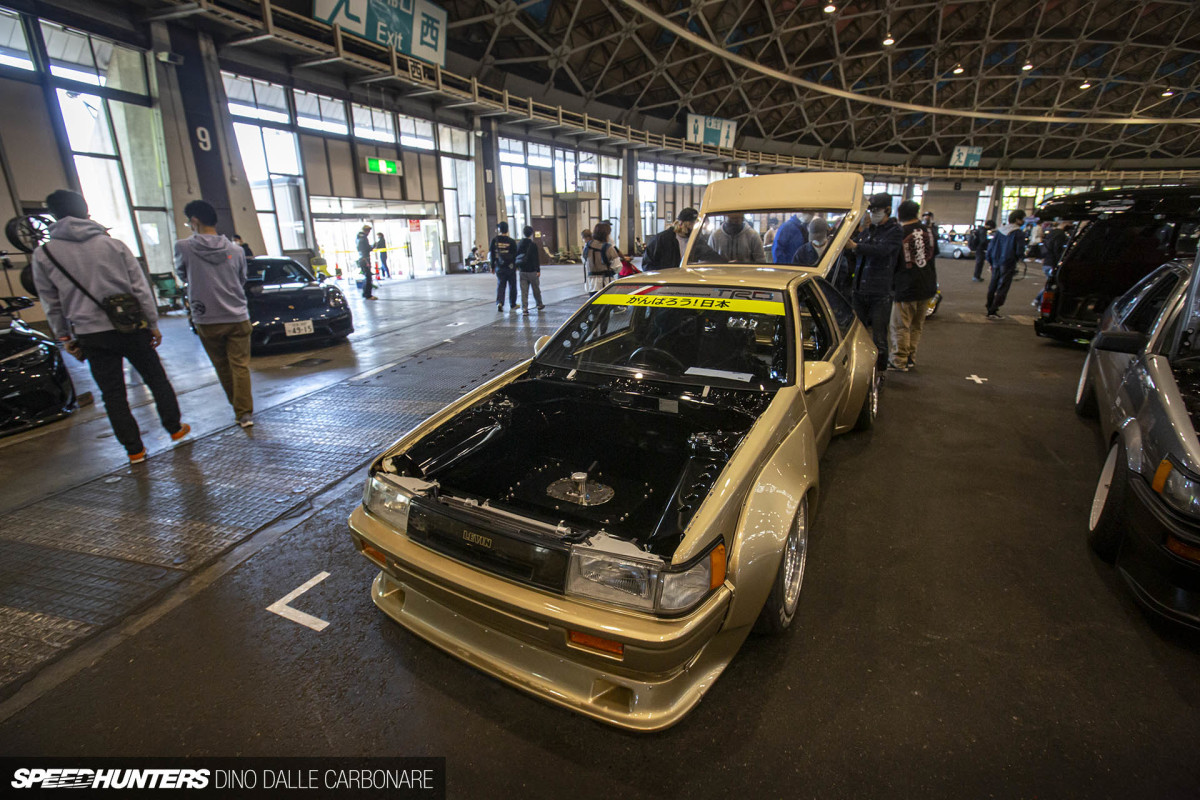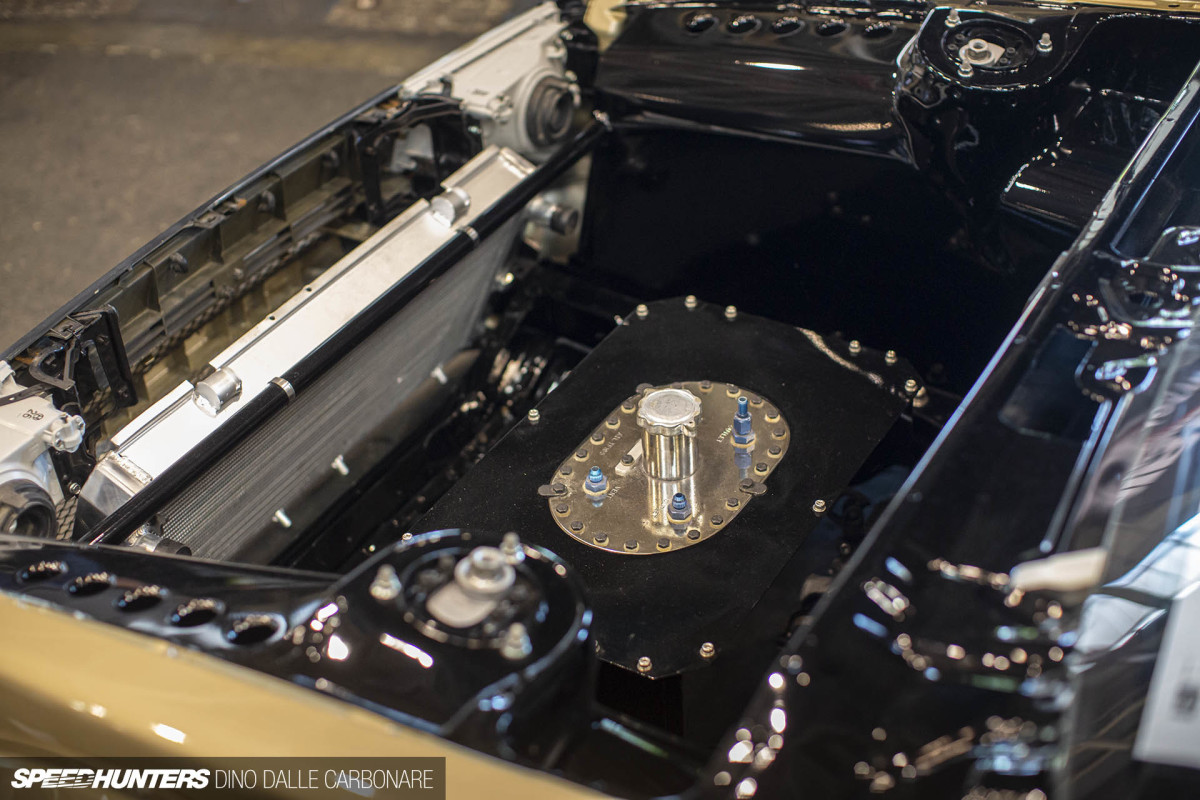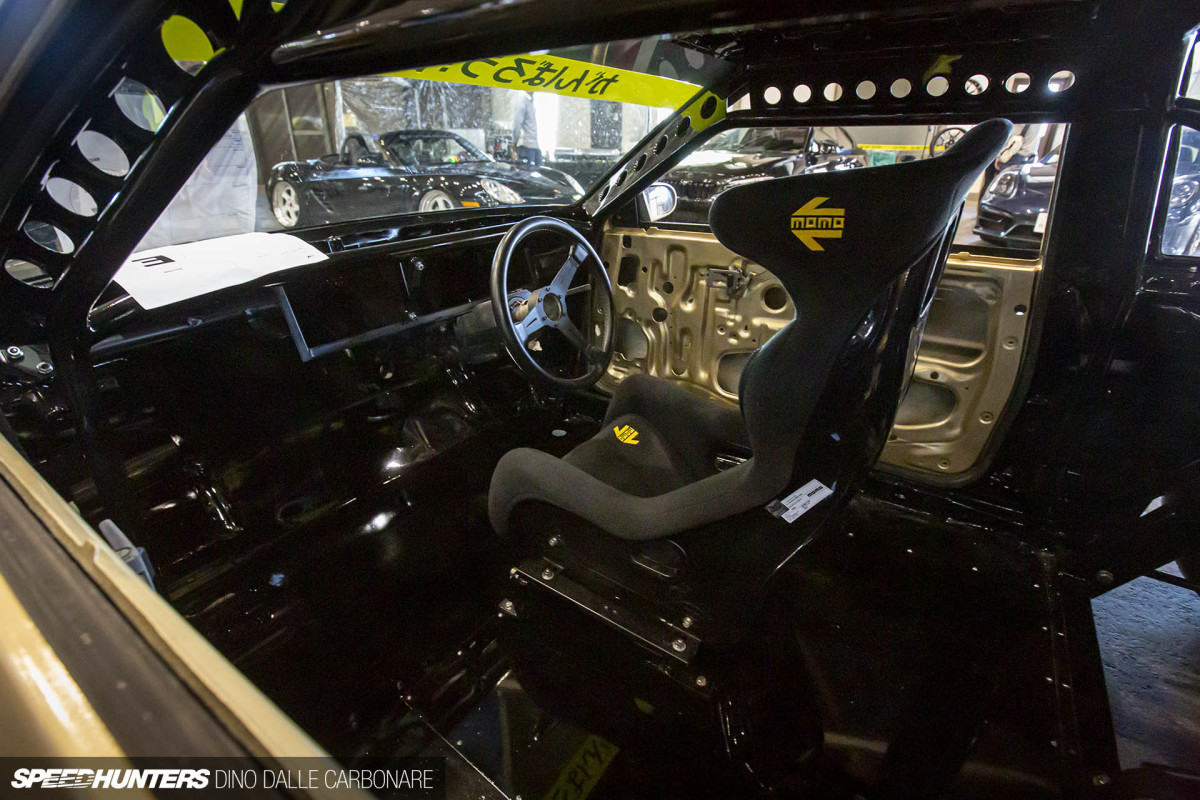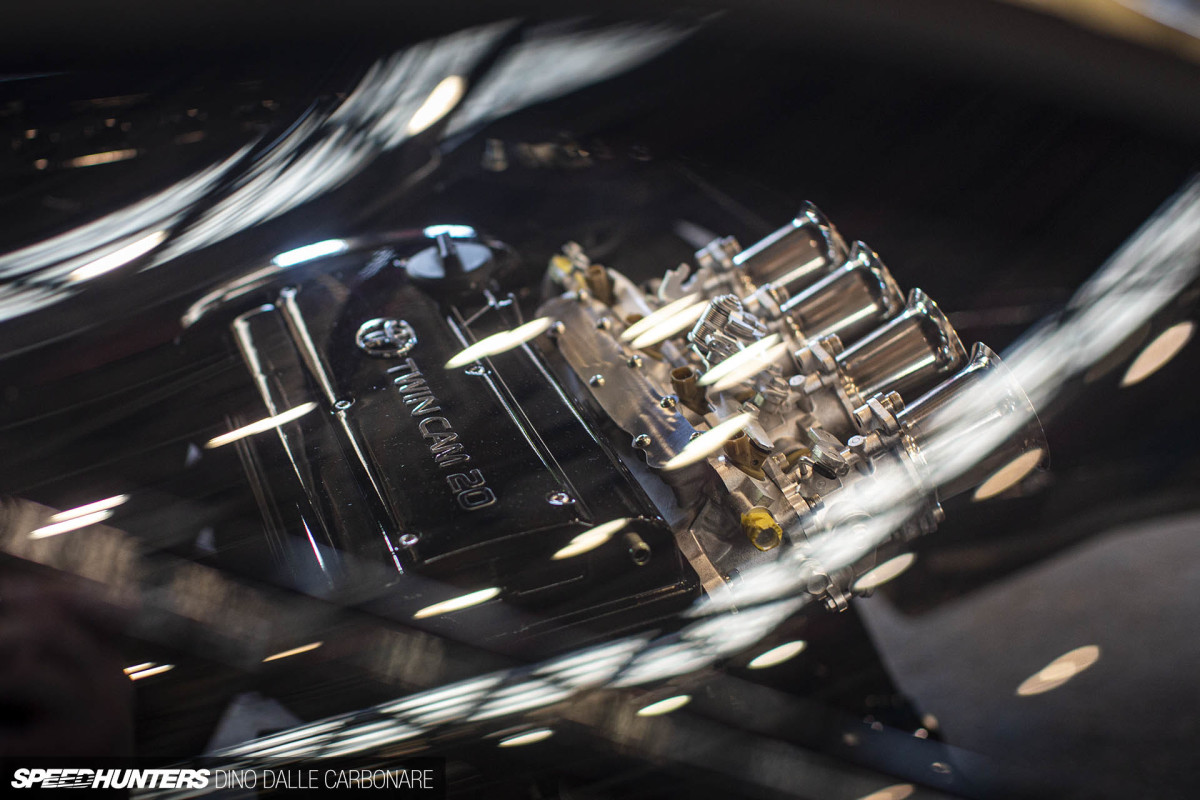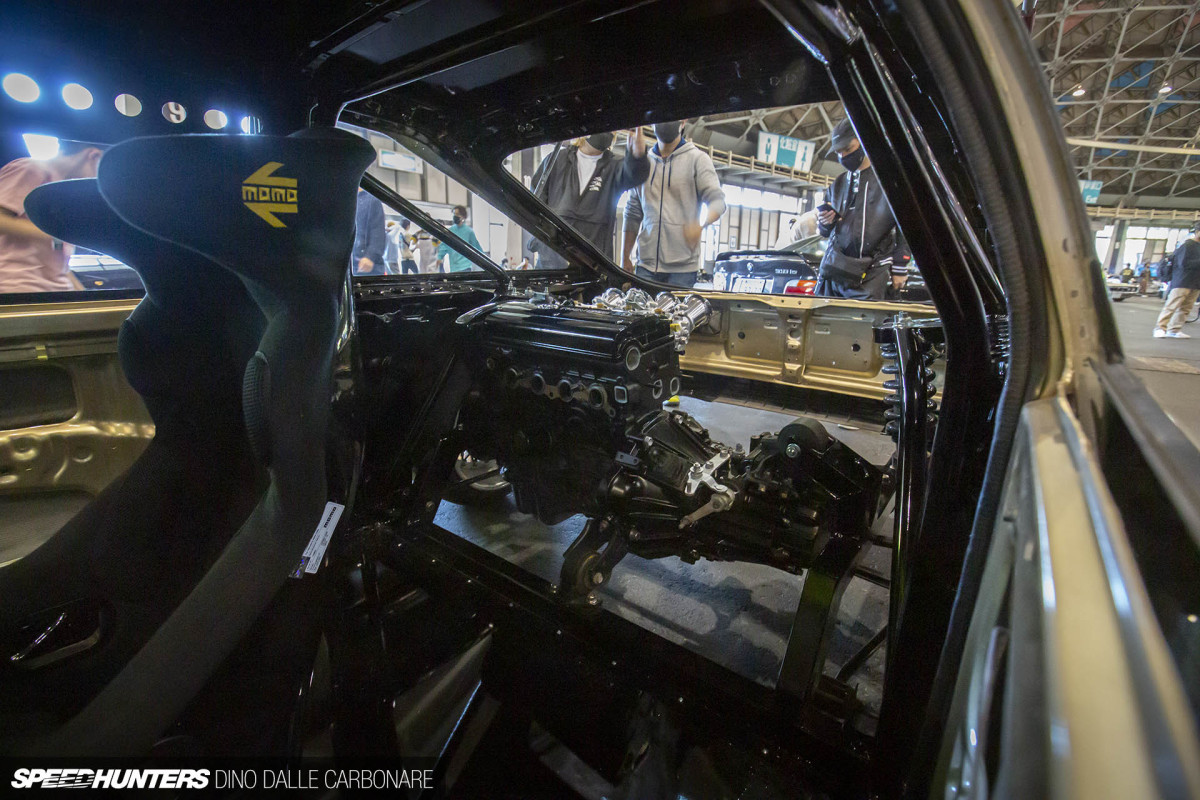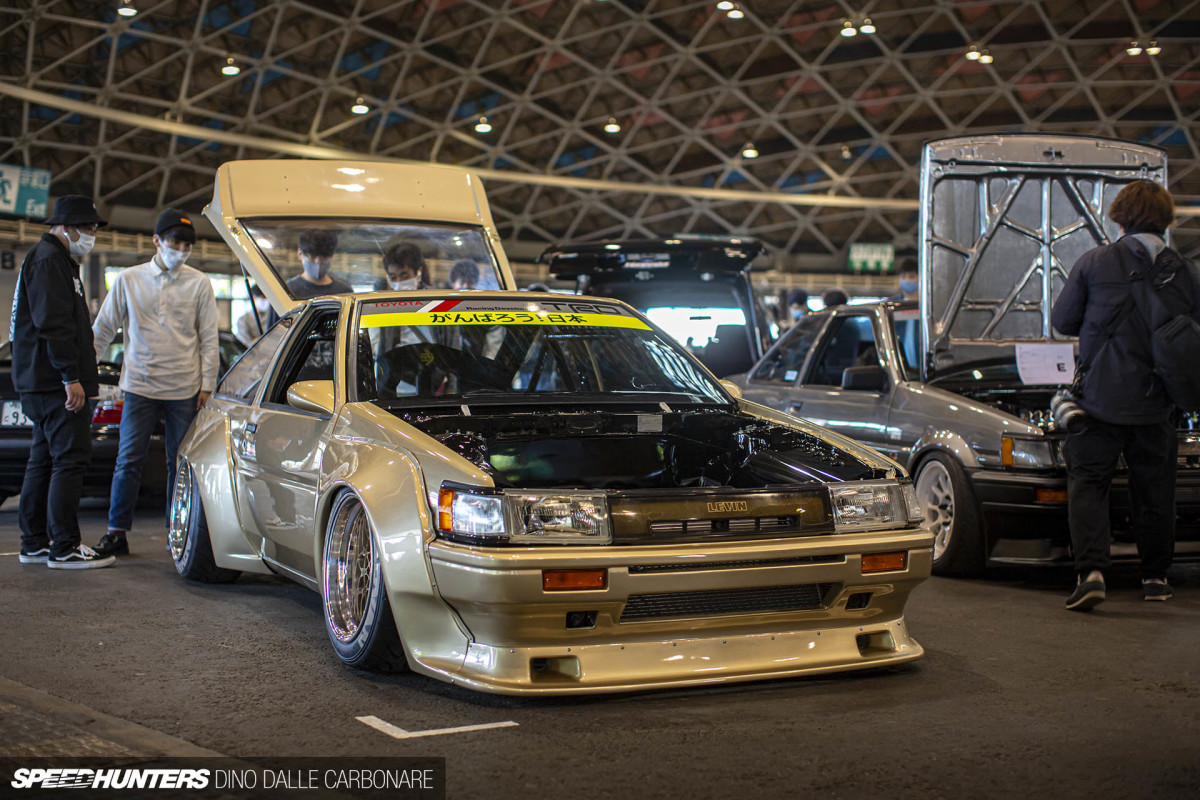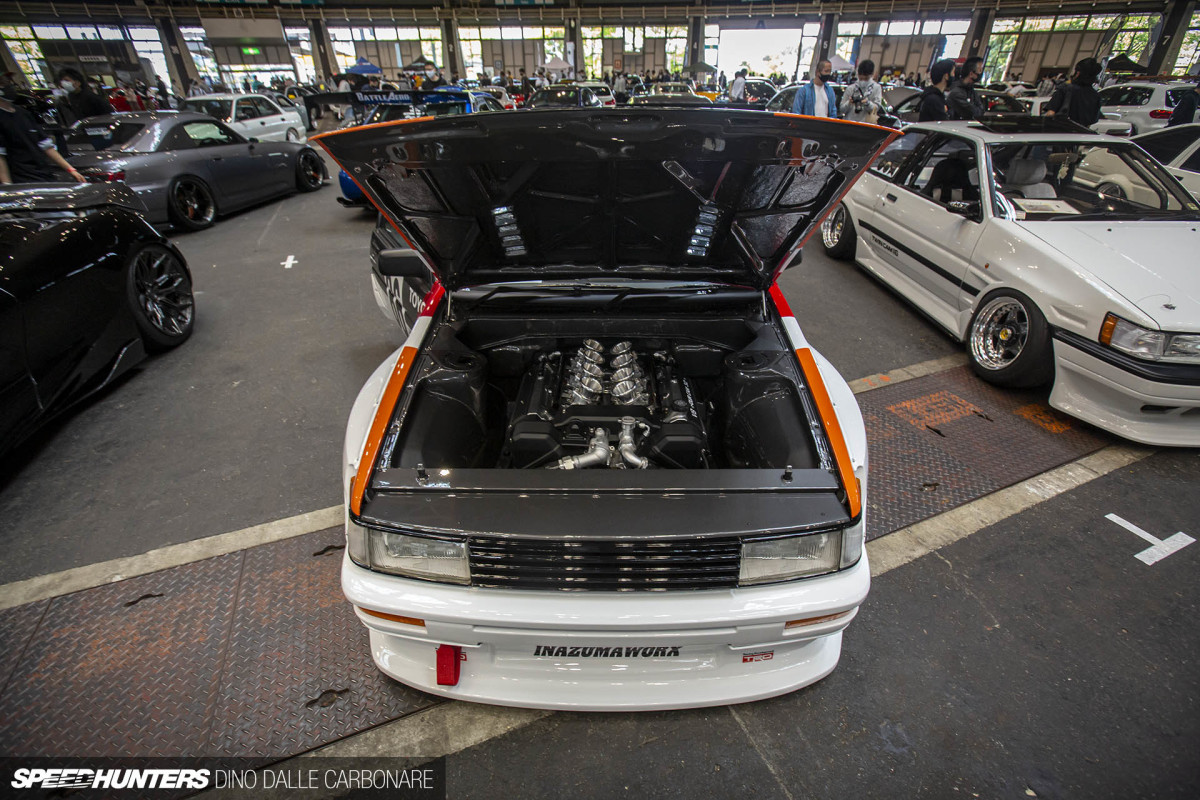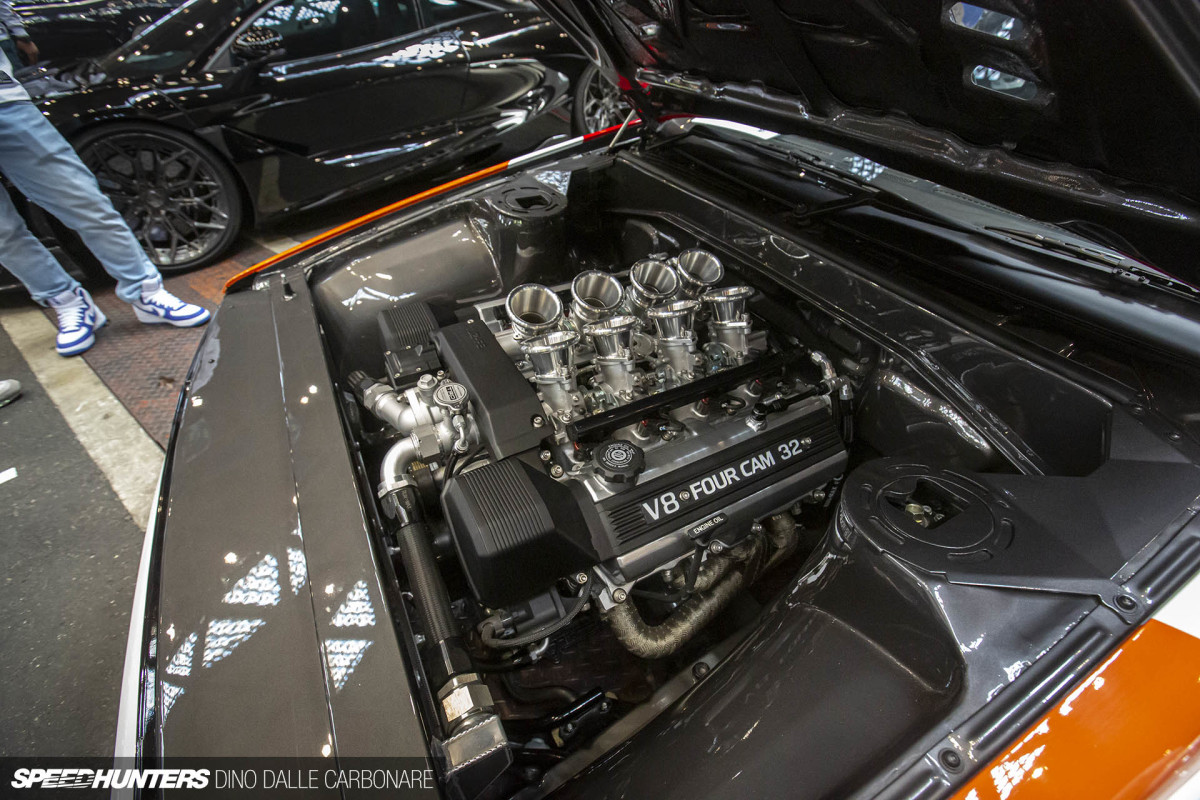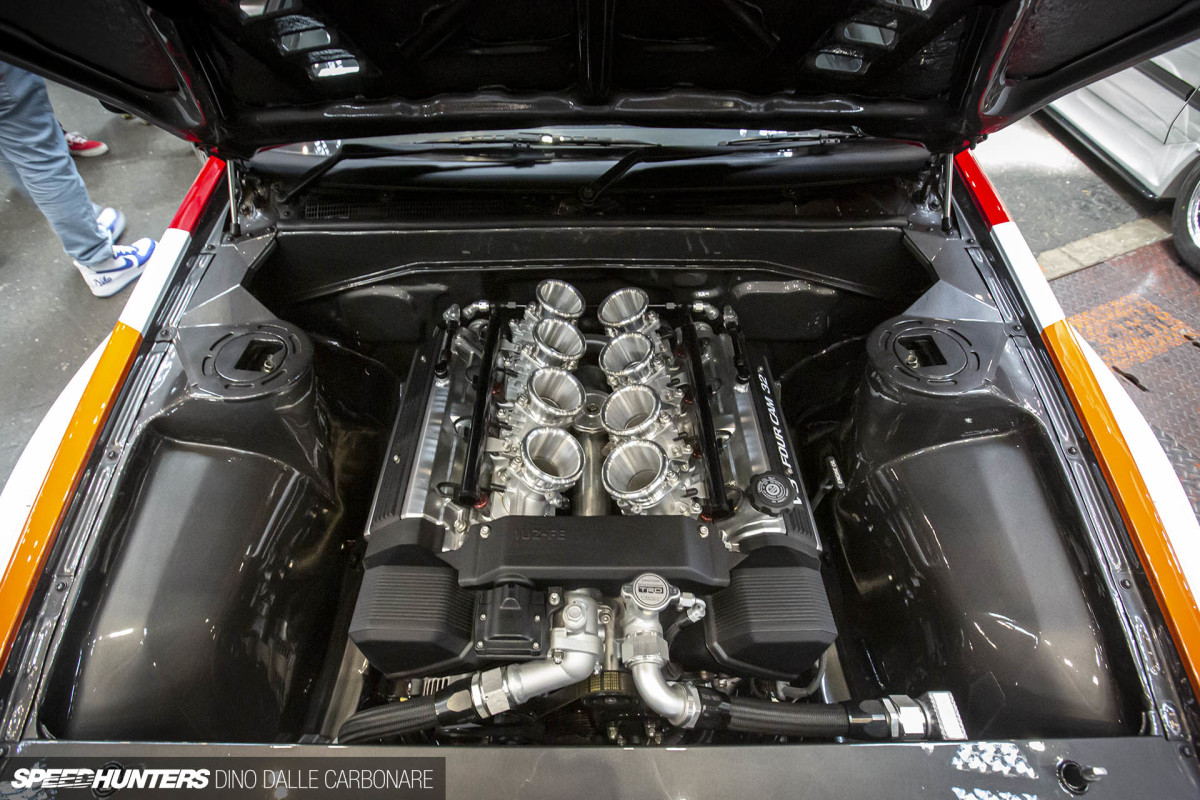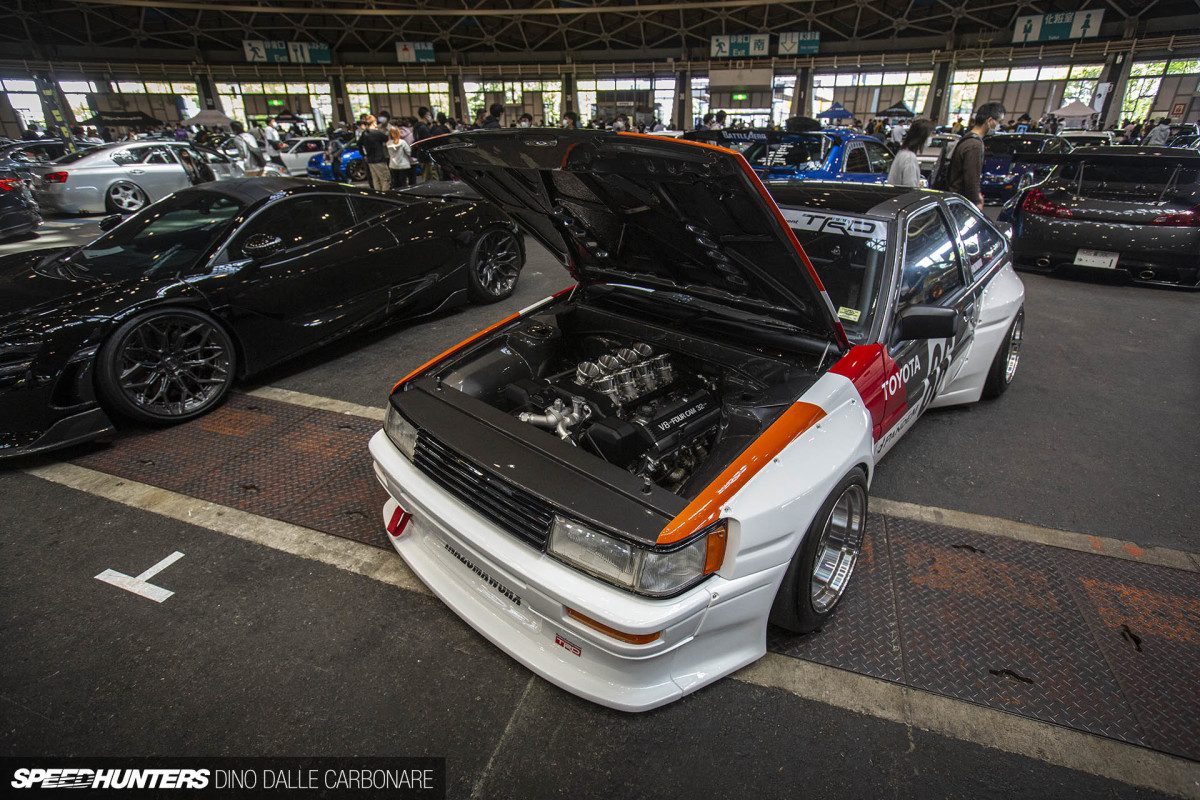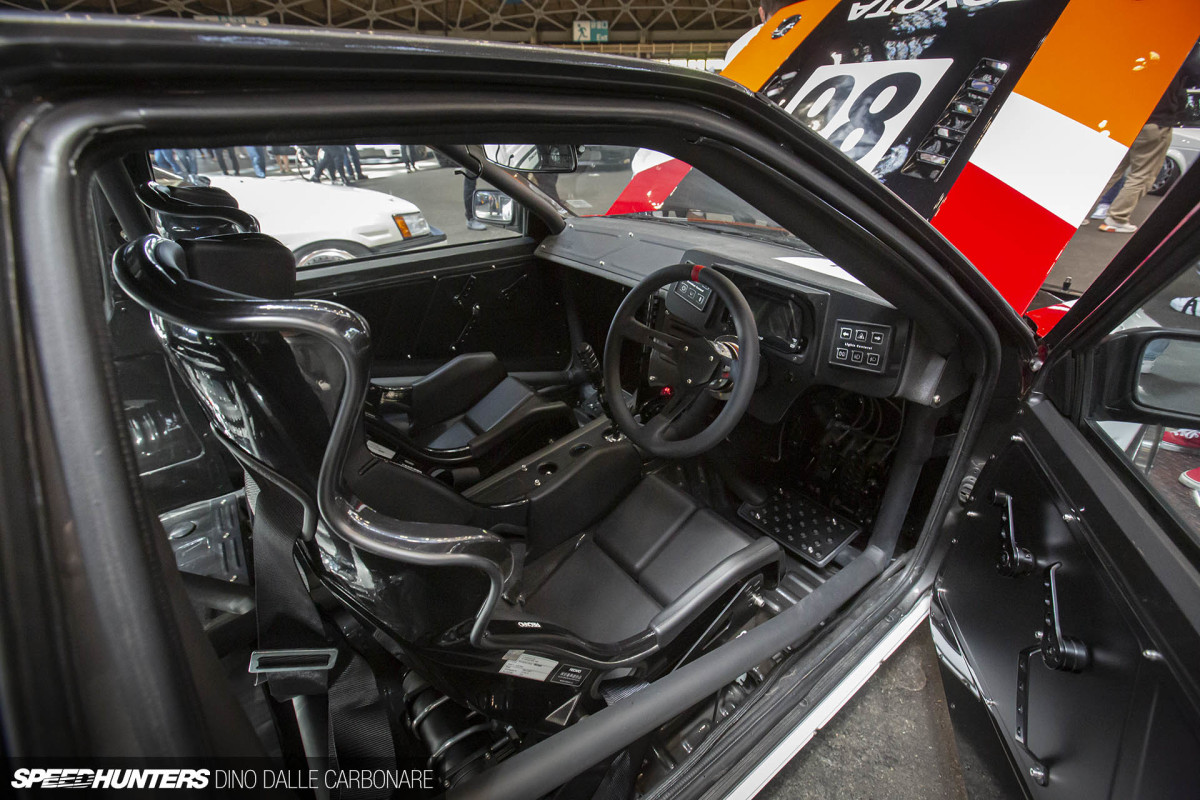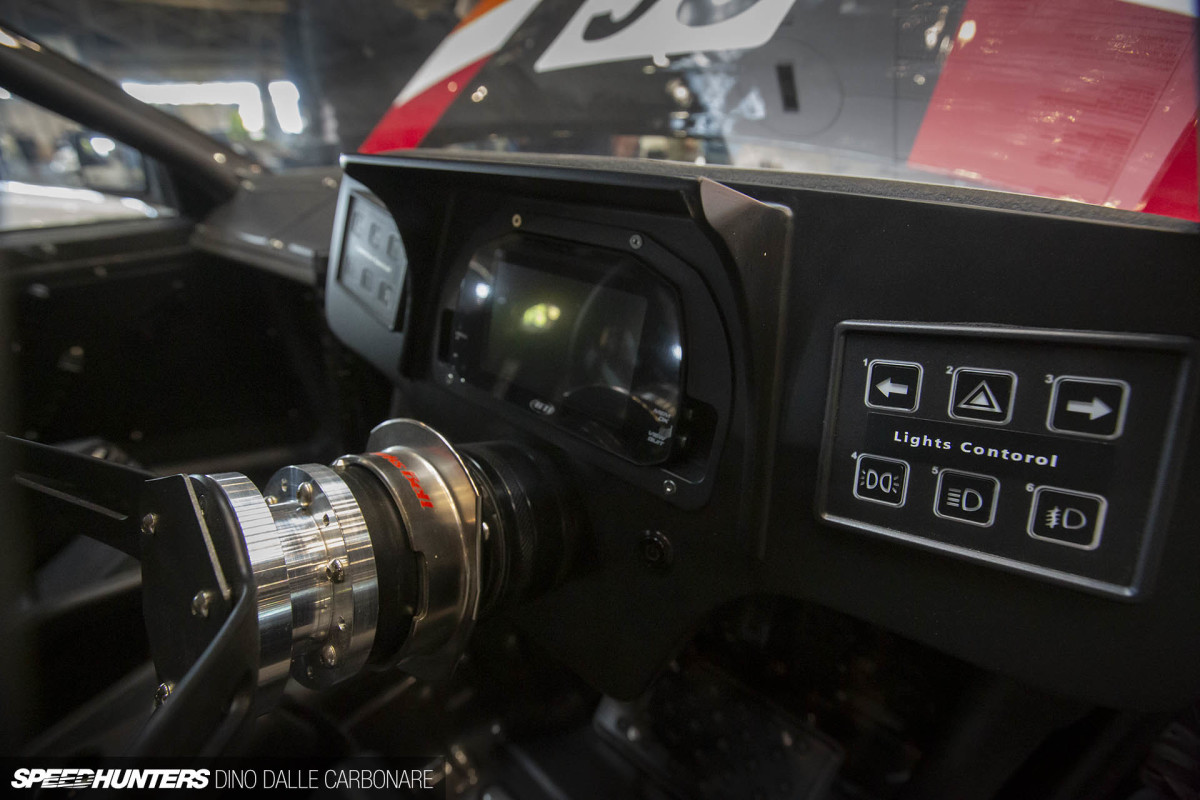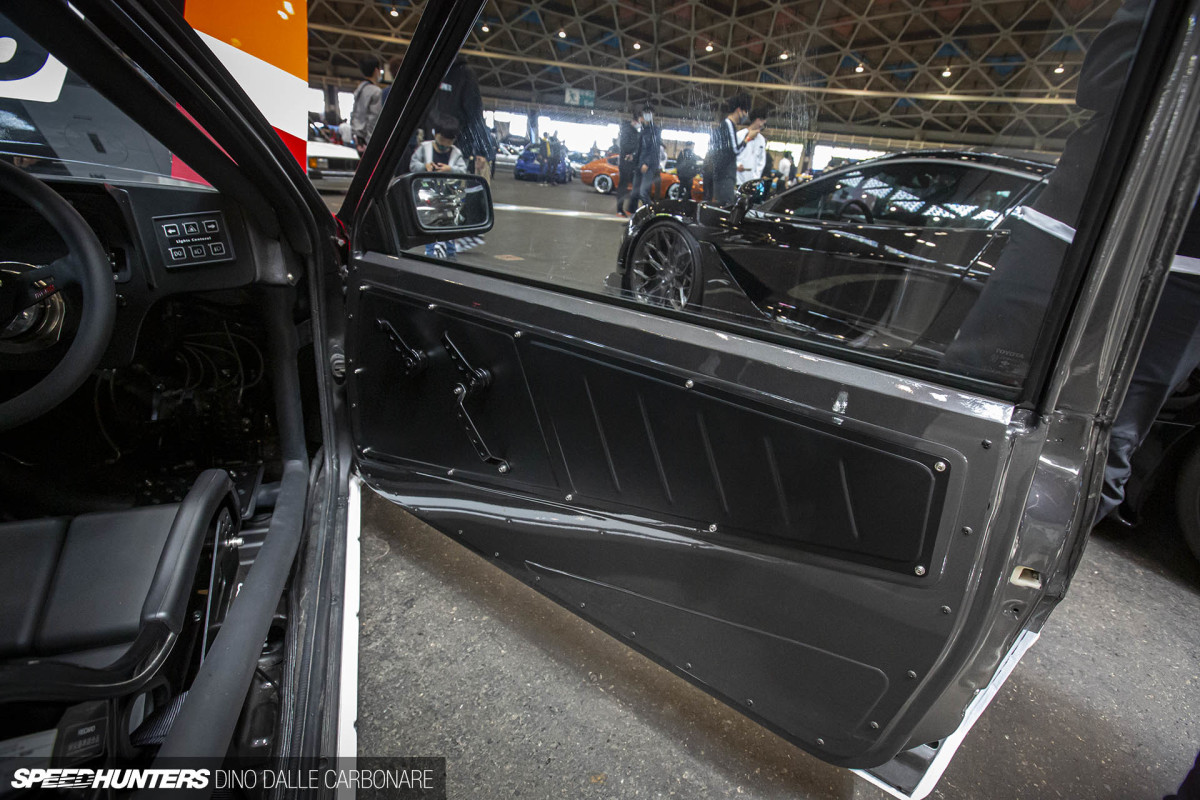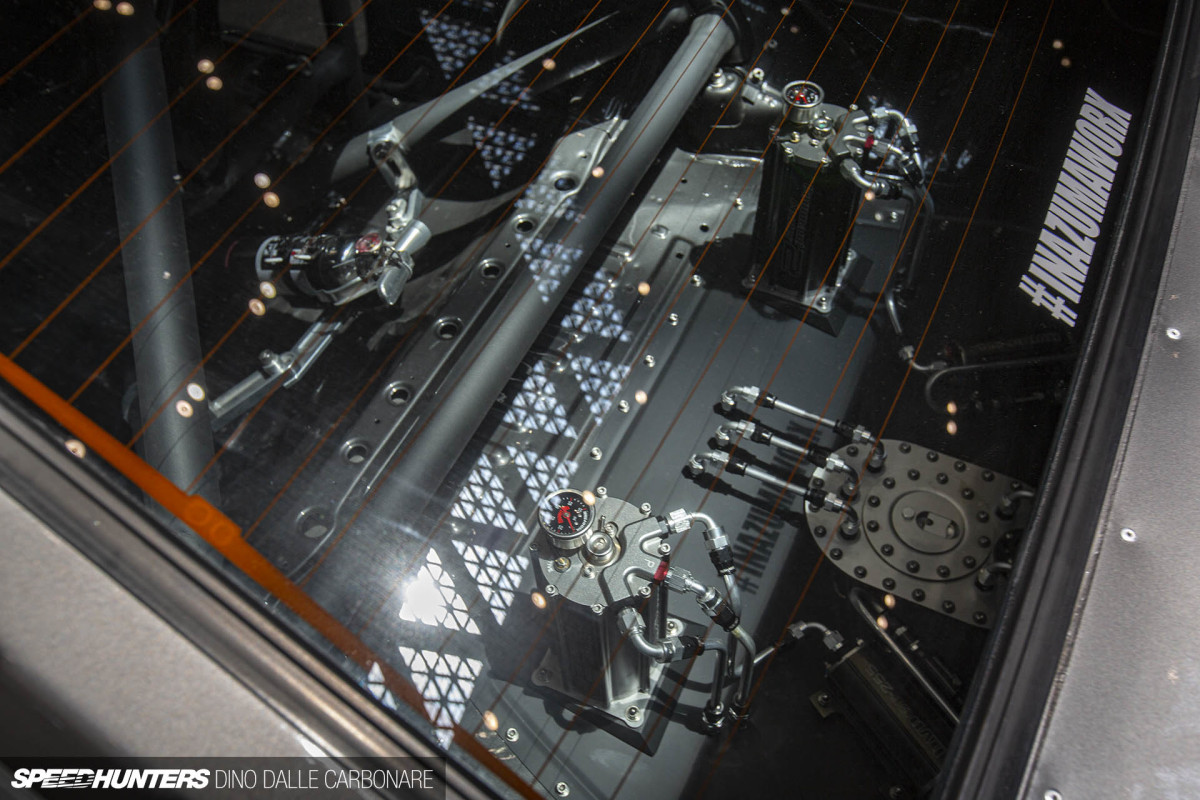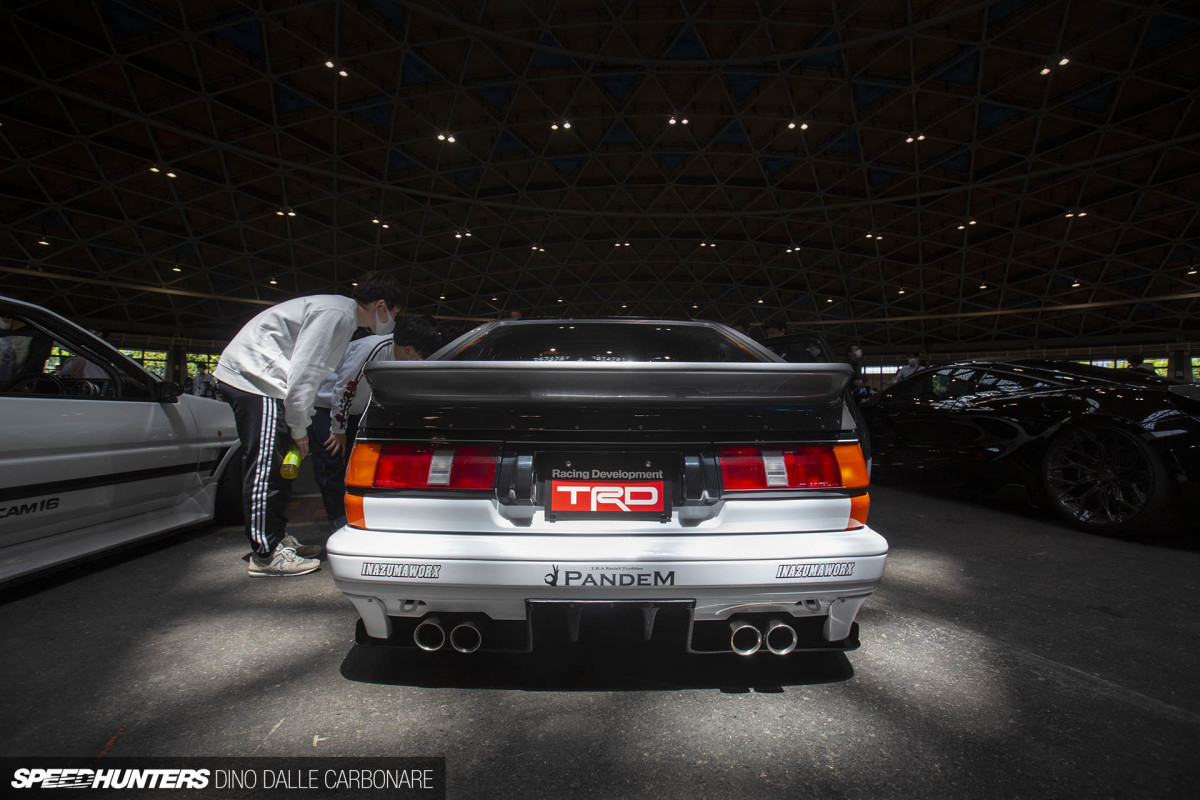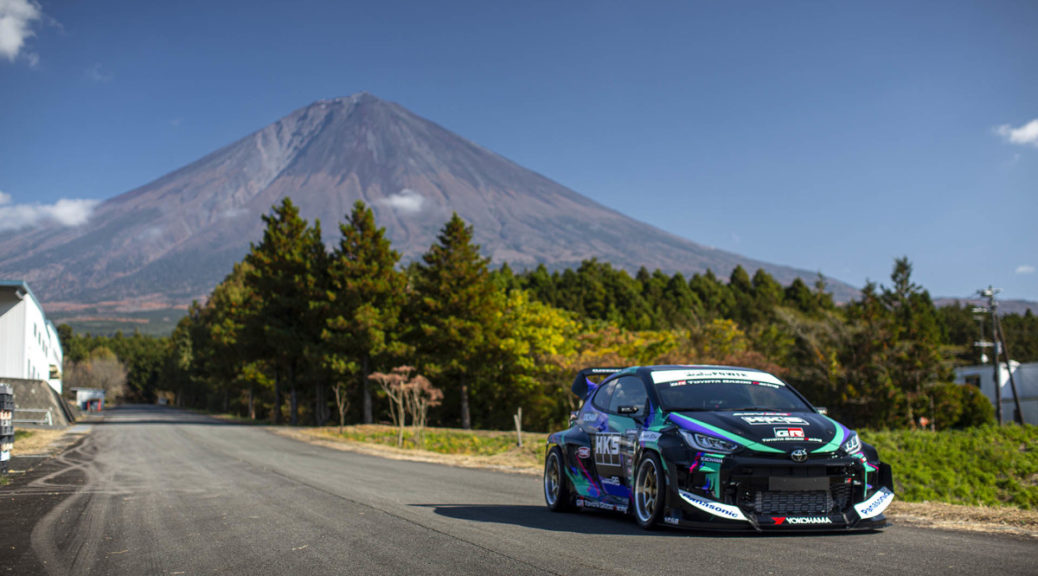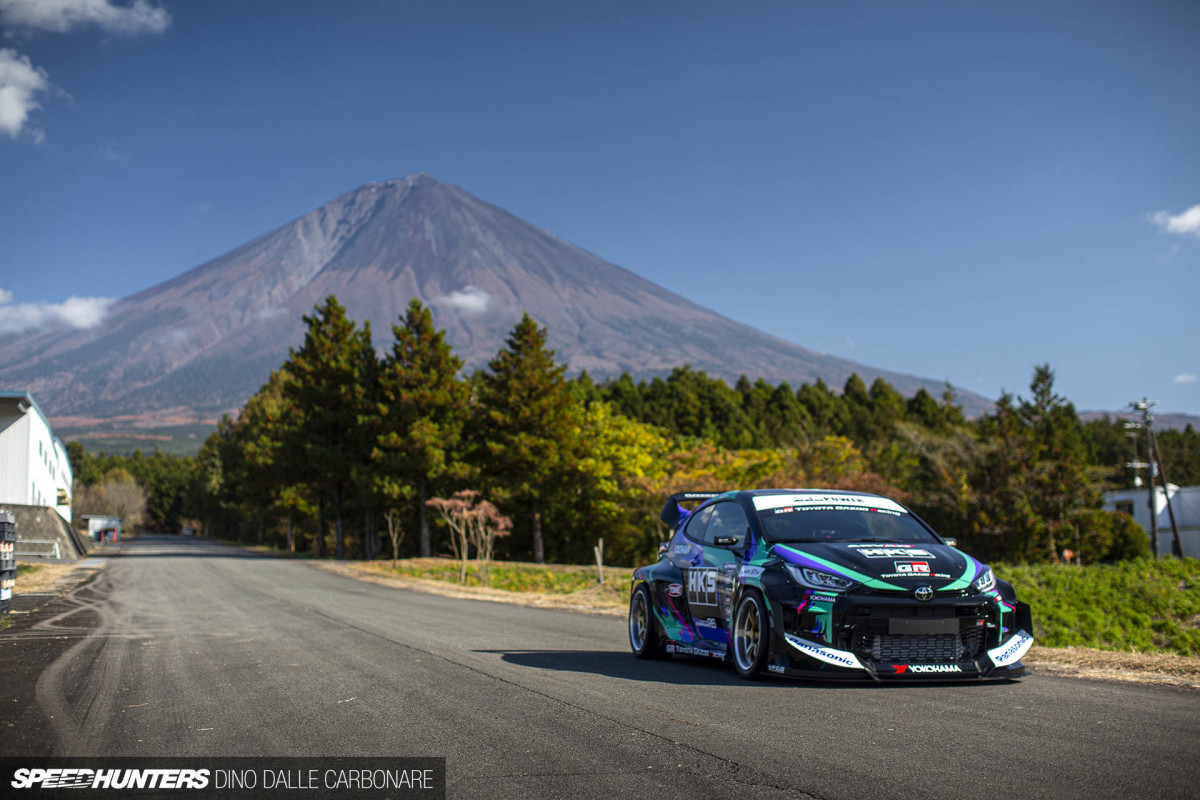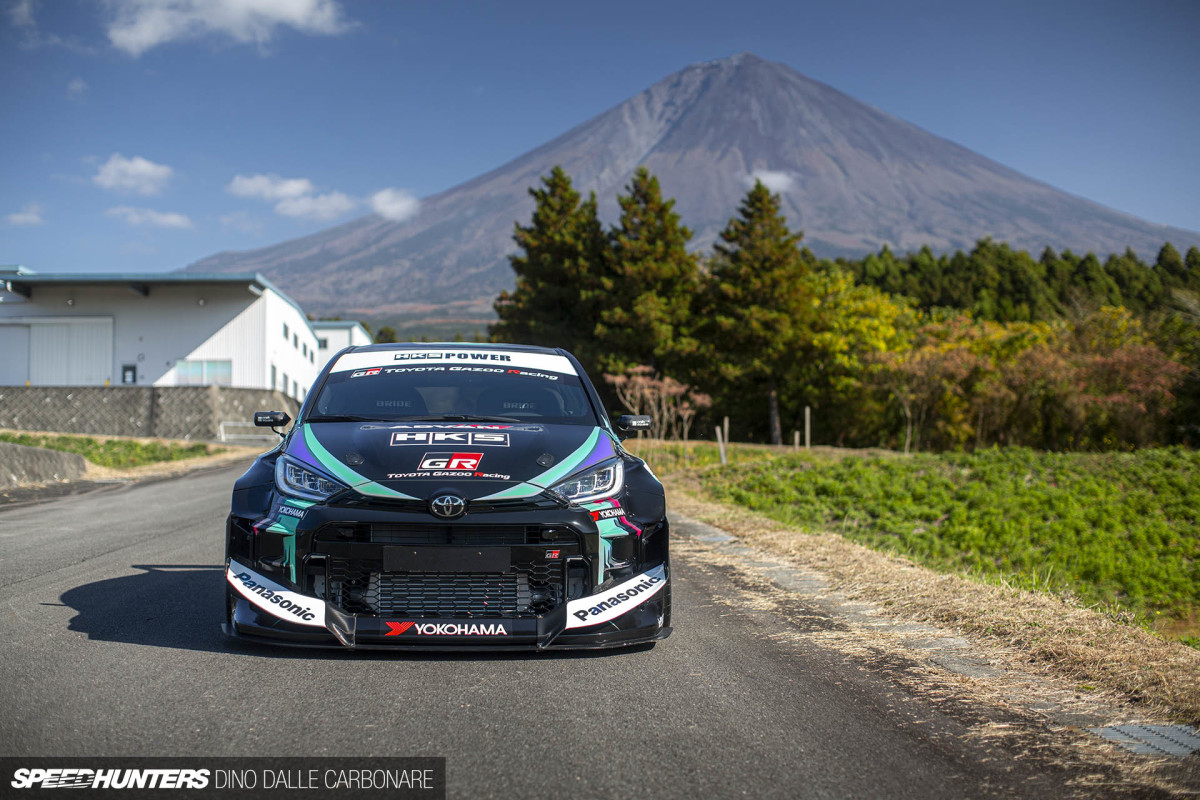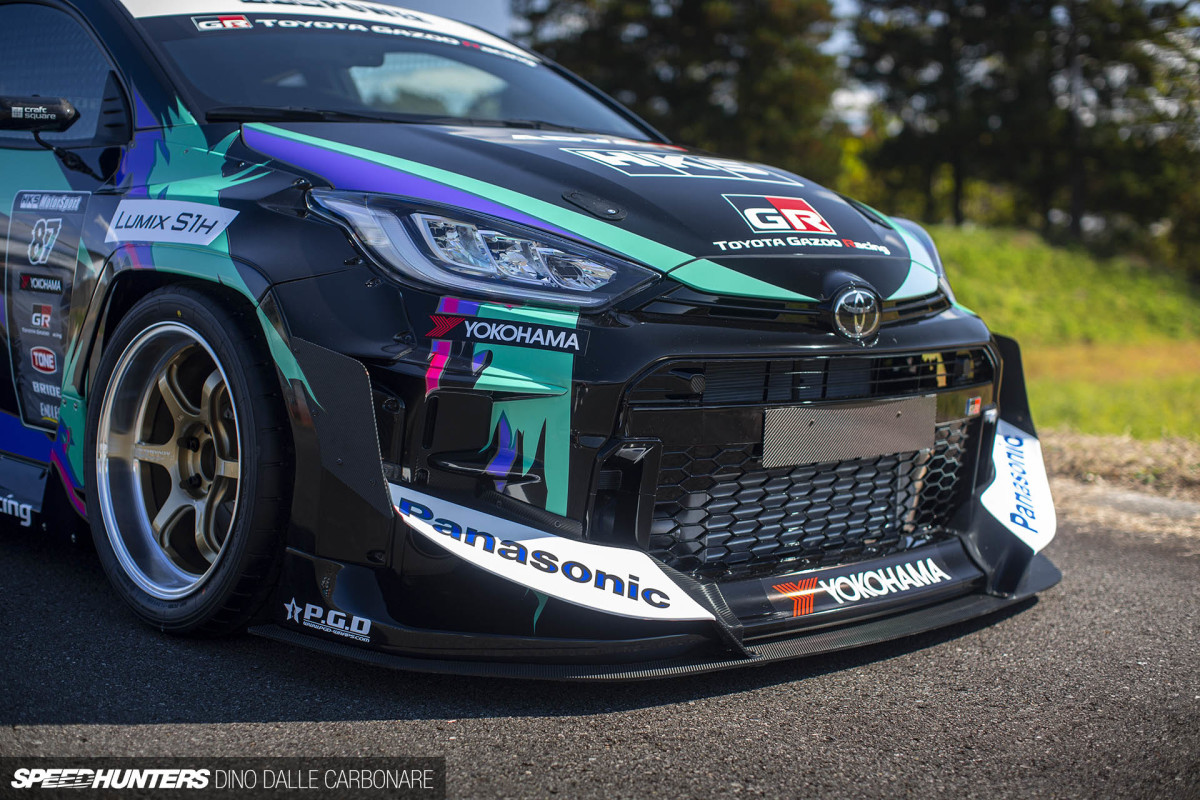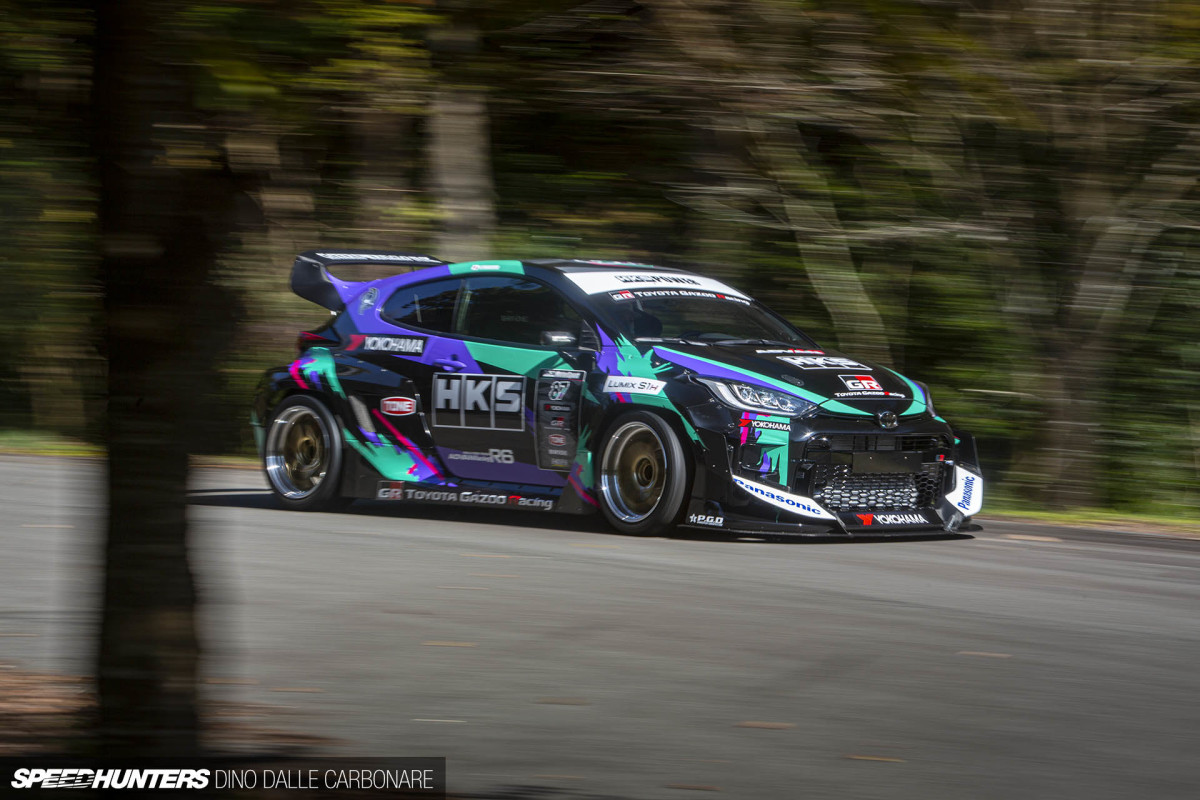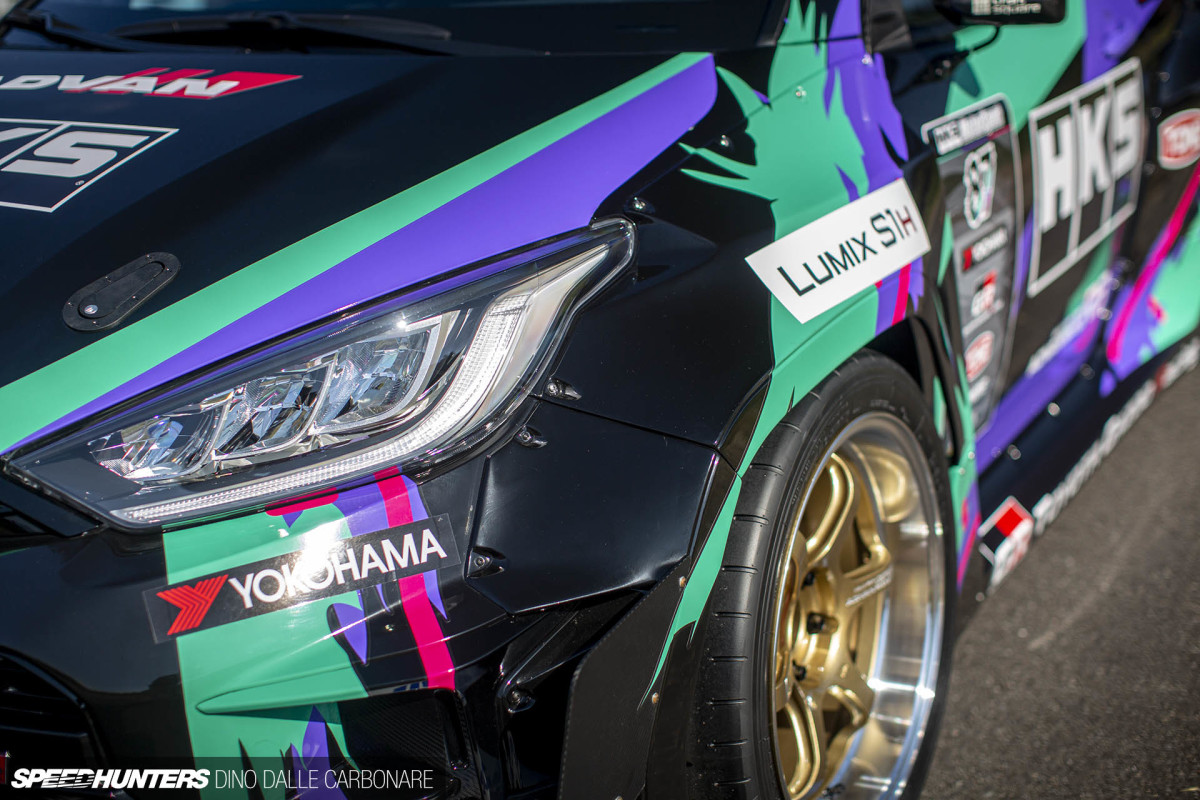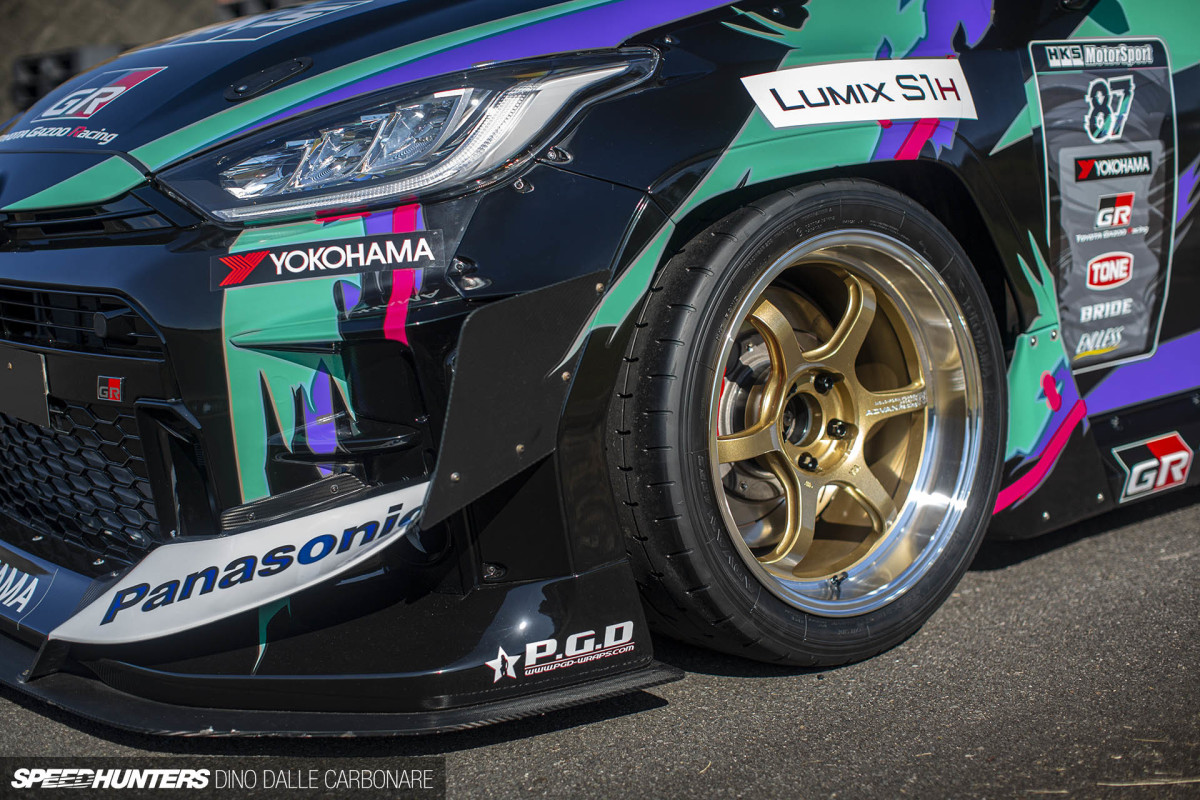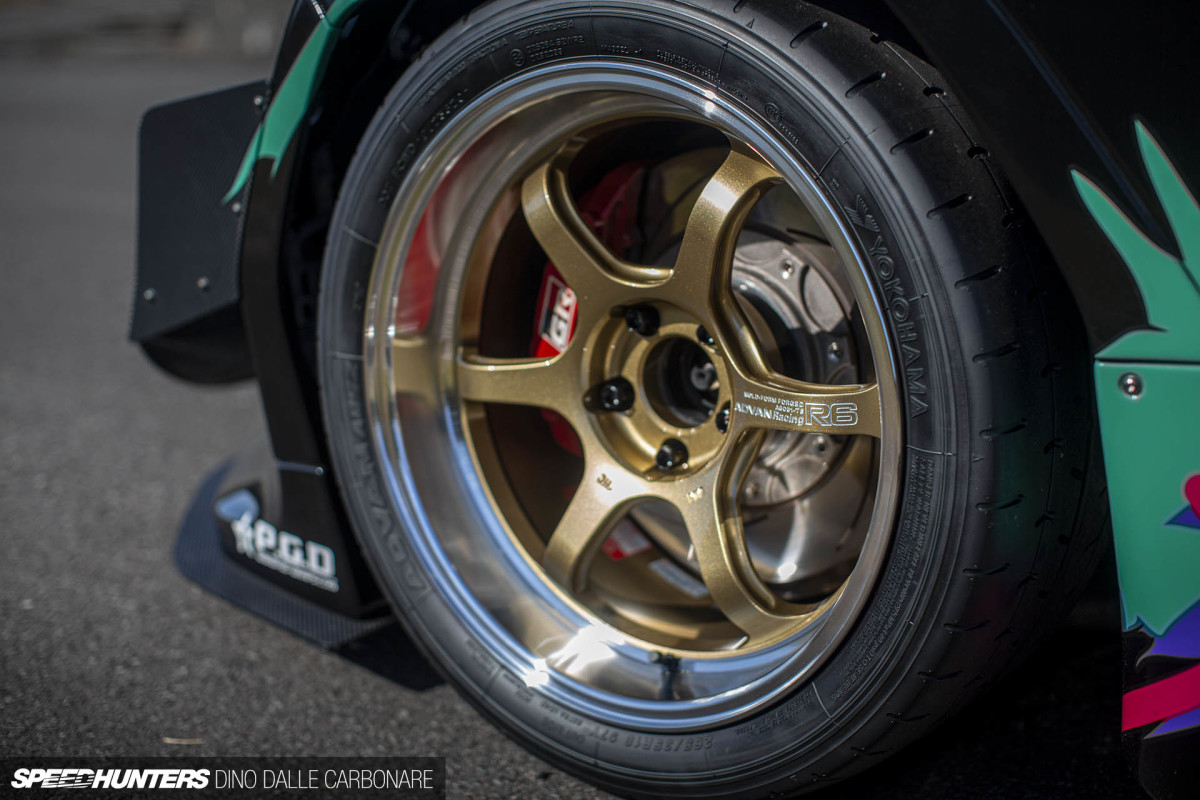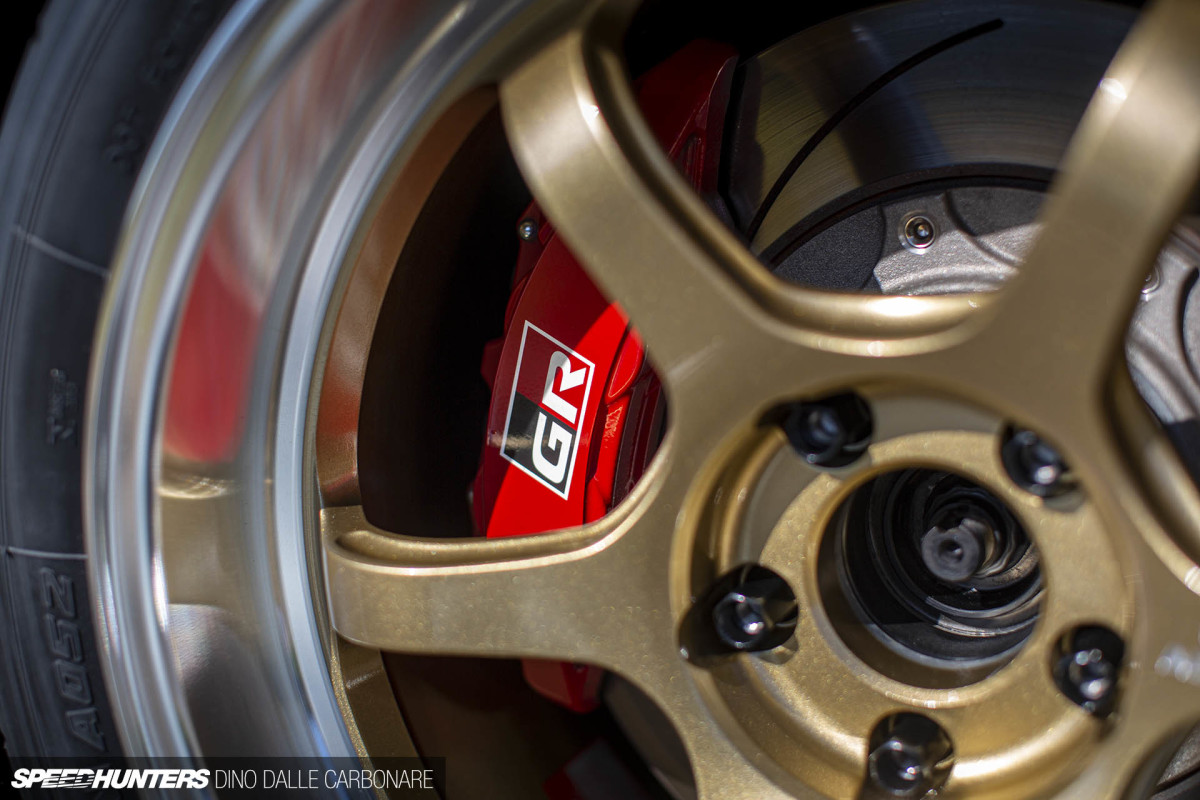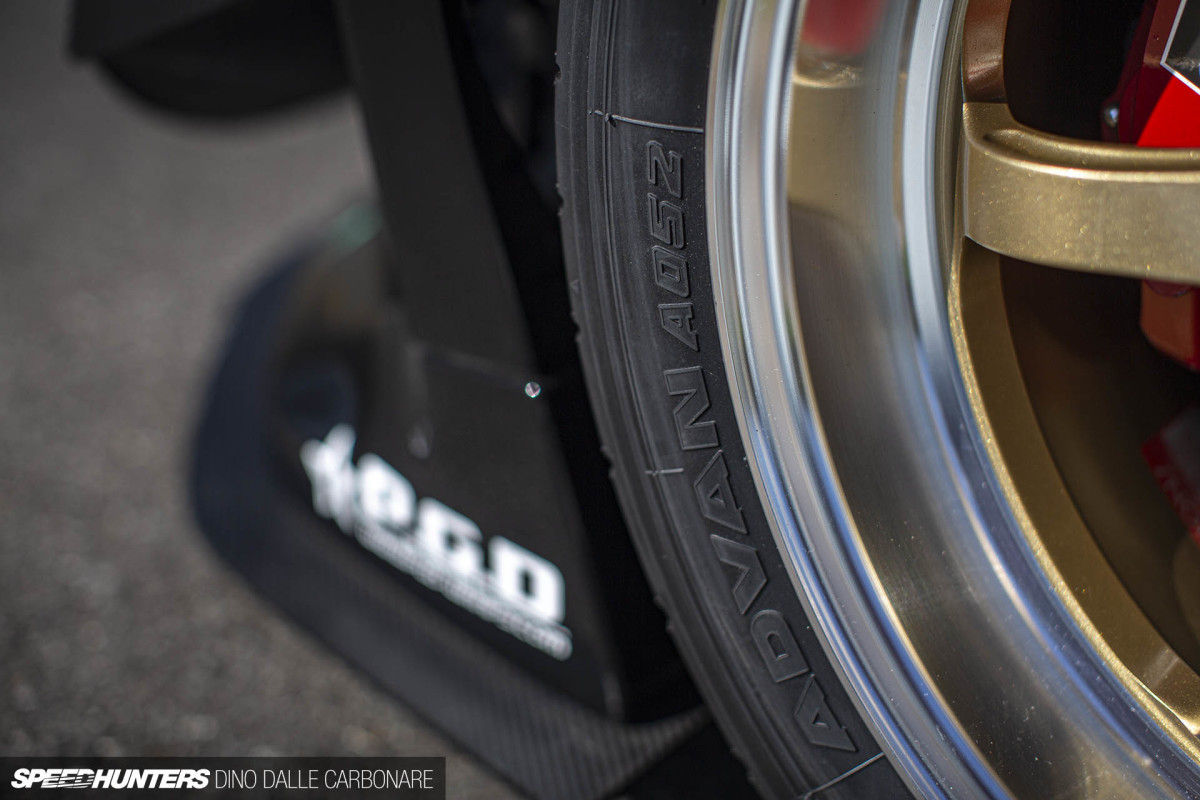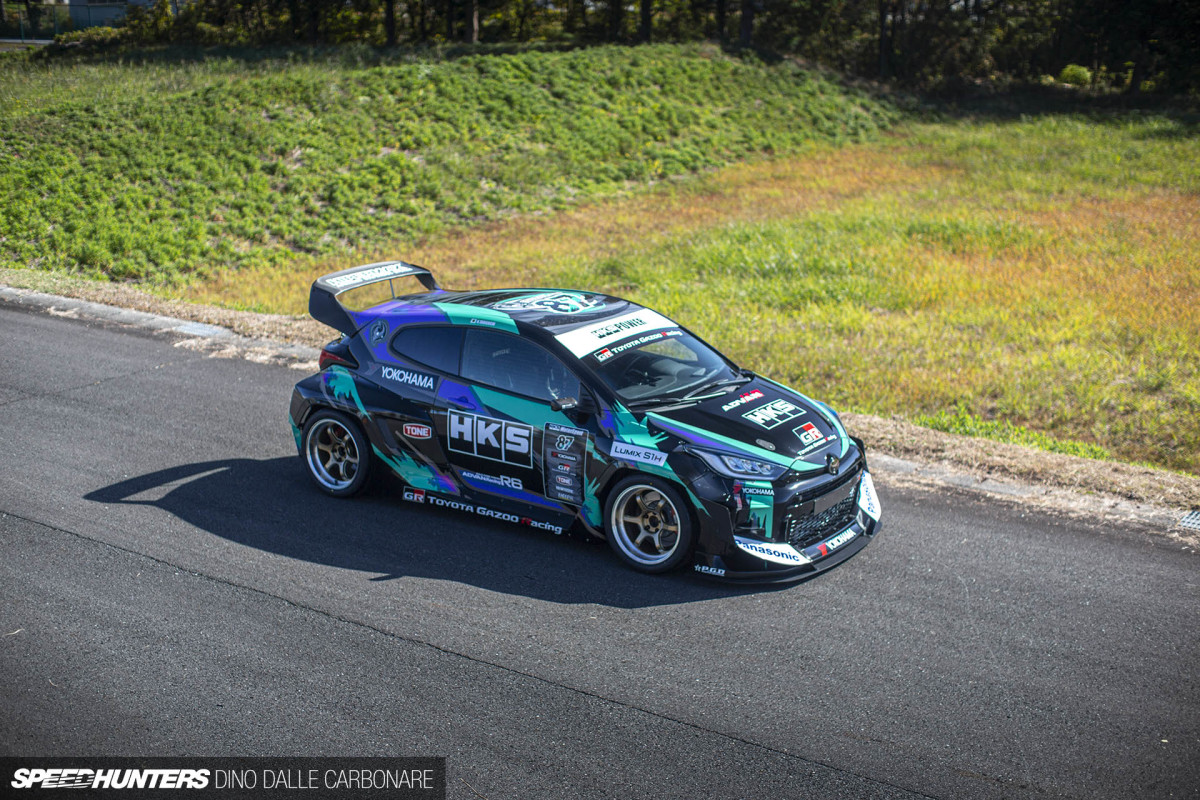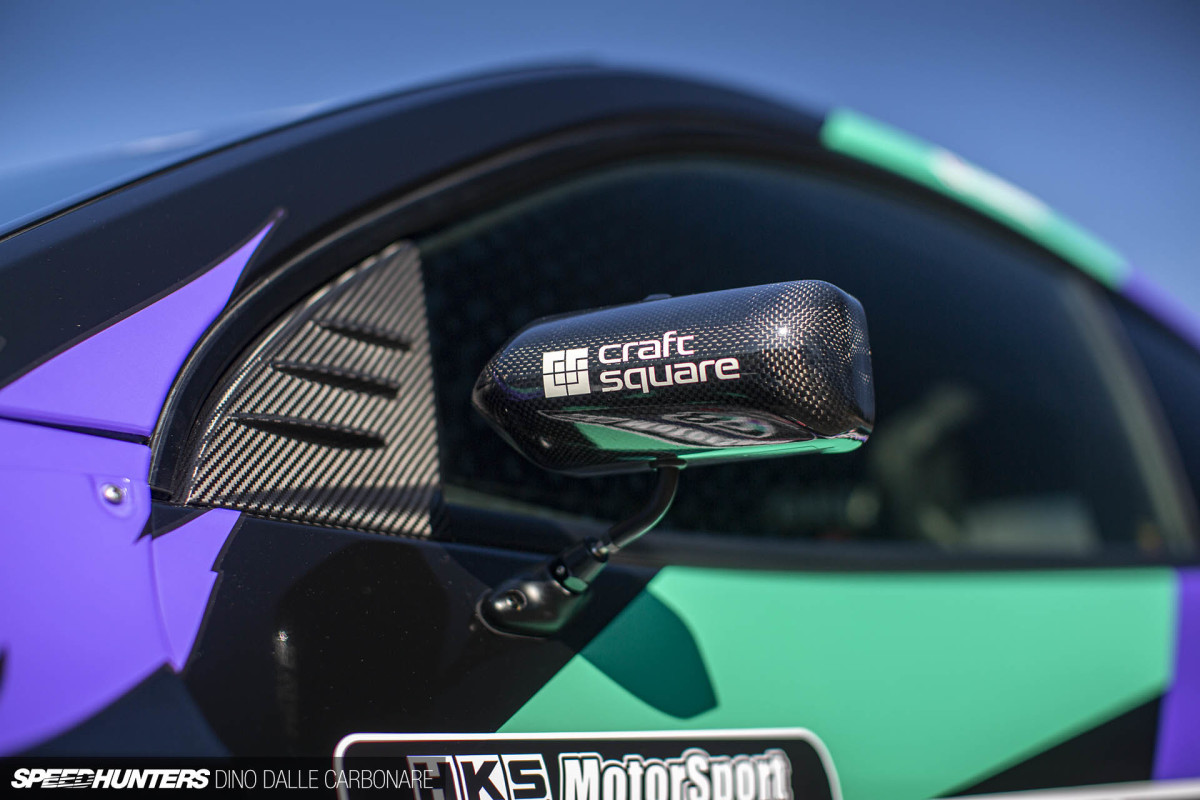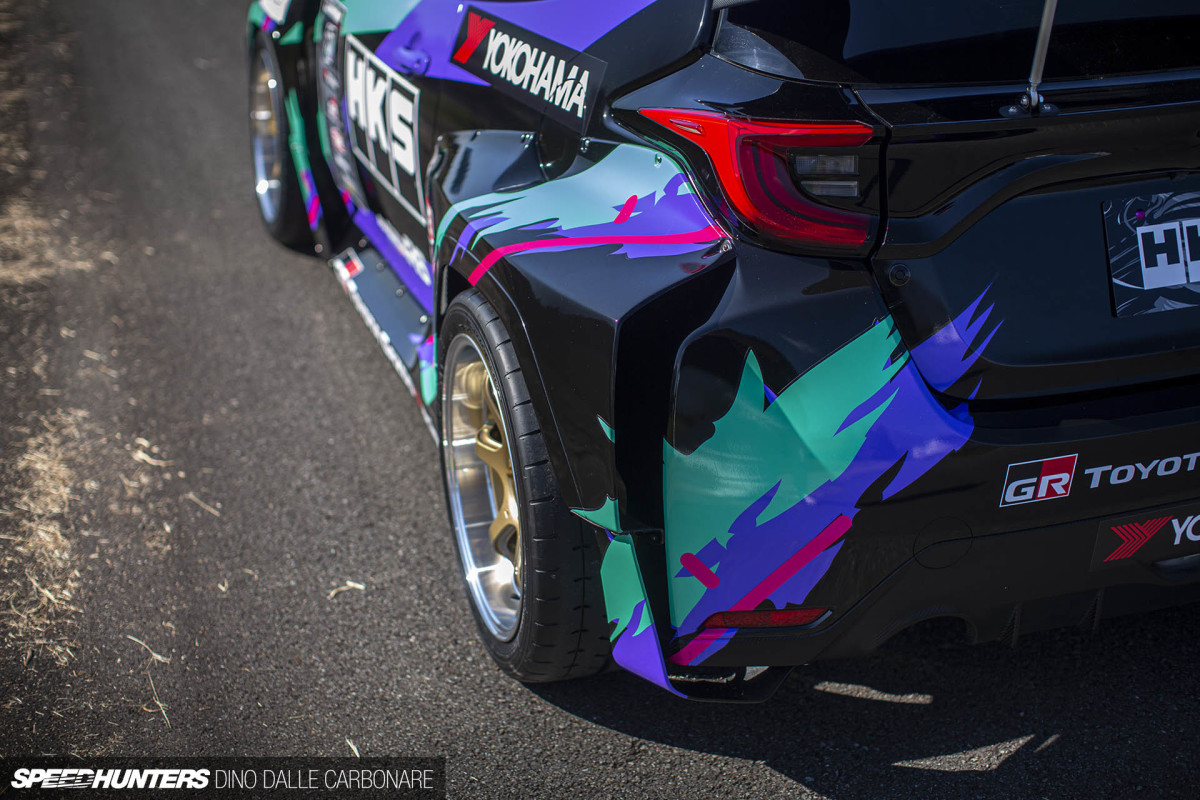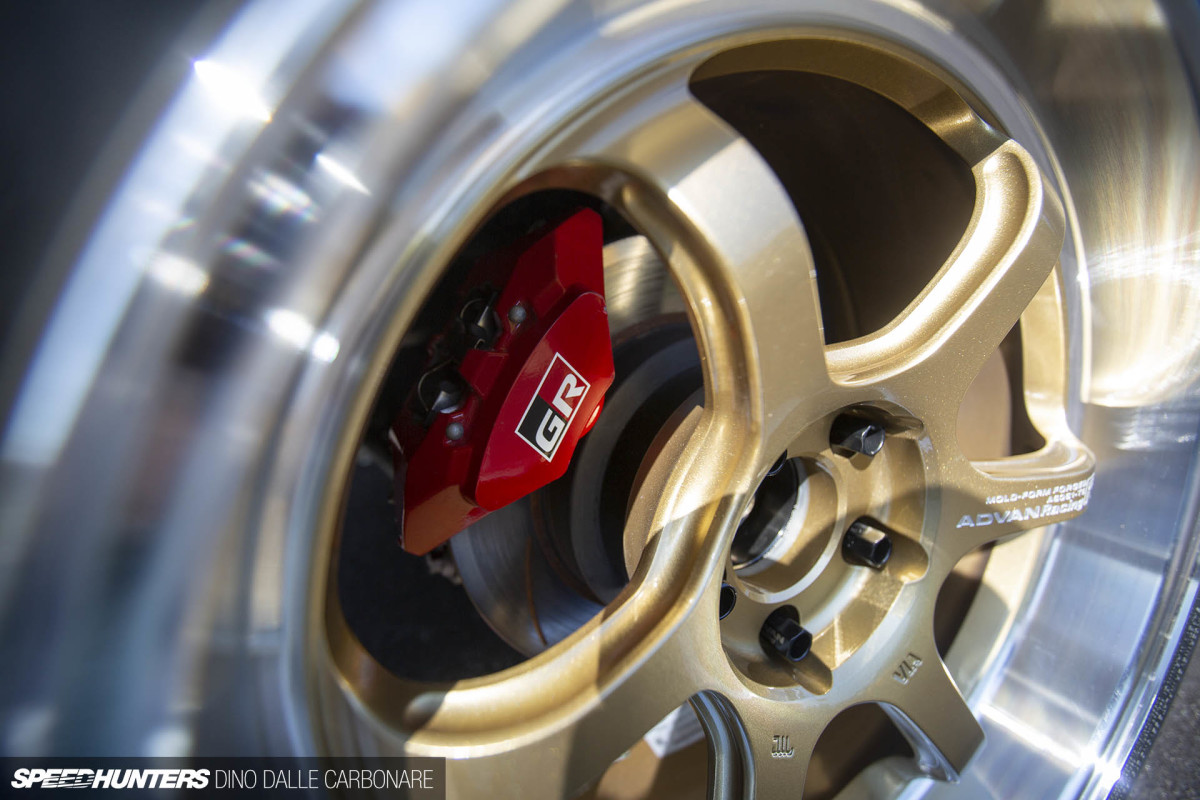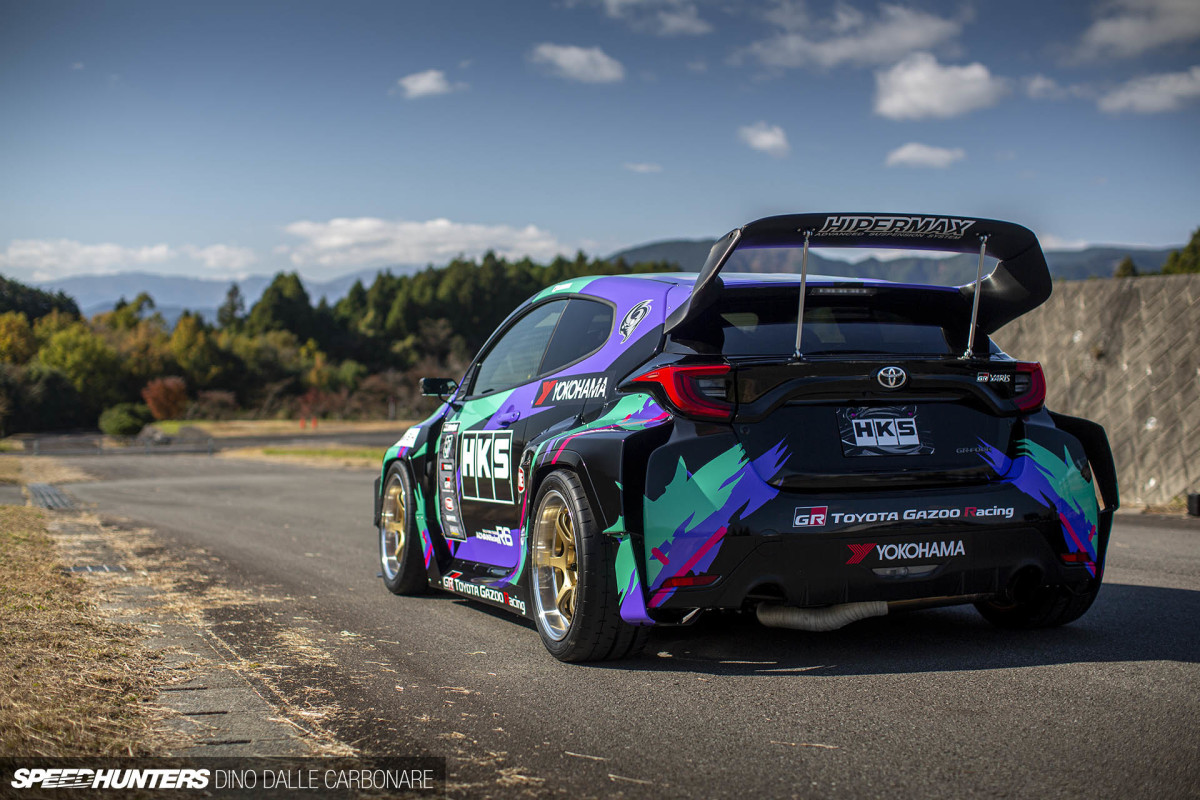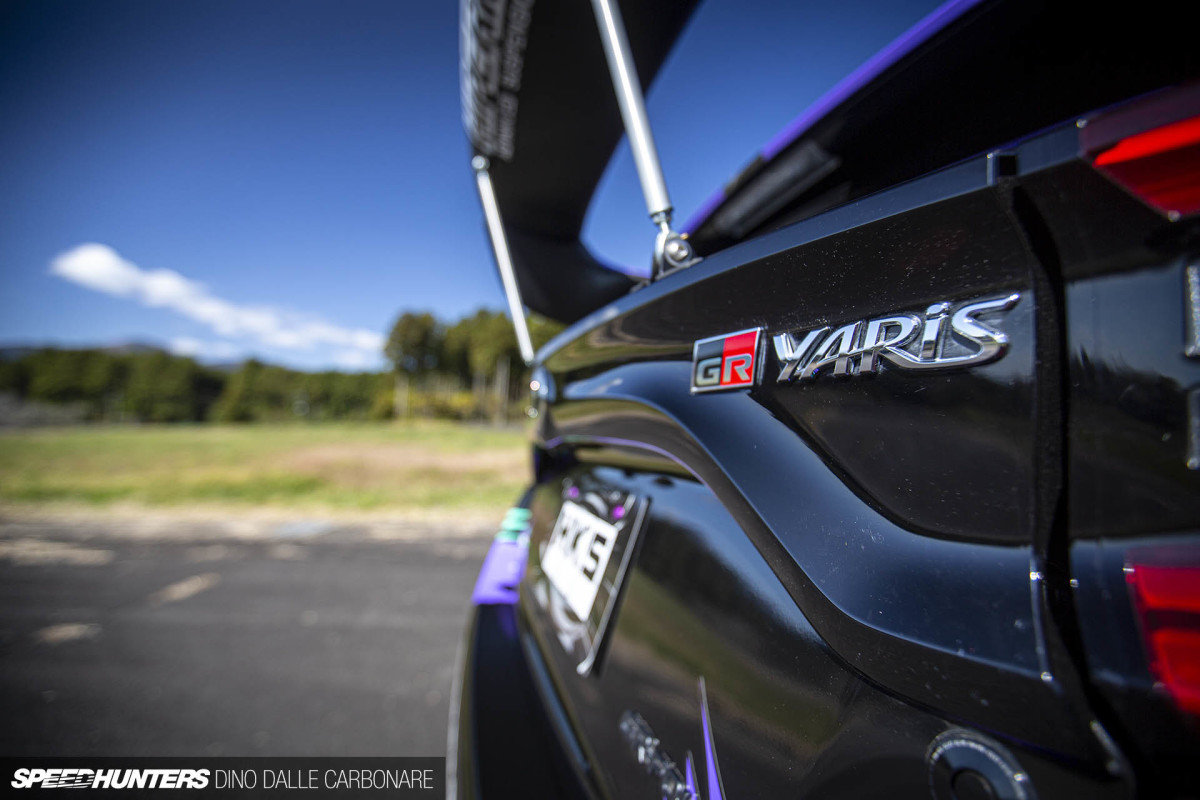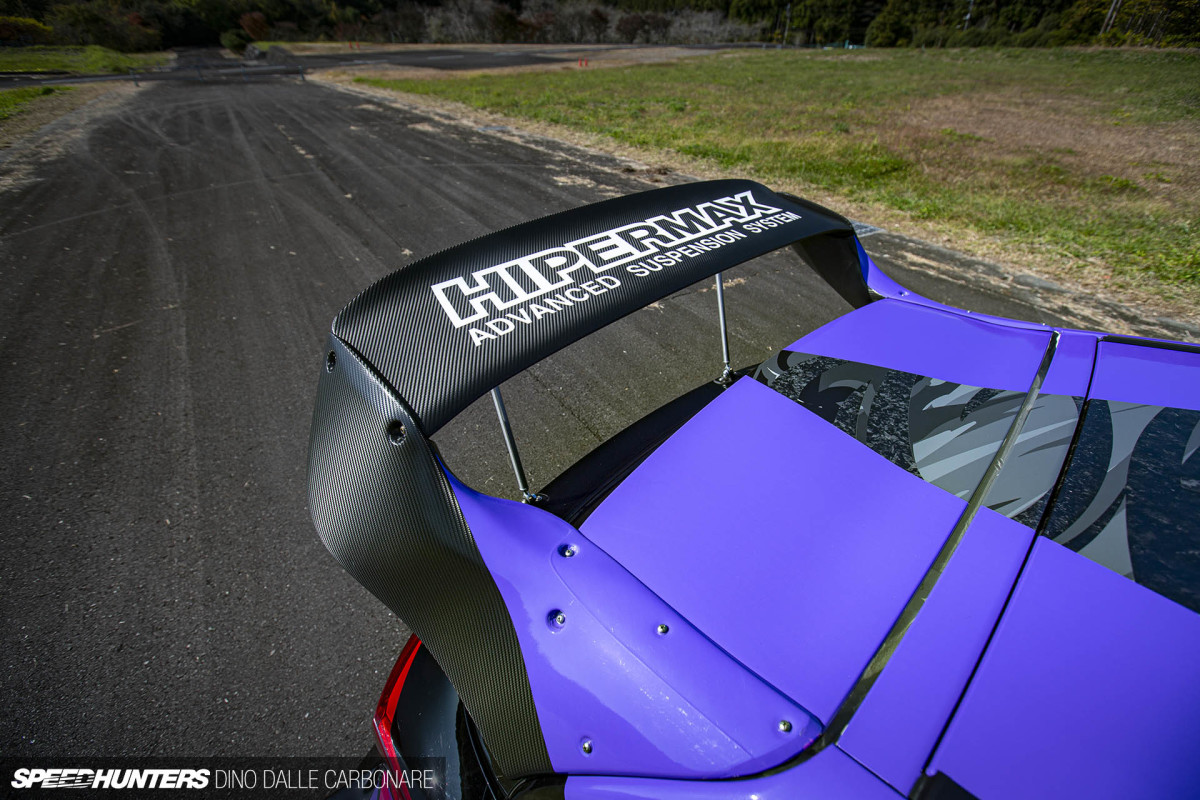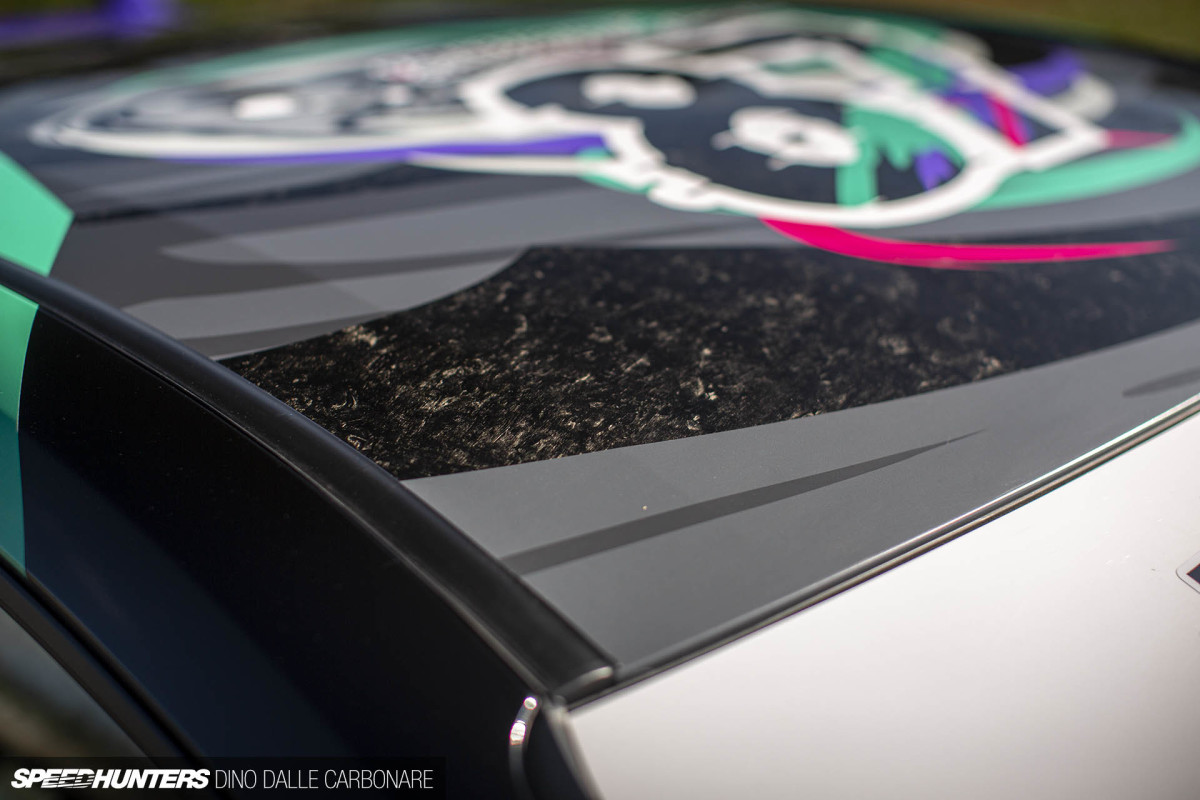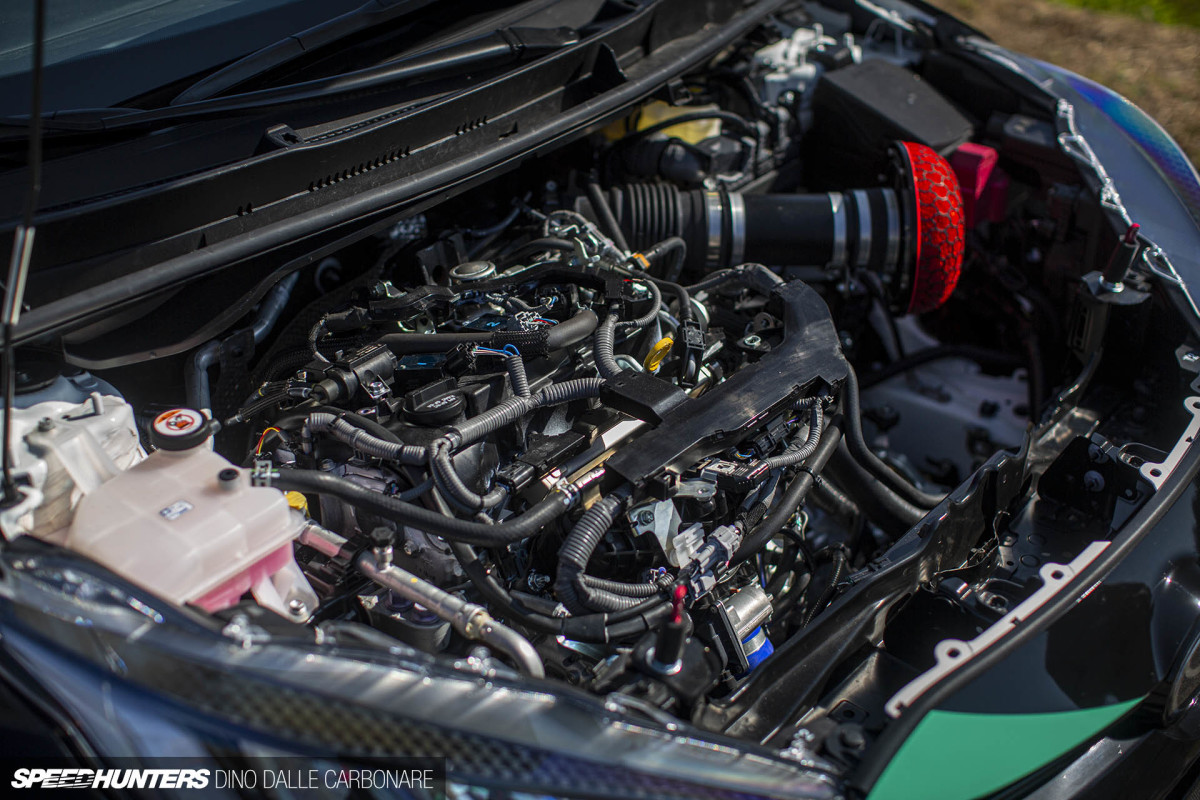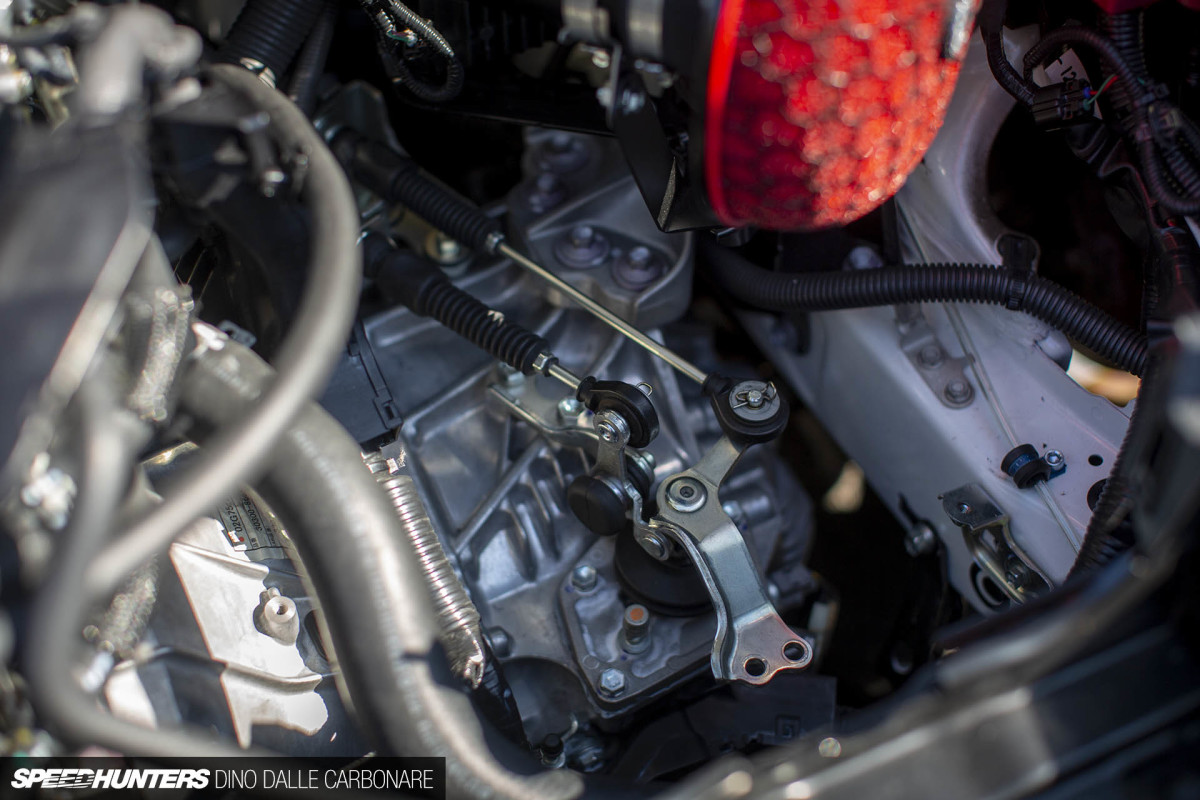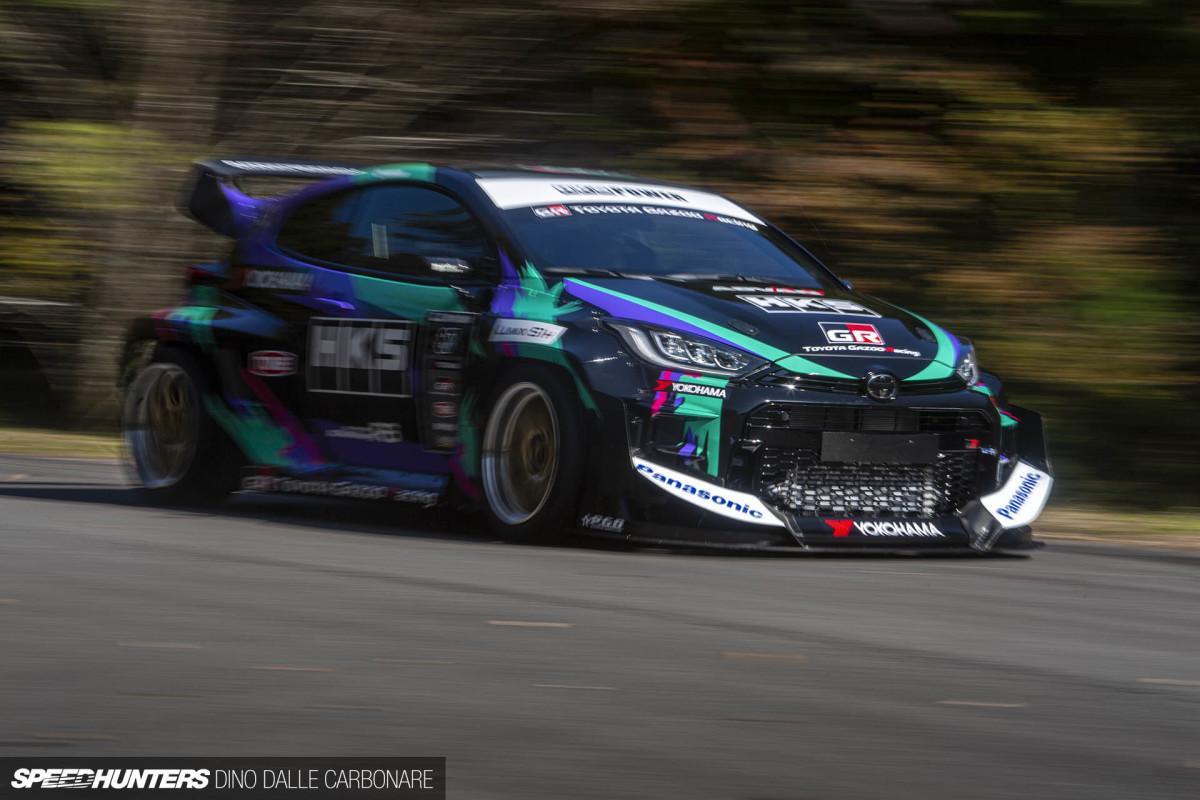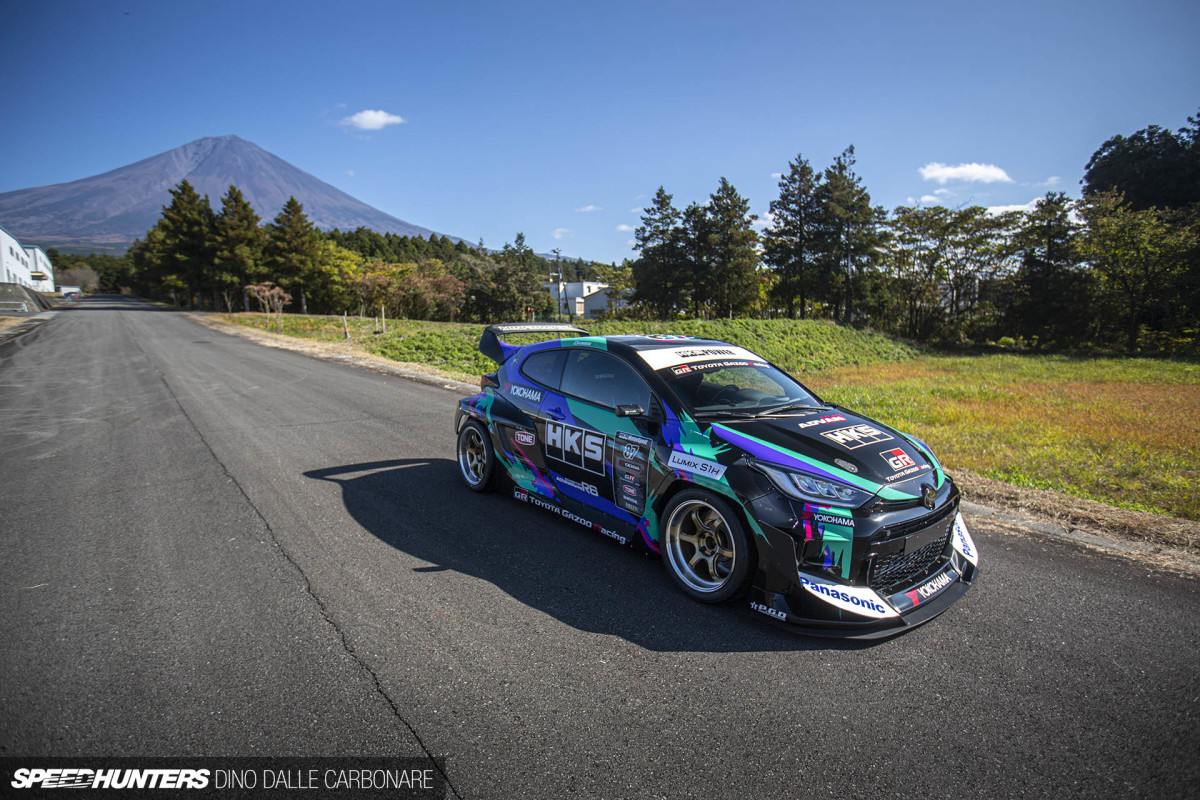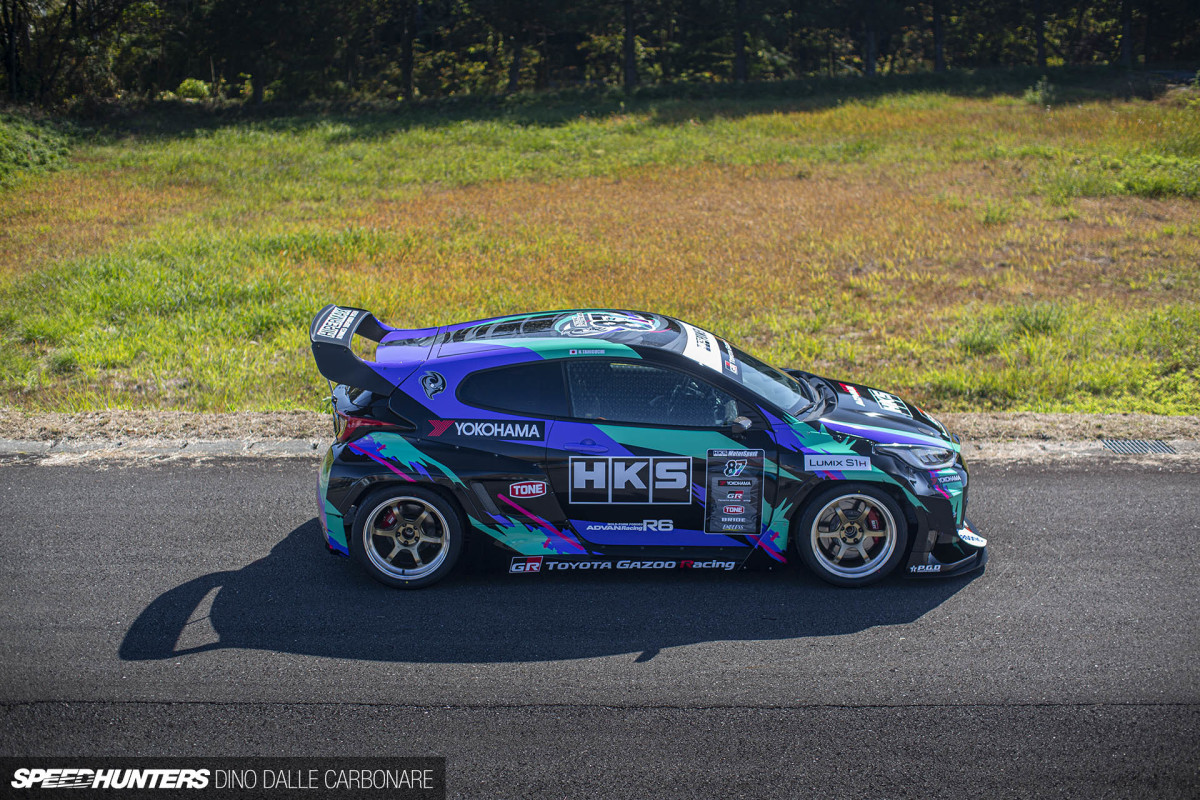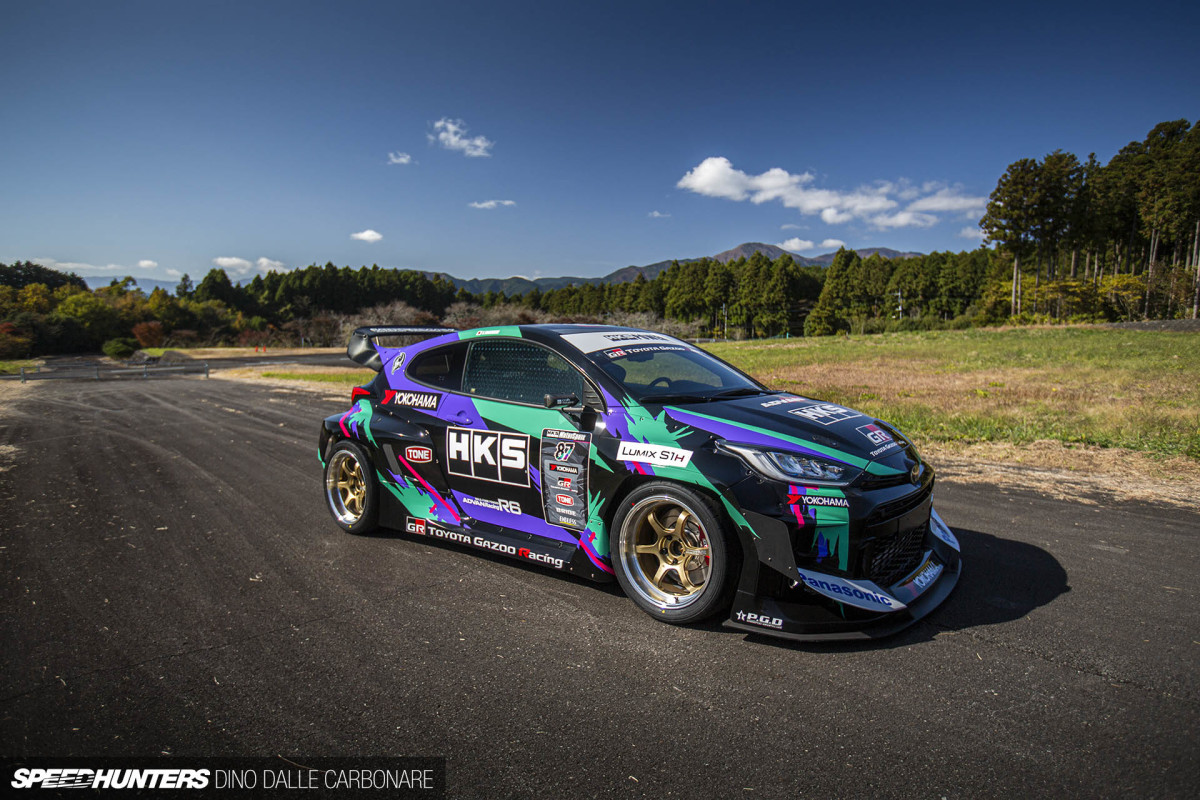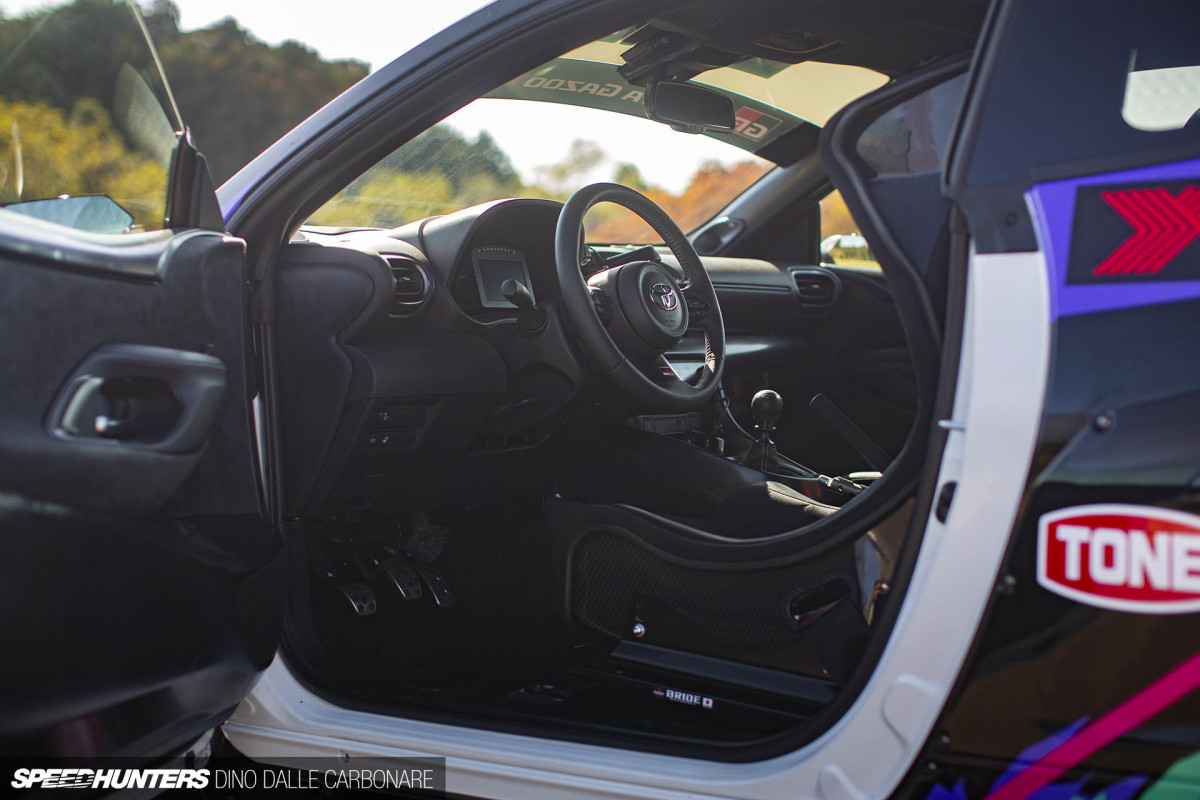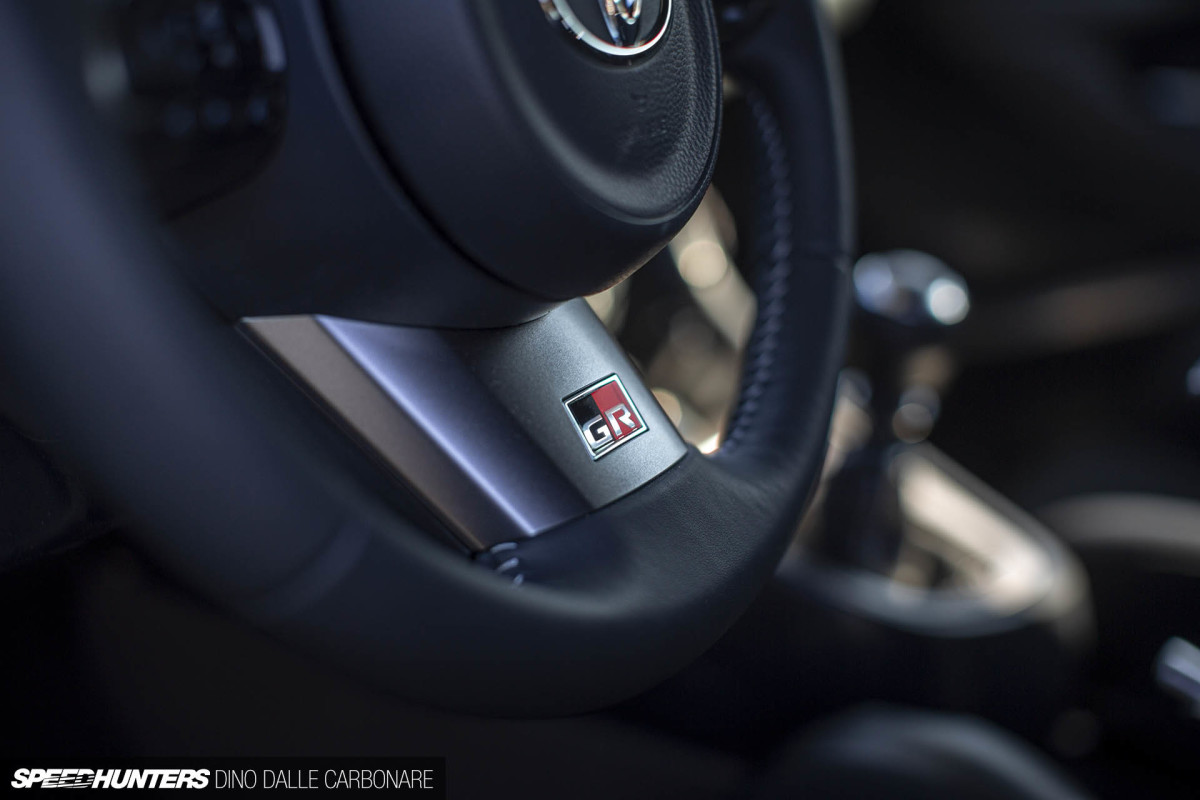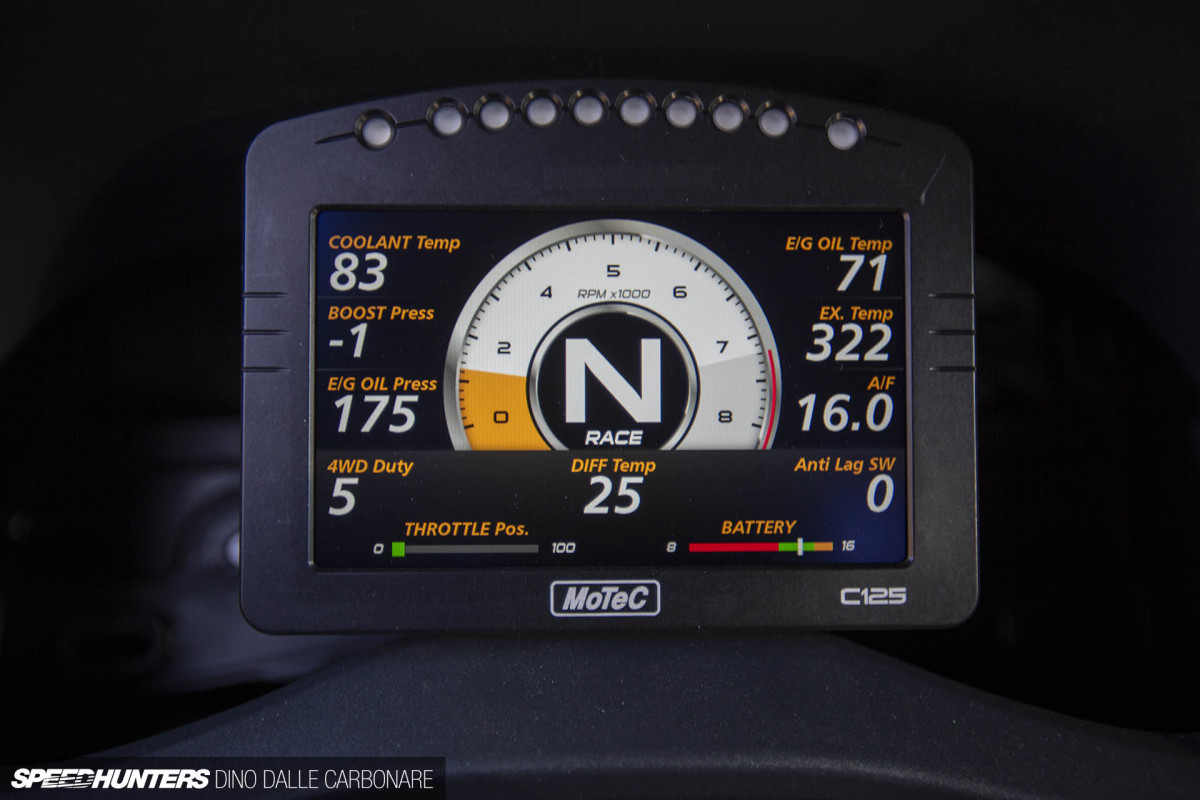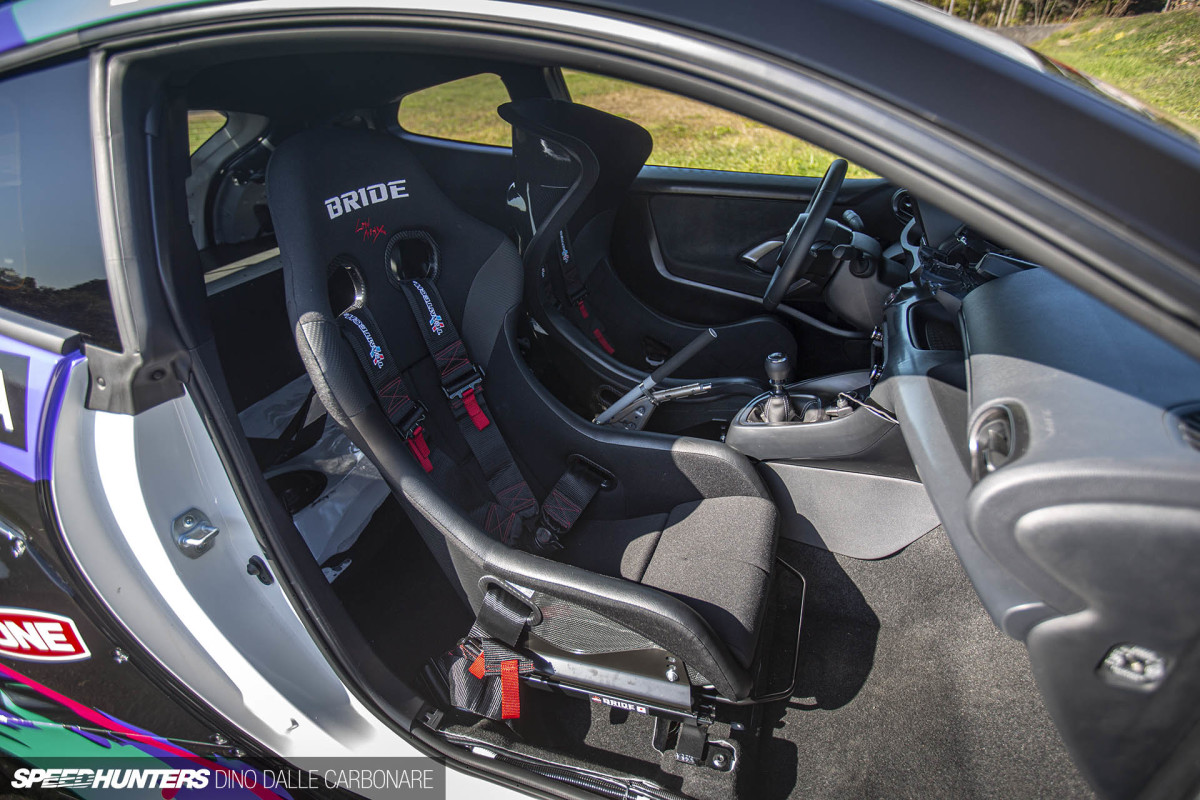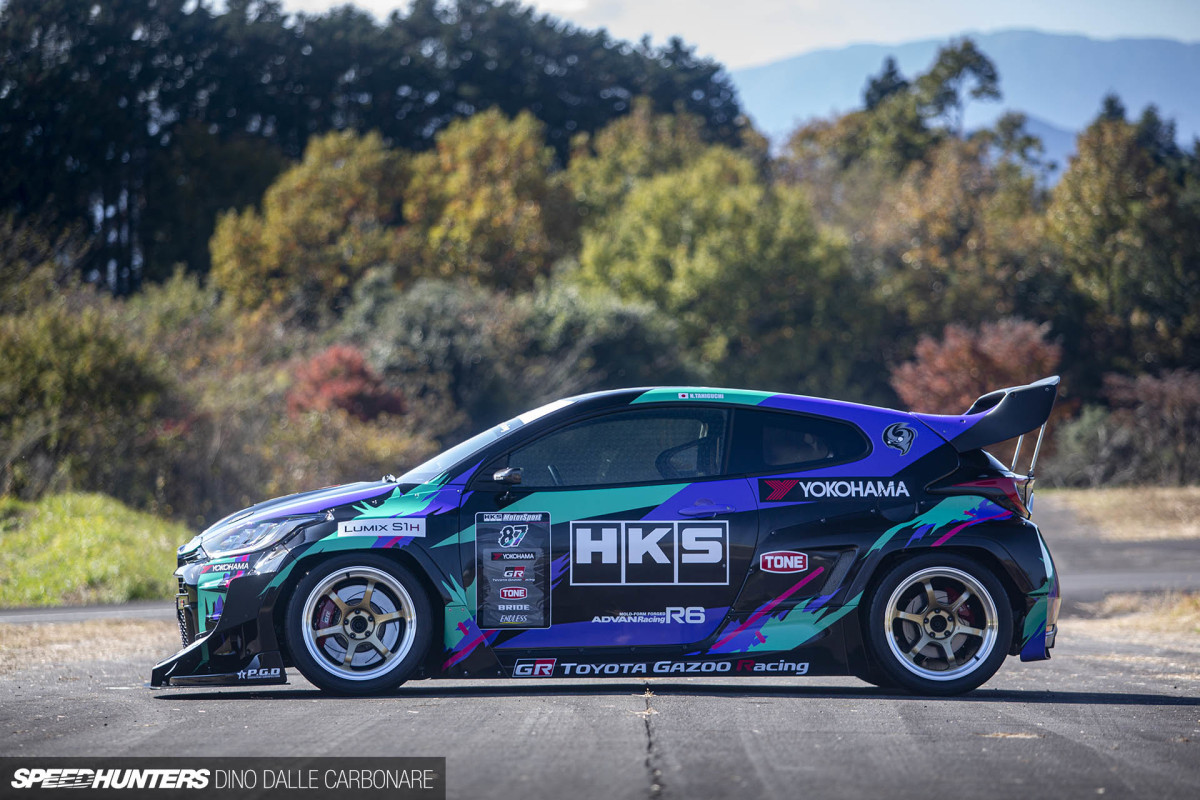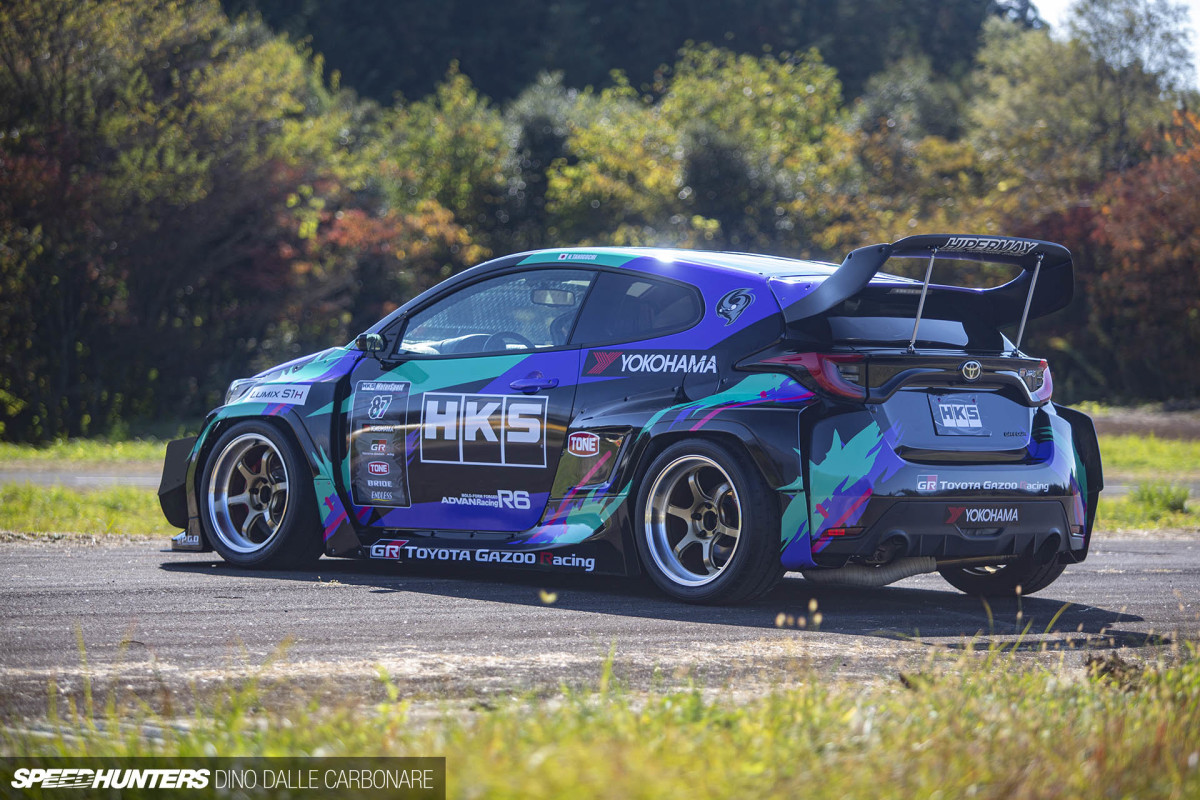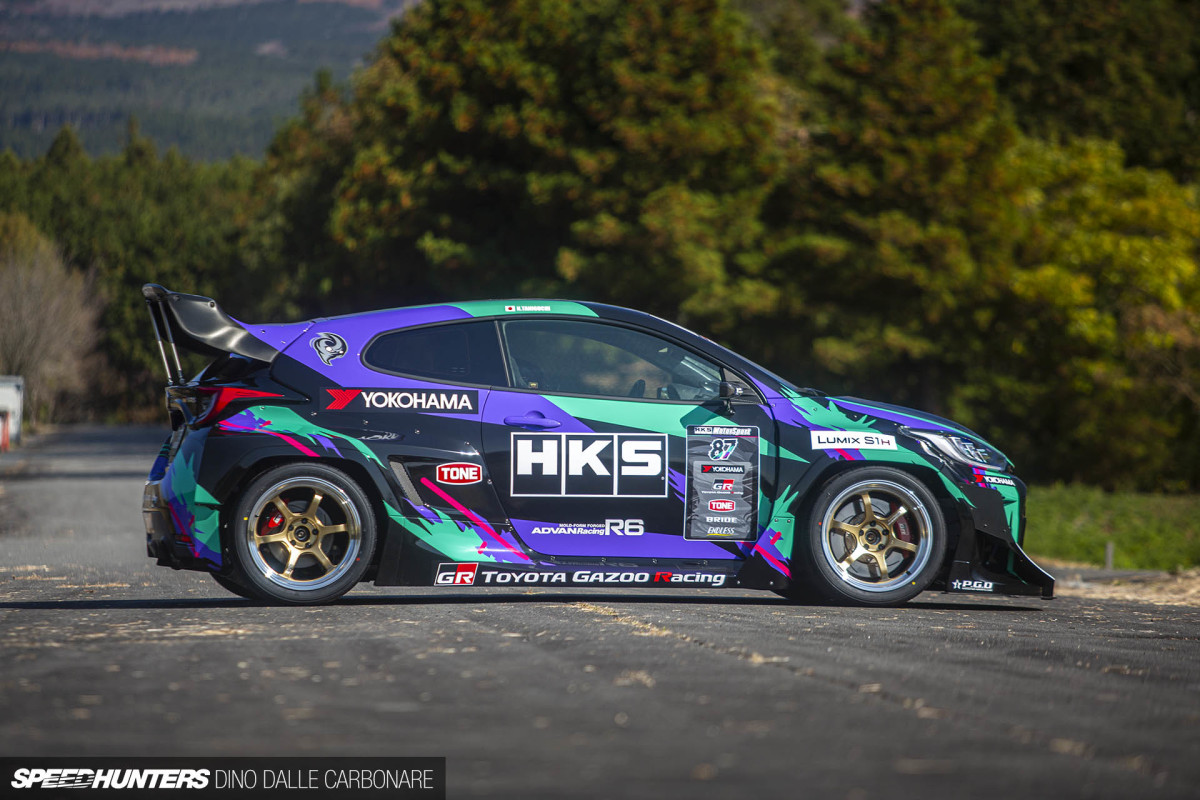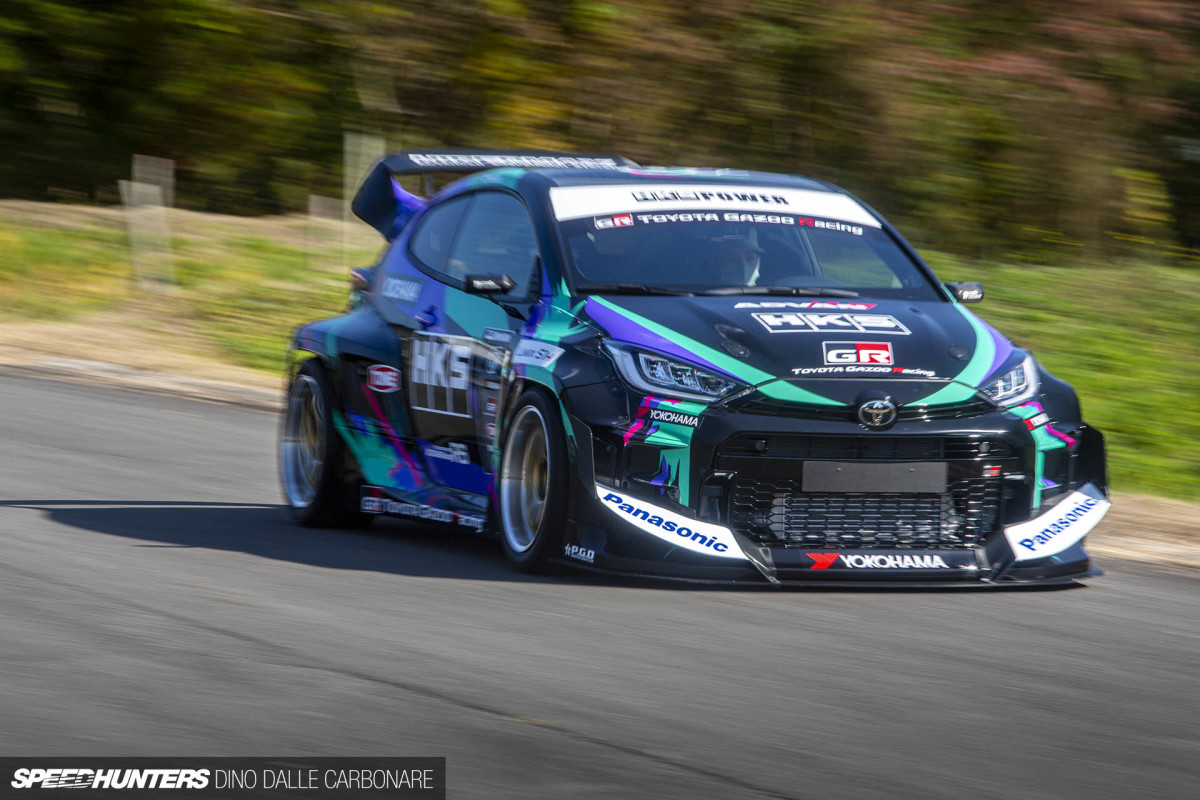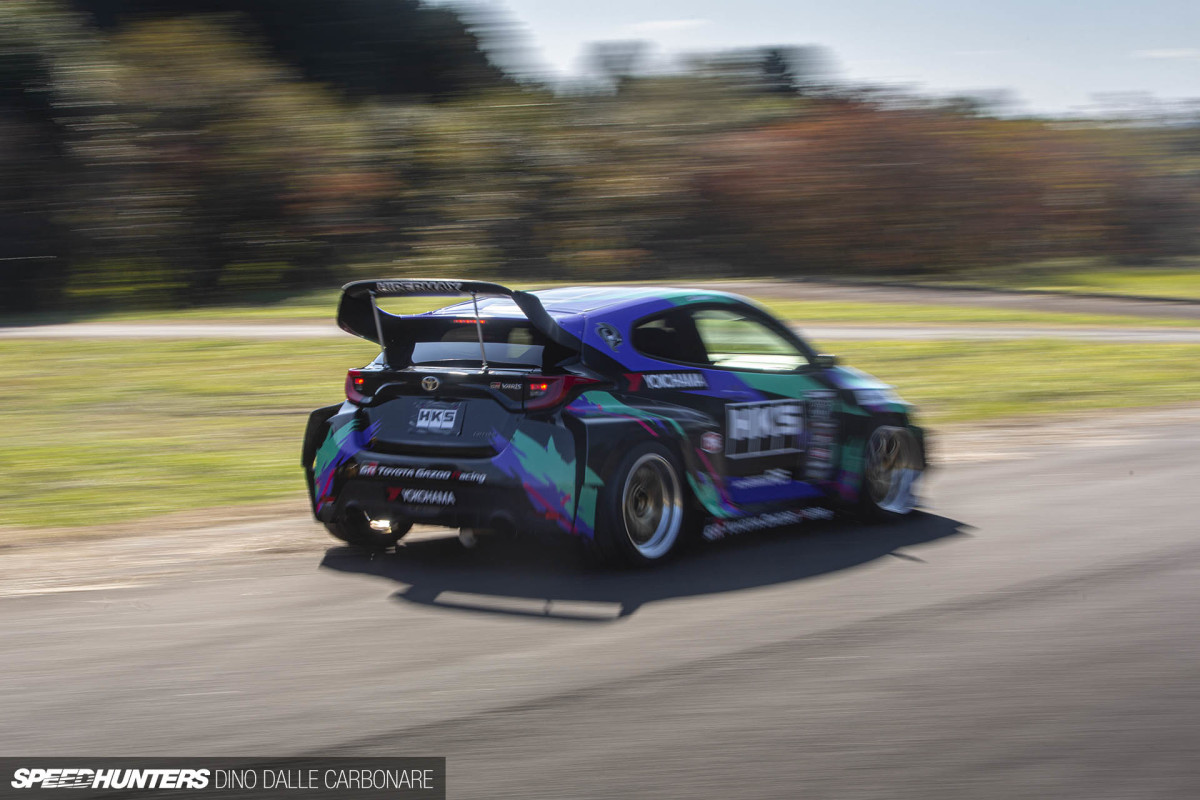<!–
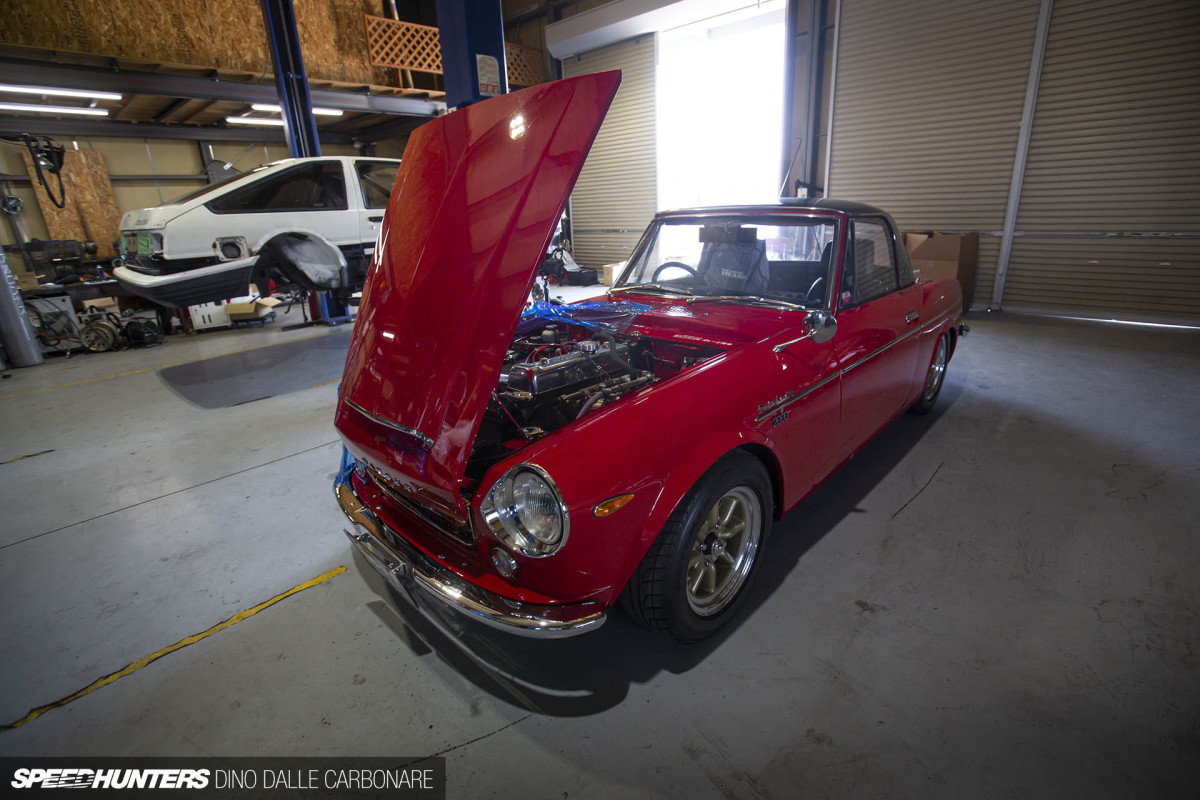
Welcome to Daddy Motor Works where your wildest engine swap dreams can become reality.
As you probably recall, we met up with Oto-san a while back when he showed us his soon-to-be-GR-Yaris-powered AE86 Levin drift car. As I touched in that story, engine swaps aren’t something Oto-san simply dabbles in – they’re what he does day in and day out, and it’s pretty much been that way right back to the time he was a mechanic at C&Y Sports.
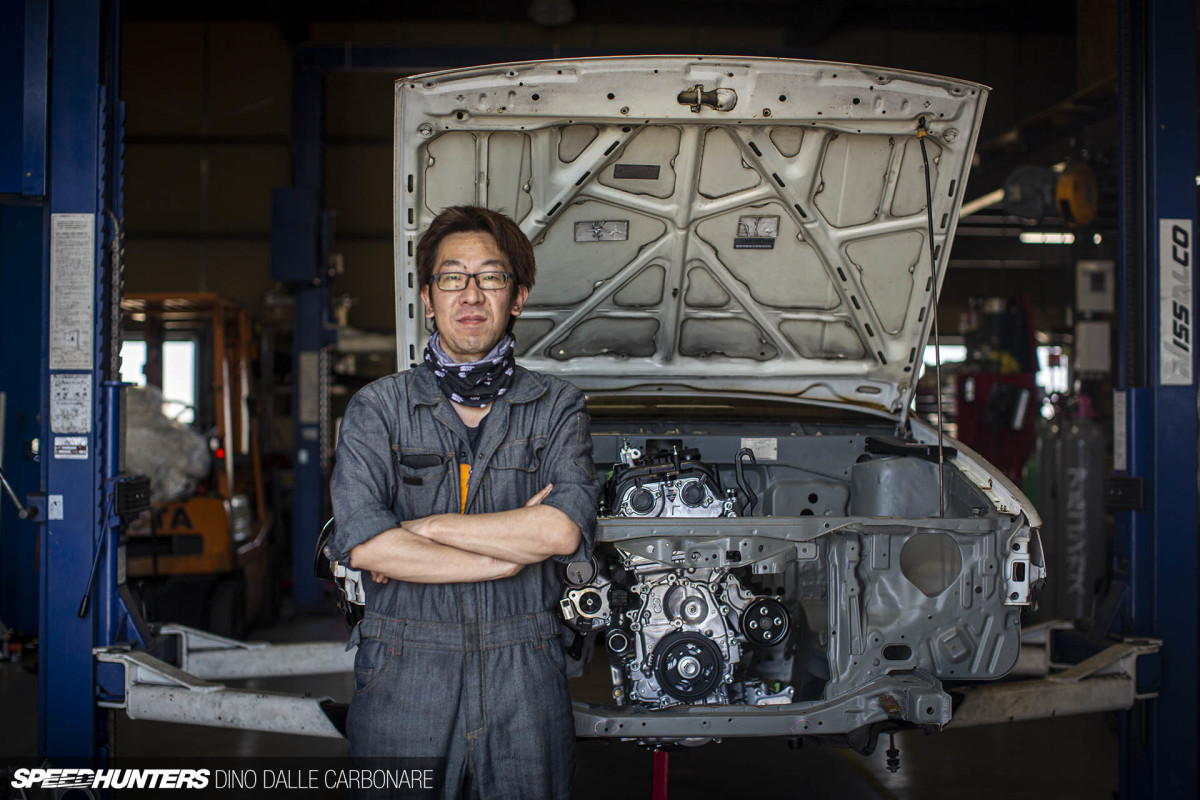
Oto-san is the sort of fabricator that Japan needs more of. Most modifying here revolves around bolt-on parts and kits ordered out of a catalogue, all fitted via an instruction booklet.
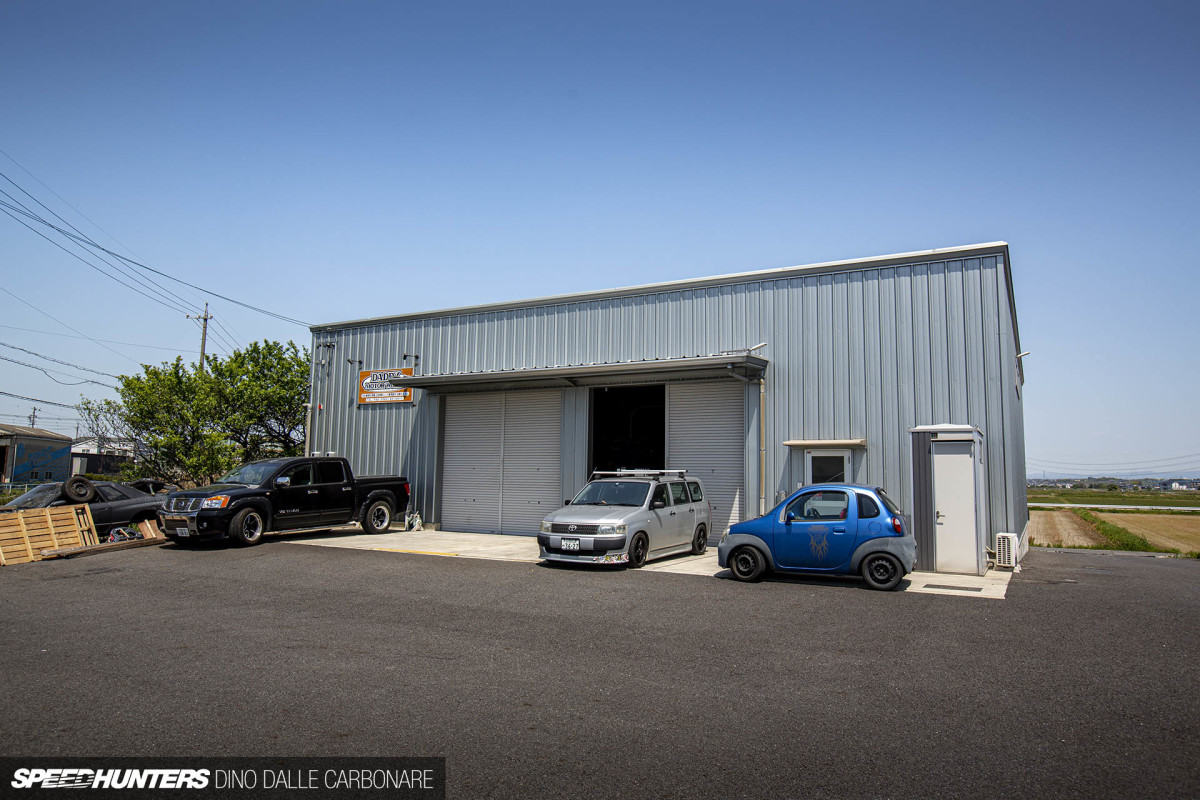
A lot of it comes down to people only wanting aftermarket upgrades that been proven and tested countless times before, perhaps so that if it all goes wrong there’s a warranty or they can just complain to the tuner that did the fitting. That’s understandable I guess, especially when you’re talking about late-model or brand new cars, but it really does stifle creativity.
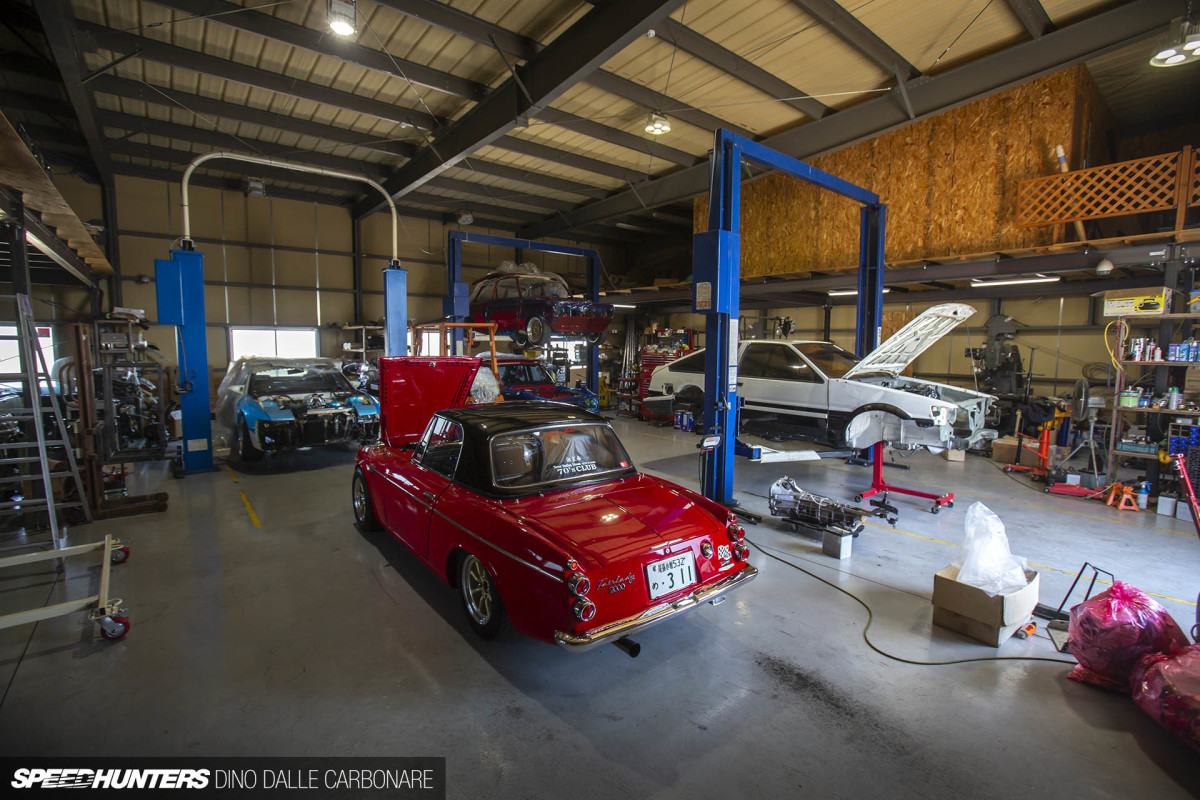
Oto-san’s customers are different. They want something unique, and Daddy Motor Works is a company that can take all these ‘what ifs’ and make them come true.
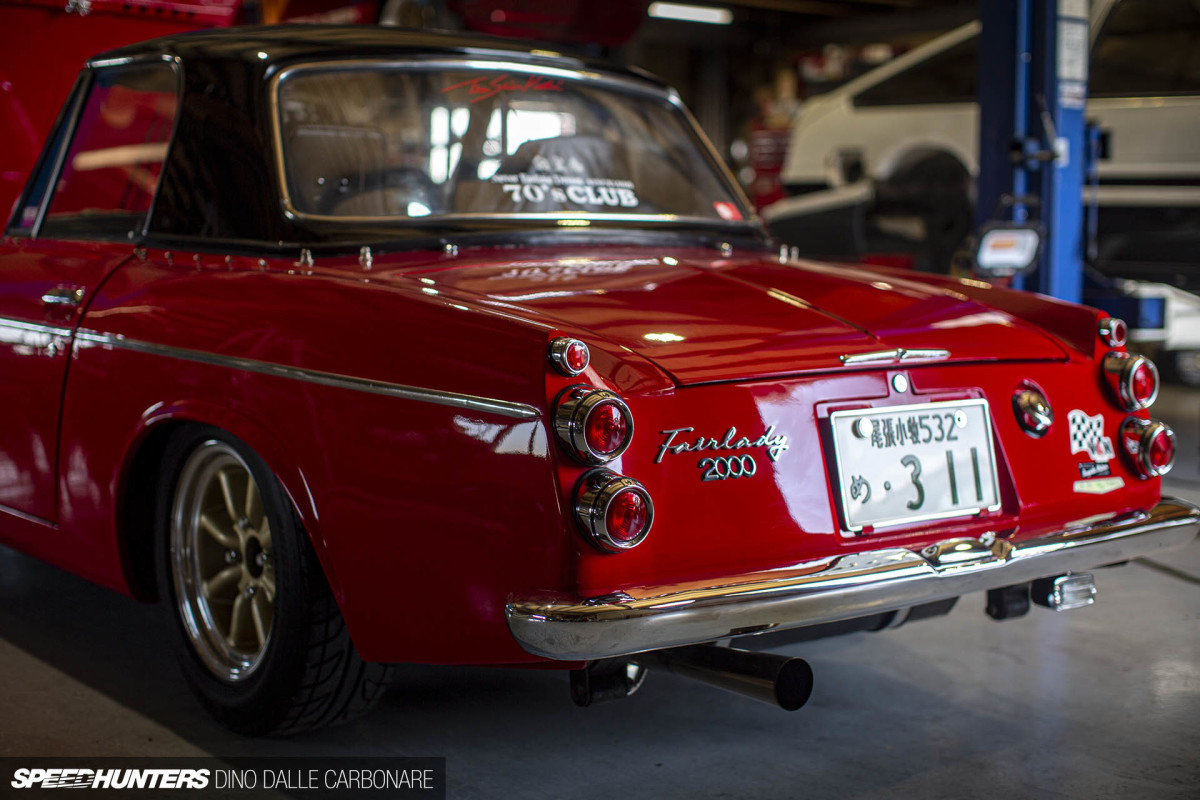
Not that every car that passes through the shop leaves with a motor swap; Oto-san will take care of any request. Take this SR311 Datsun Fairlady 2000 for example….
It runs the stock – albeit now worked – 2.0L four-cylinder.
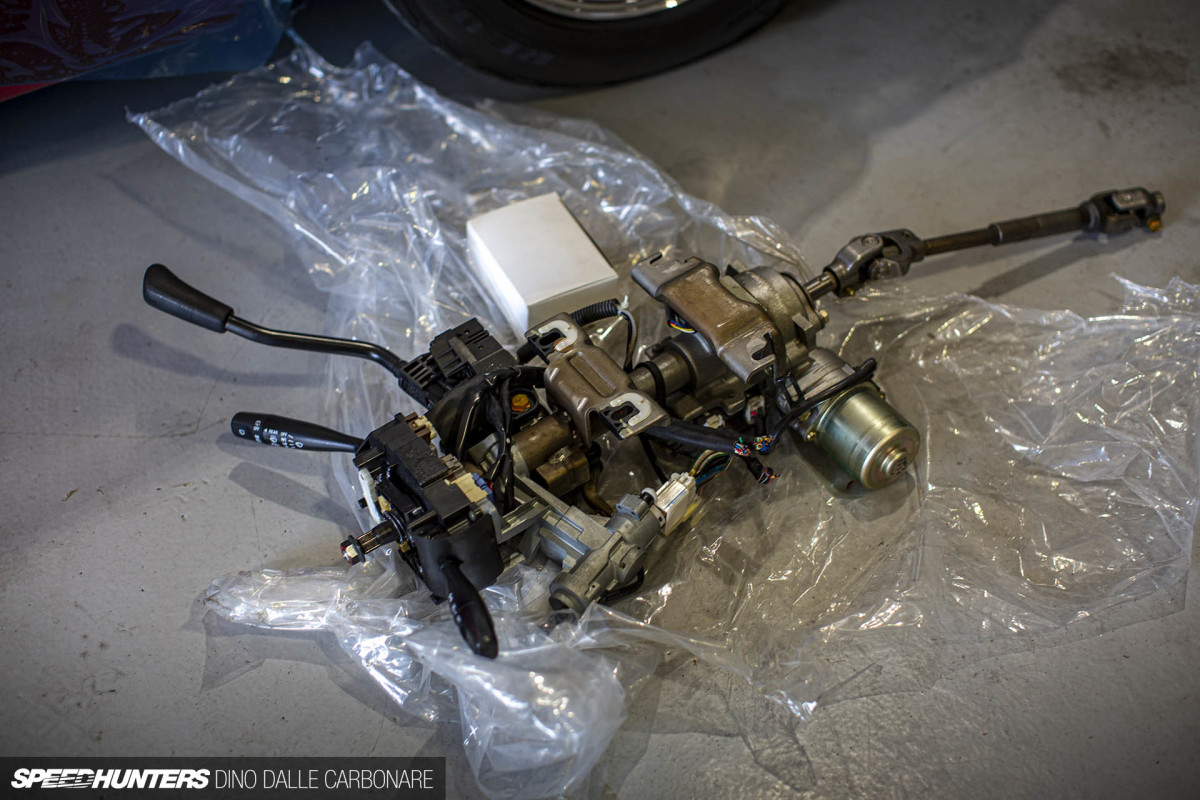
In was in for a little modern touch in the form of an electric power steering conversion. Oto-san does quite a lot of these, using compact steering systems from modern kei cars. They’re easily integrated to all sorts of Japanese classics, making them far more easy to live with.
The Swaps
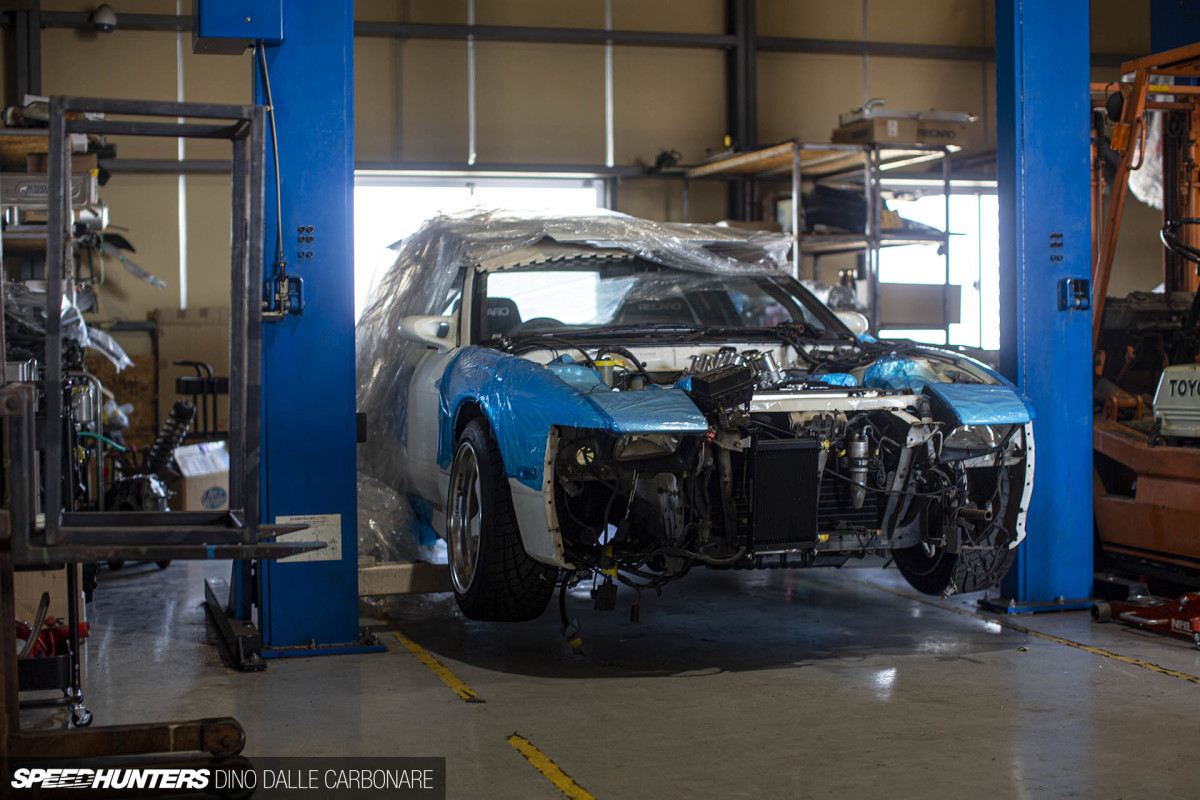
It didn’t take me long to notice the RPS13 in the corner of the shop.
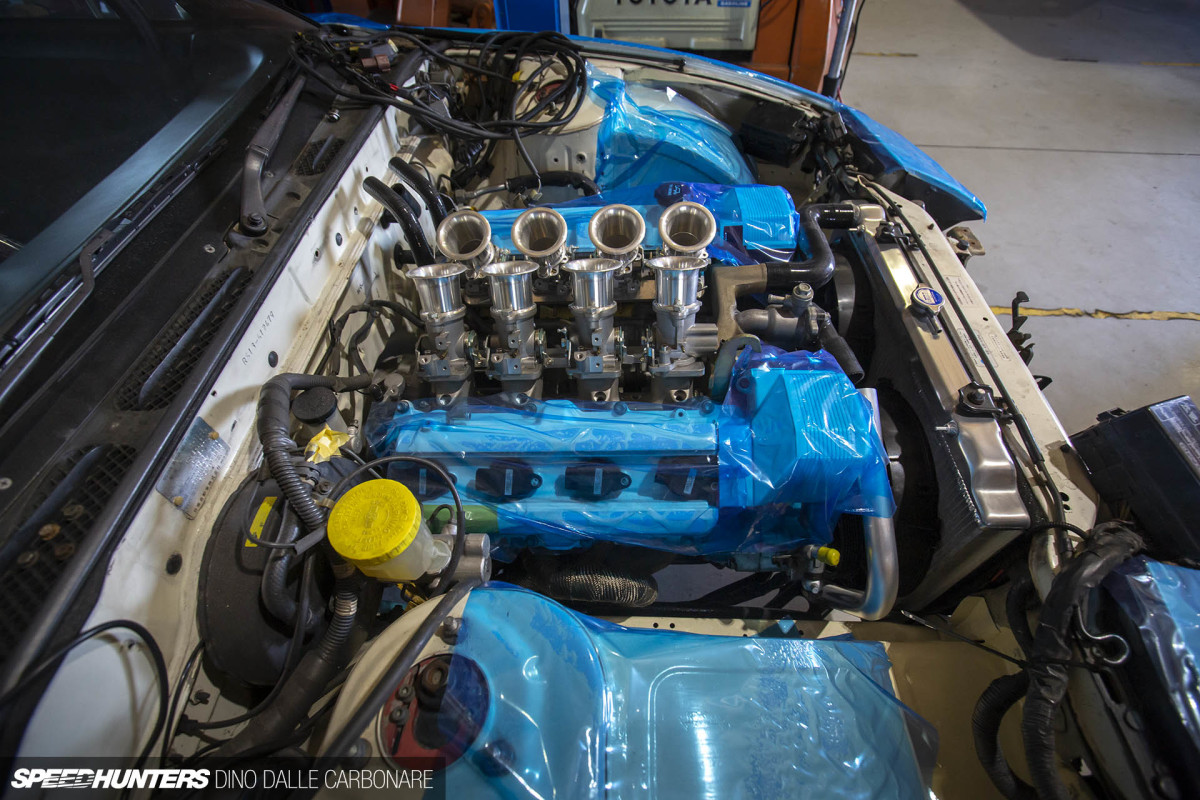
The eight aggressively-angled, shiny velocity stacks protruding from the center of the engine bay was instant confirmation that the Nissan’s original four-cylinder is gone.
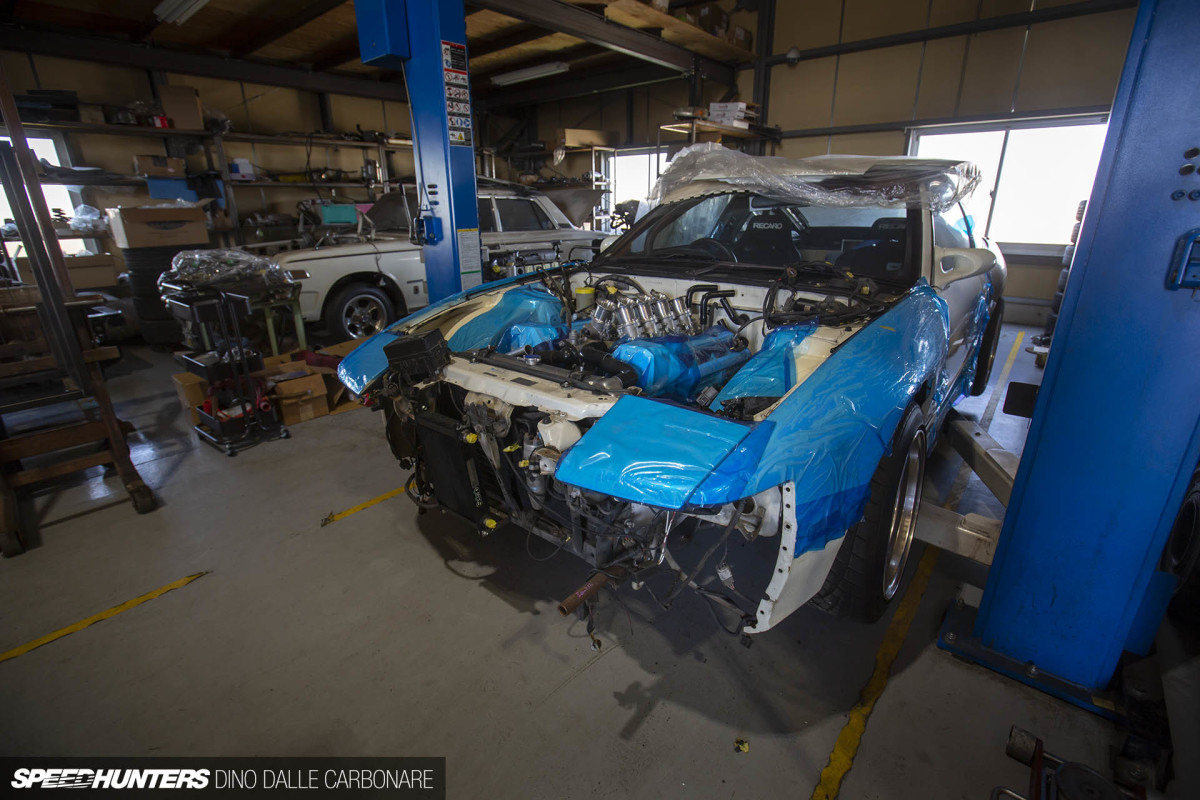
If you’re the type that doesn’t like cross-brand engine swaps, then this one’s probably not for you. But is there really anything wrong with a Toyota 1UZ-FE in a 180SX? This won’t be the most powerful S13 out there, but that wasn’t the goal.
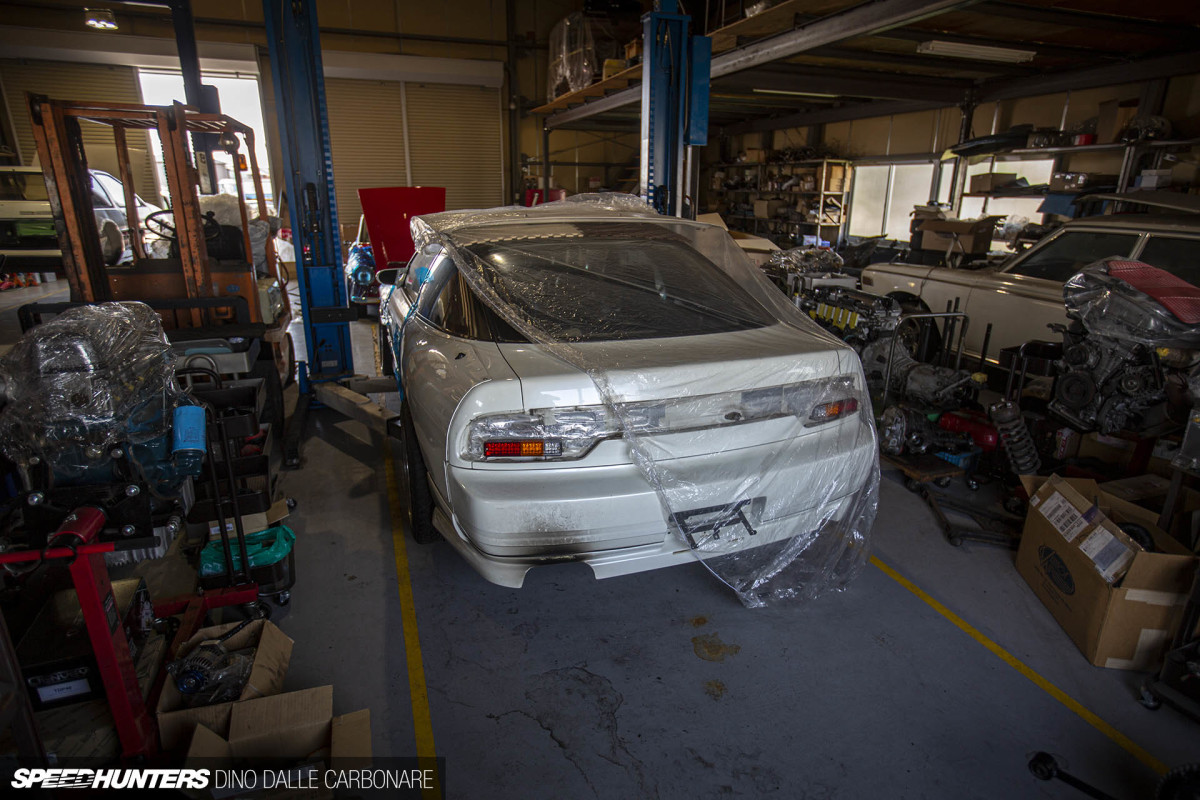
The goal was reliability, smoothness and sound. That’s three boxes checked in my book!
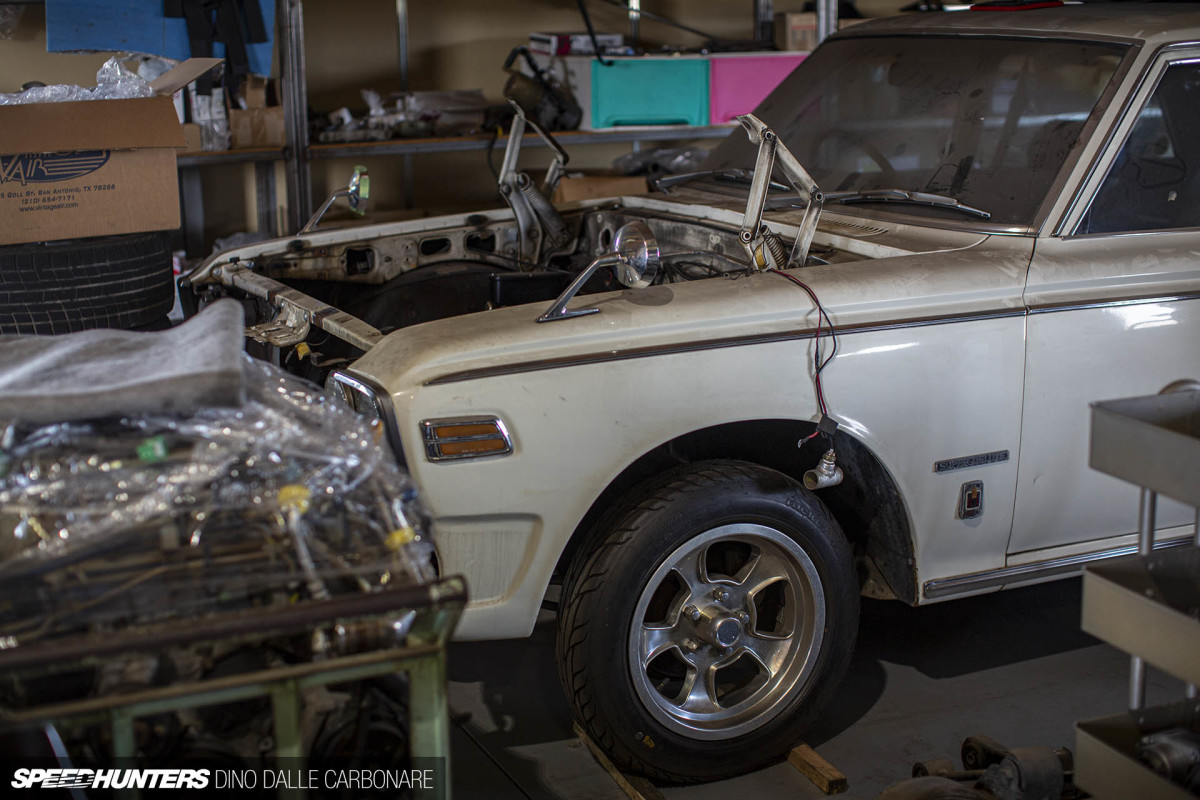
A 1UZ would probably go quite well in this Toyota Crown Super Deluxe, but that’s not happening.
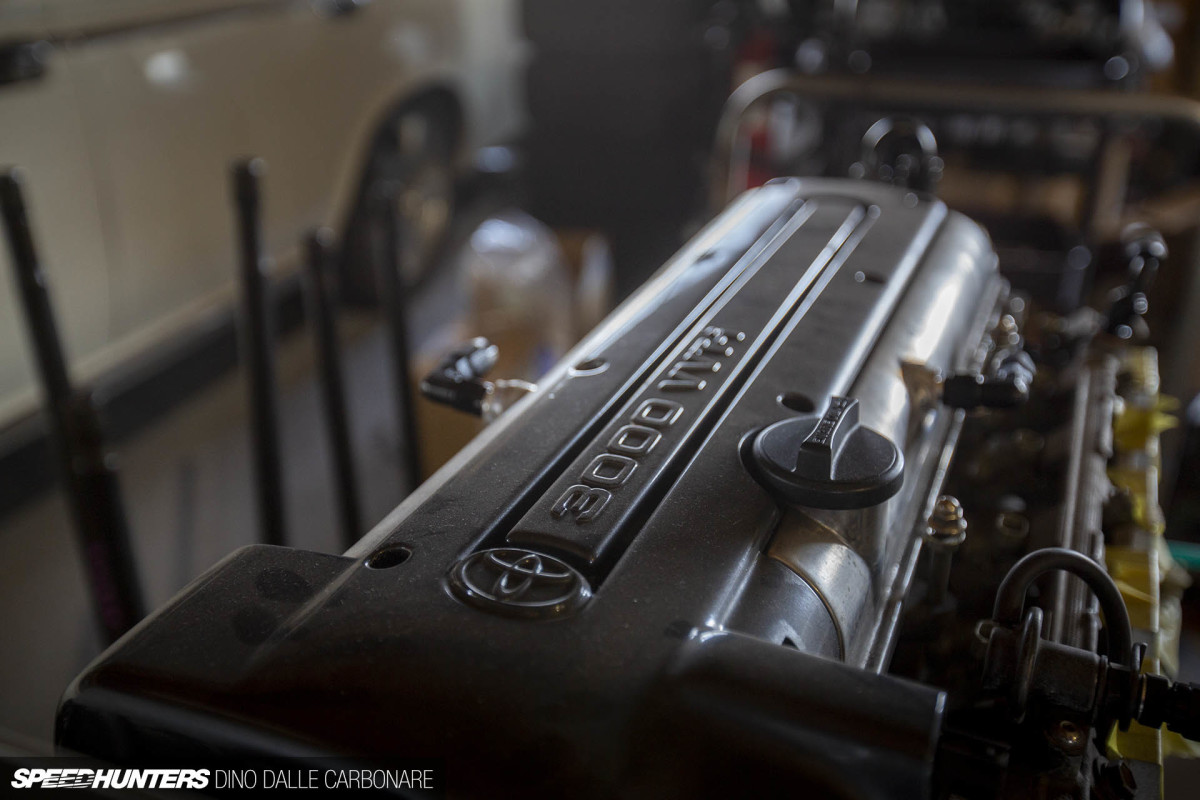
And neither is this 2JZ sitting close by – such a swap is far too predictable for Oto-san.
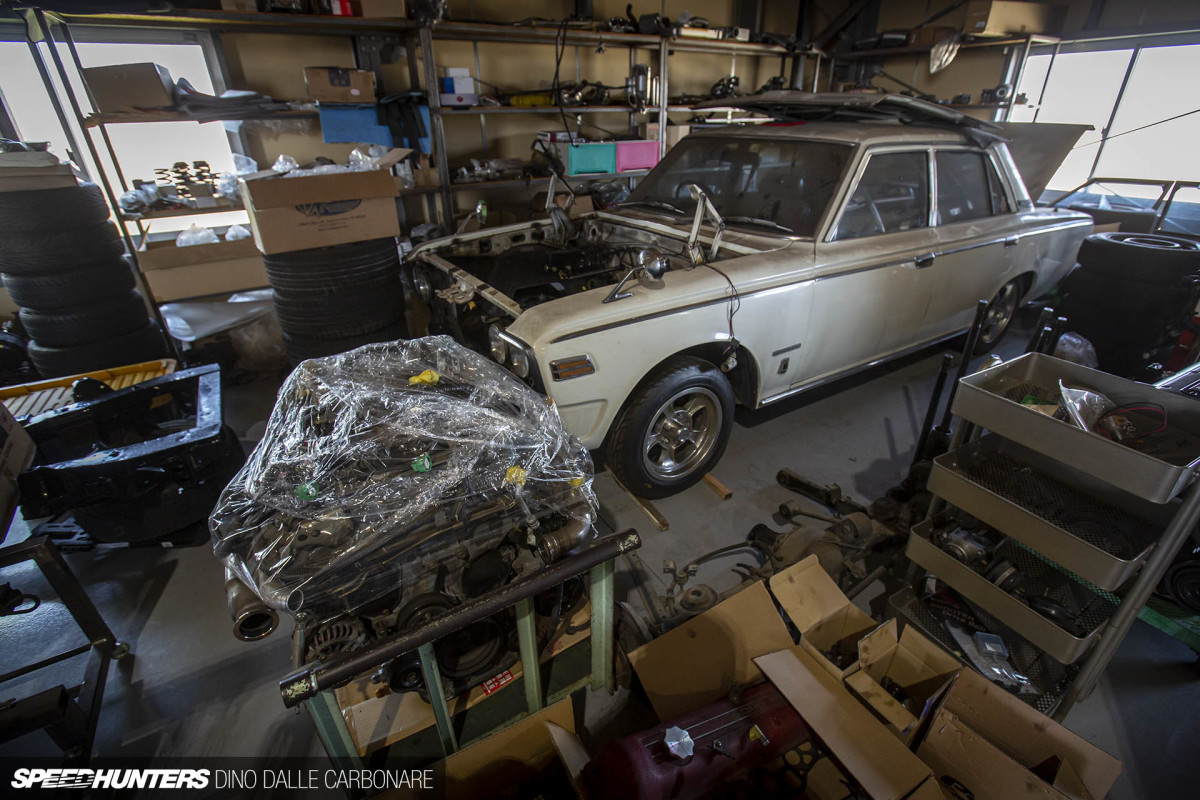
The Crown is getting a VQ25DET (that engine wrapped in plastic), the 2.5L single turbo V6 that originally powered the M35 Nissan Stagea. How’s that for unique? The DET version of the VQ was a strong motor that on paper had 280PS, but in reality made over 300 horsepower and bucketloads of torque. Mated to an automatic transmission, this old Toyota will soon be a real pleasure to drive.
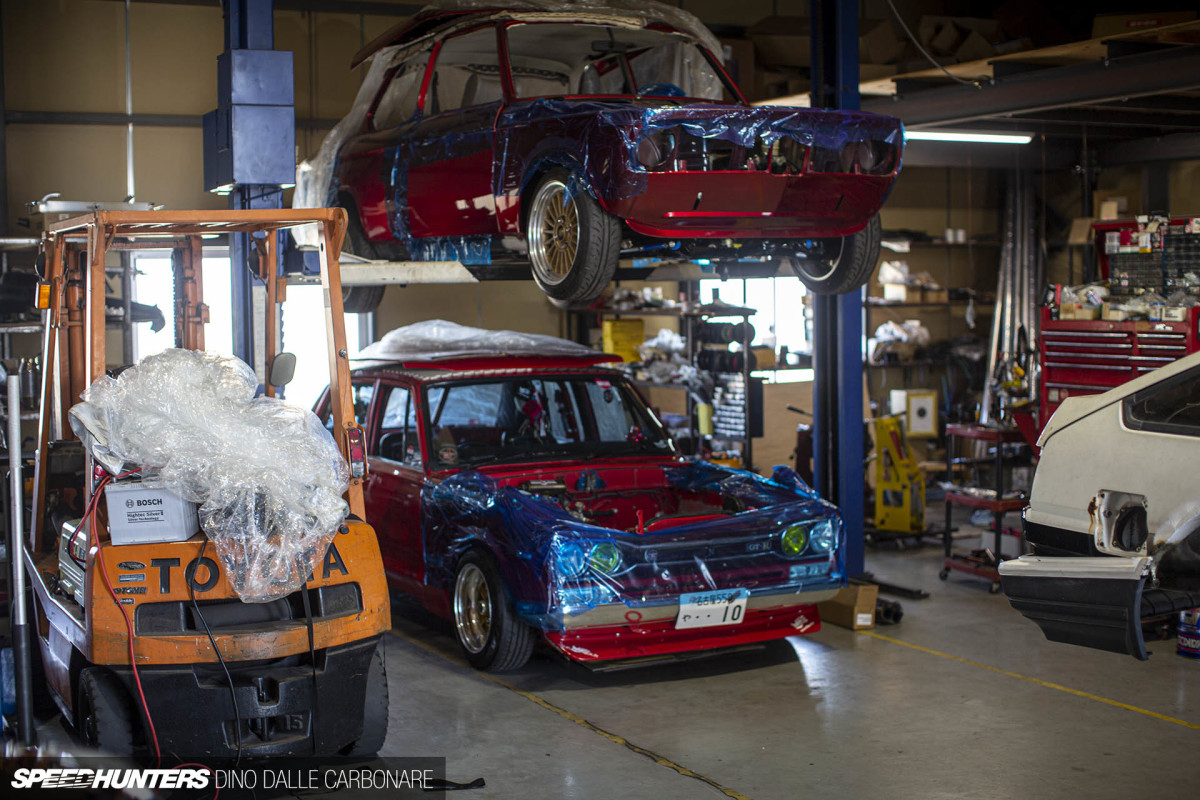
On the other lift were two more engine-less cars ready for heart transplants.
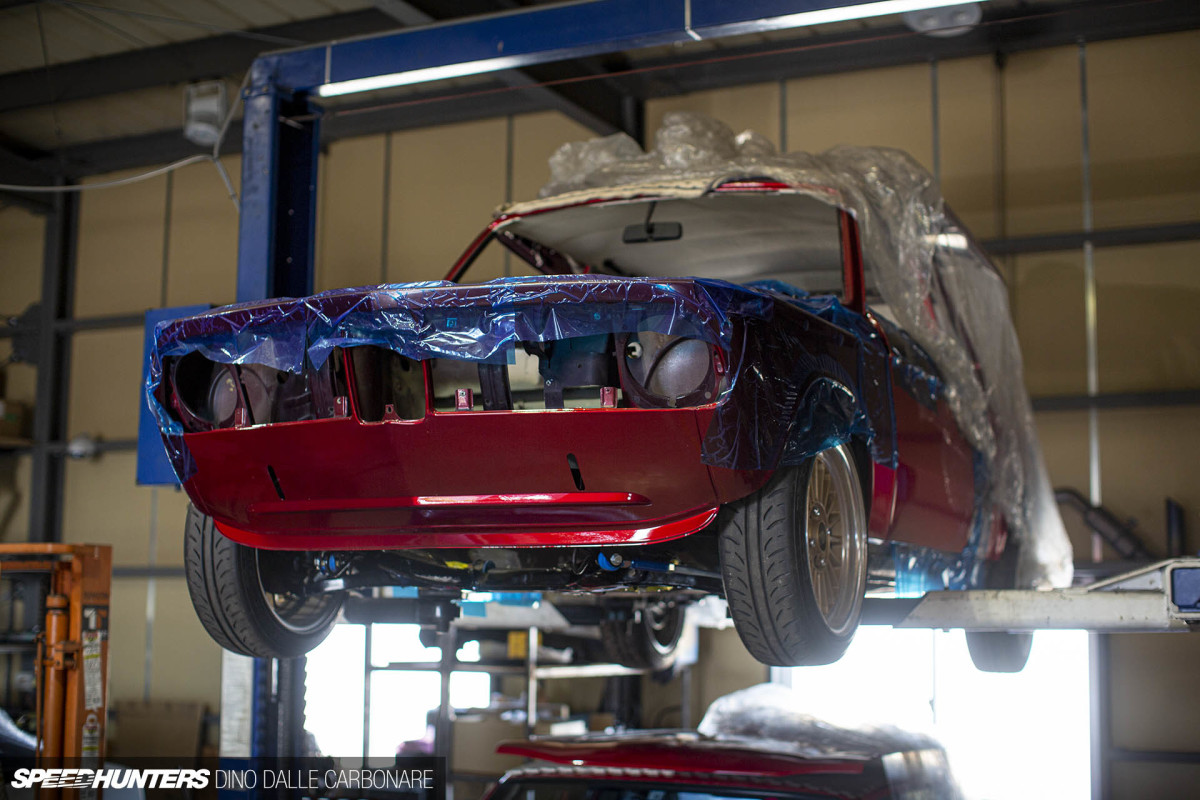
First up, the BMW 2002. Can you guess what it’s getting? That subframe is a modified AE86 unit…
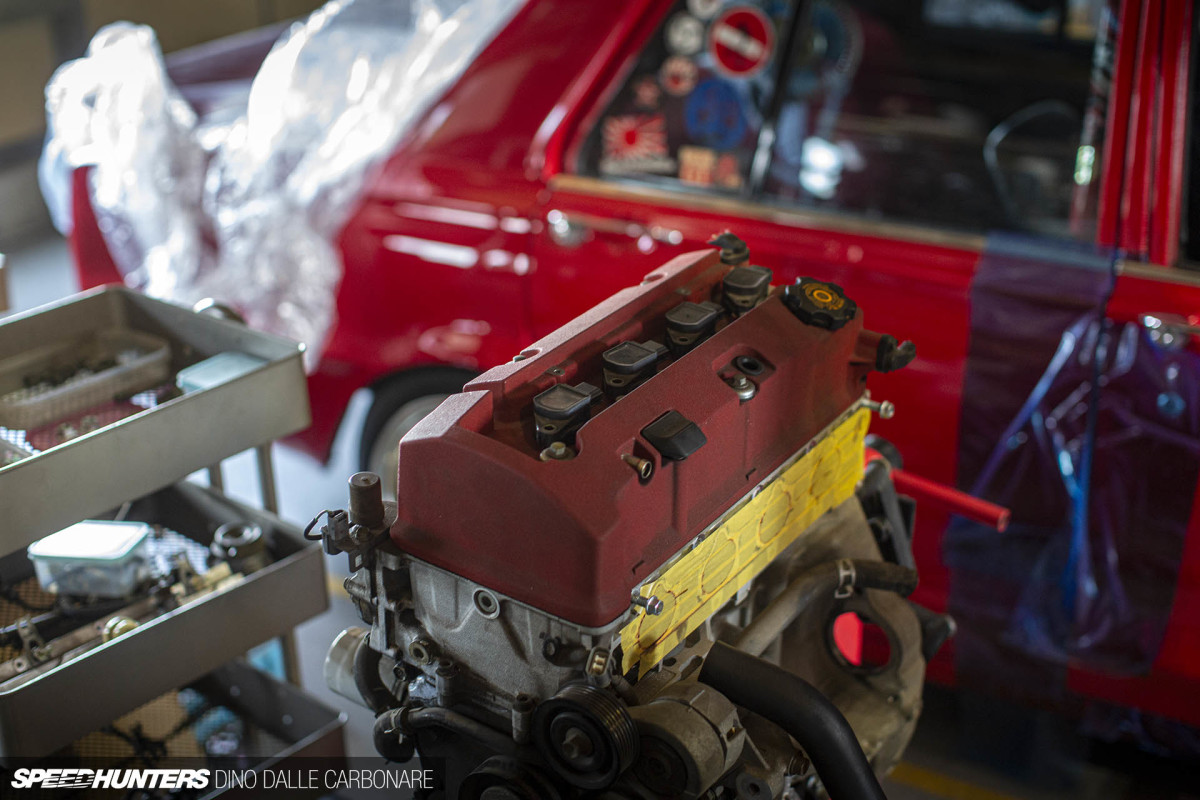
No, not a Toyota engine, but a Honda F20C from an S2000. When I think of a modified or race-ready 2002 I picture a high-revving four-banger, so this is a very cool swap in my opinion.
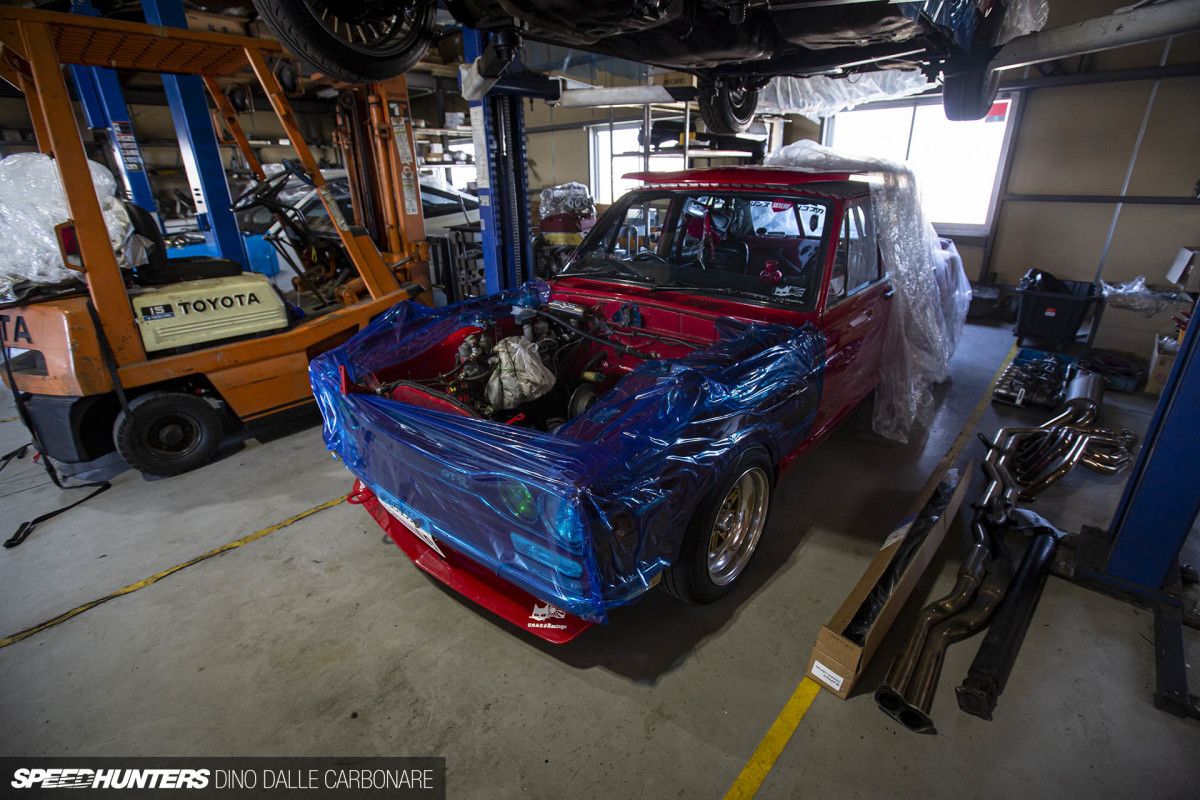
Oto-san reassured me that the Hakosuka was only in for an engine refresh, so will continue to run the stroked L-series that’s been powering it for a while now.
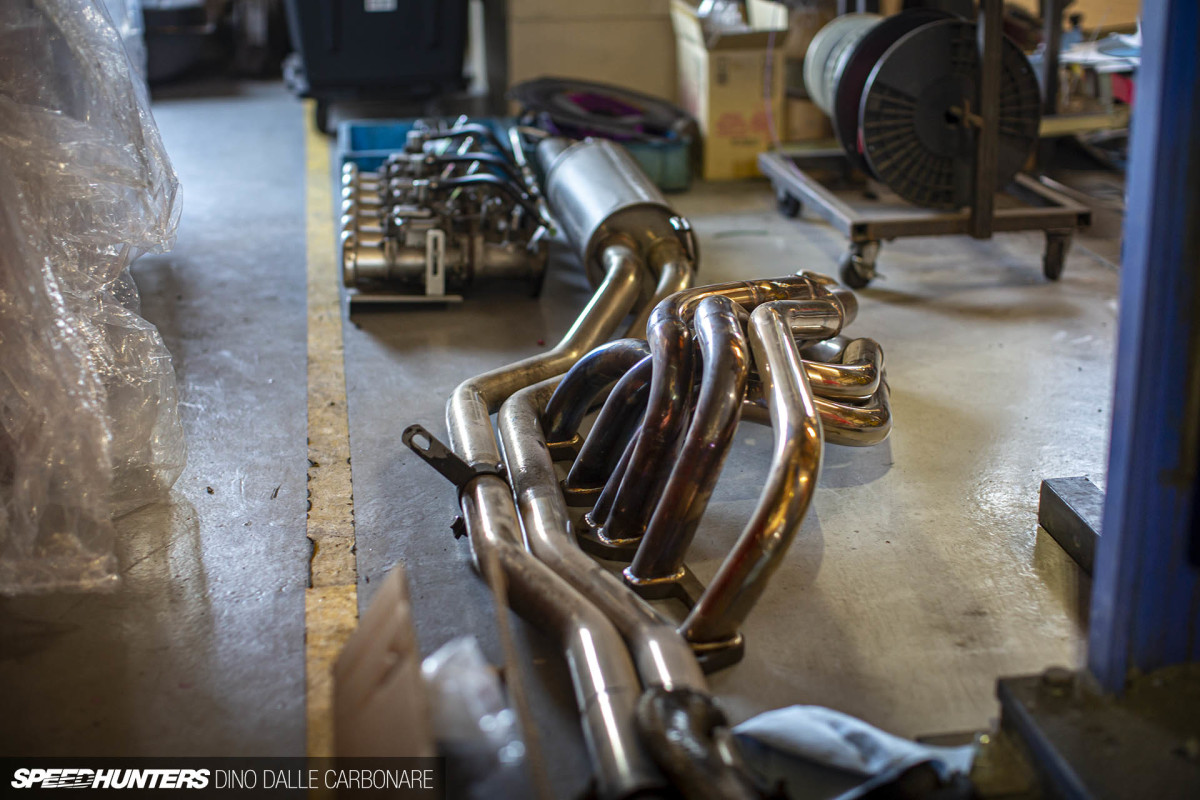
On the floor next to the Skyline were the headers, exhaust system and intake setup.
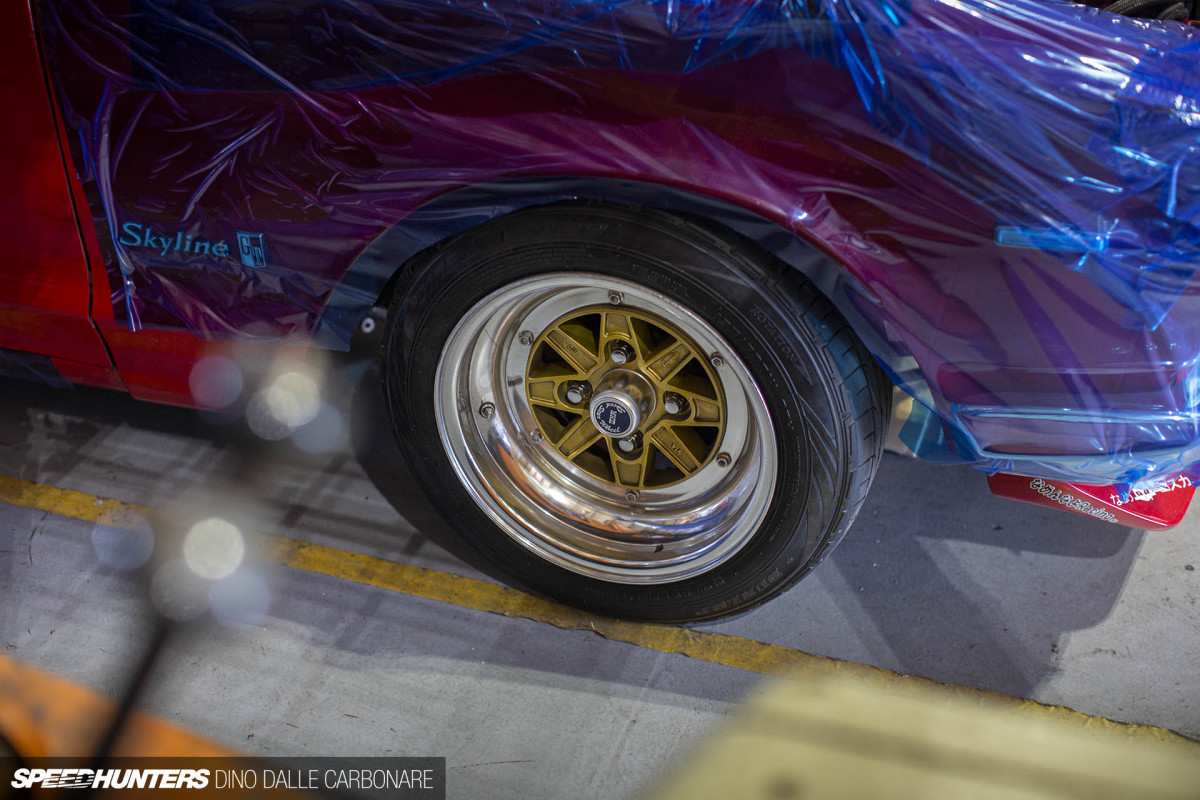
The SSR MKIIIs get a big thumbs up from me; the gold centers are a great look against the Skyline’s glossy red paint.
The Machine Shop
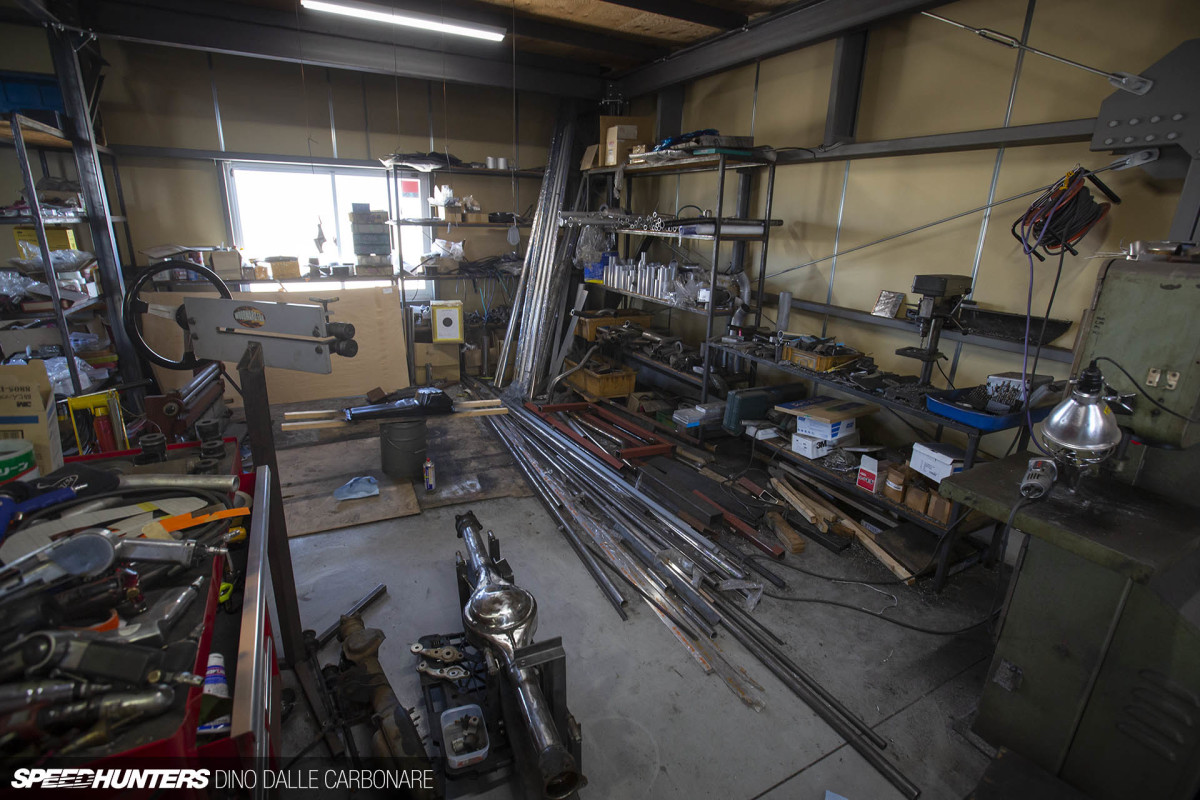
There is very little that Oto-san orders from a catalogue – other than sheet metal and steel tubing that is. All fabrication is done in-house, and there’s enough machinery on the far side of the shop to bring all his ideas to life.
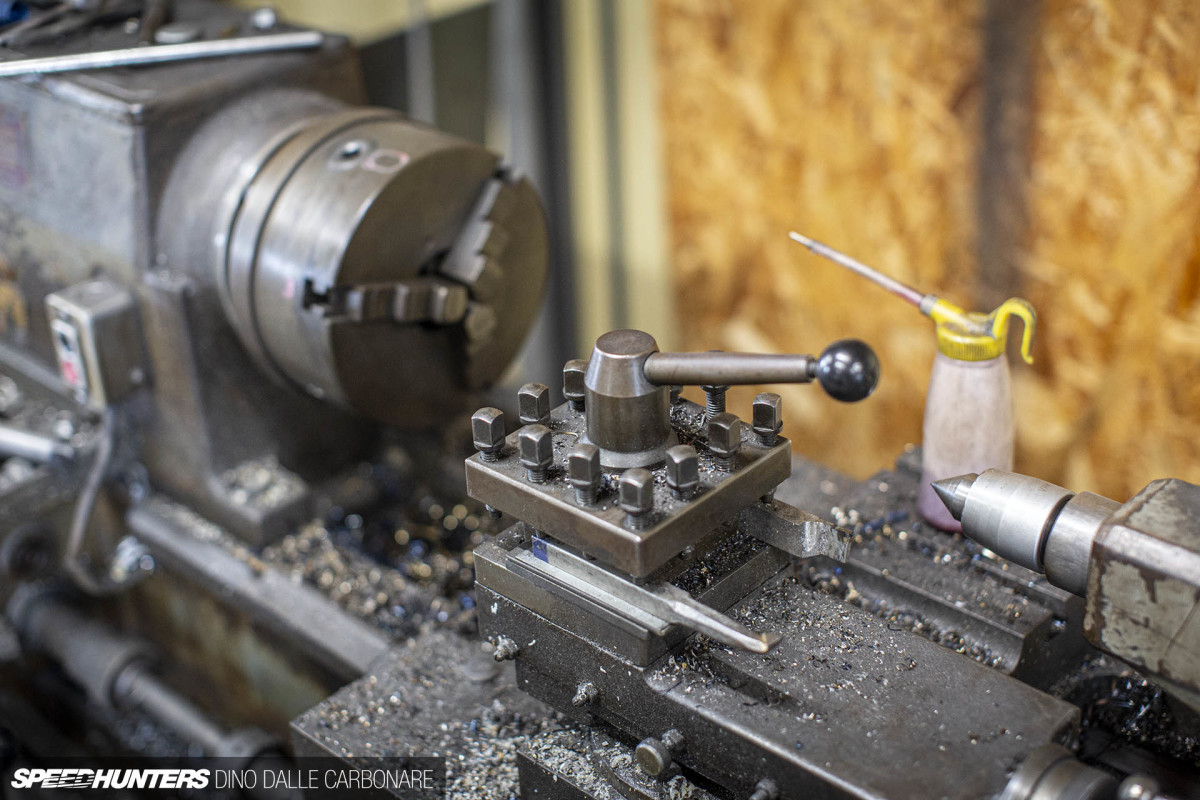
From the lathe and drill bench to multi-axis drill machine and pipe bender – Oto-san has pretty much every tool he needs.
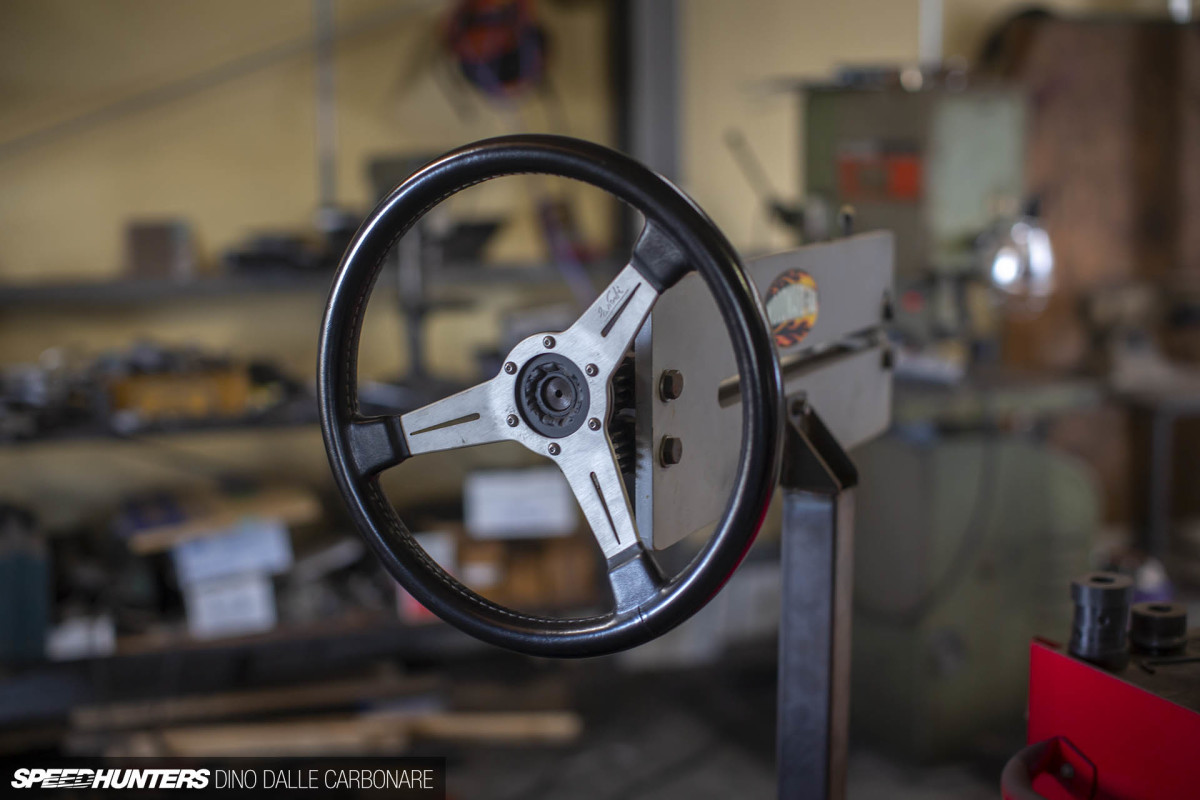
He’s even modified this sheet metal bender with a Nardi steering wheel. He uses the bender so much that he figured it might as well look and feel special.
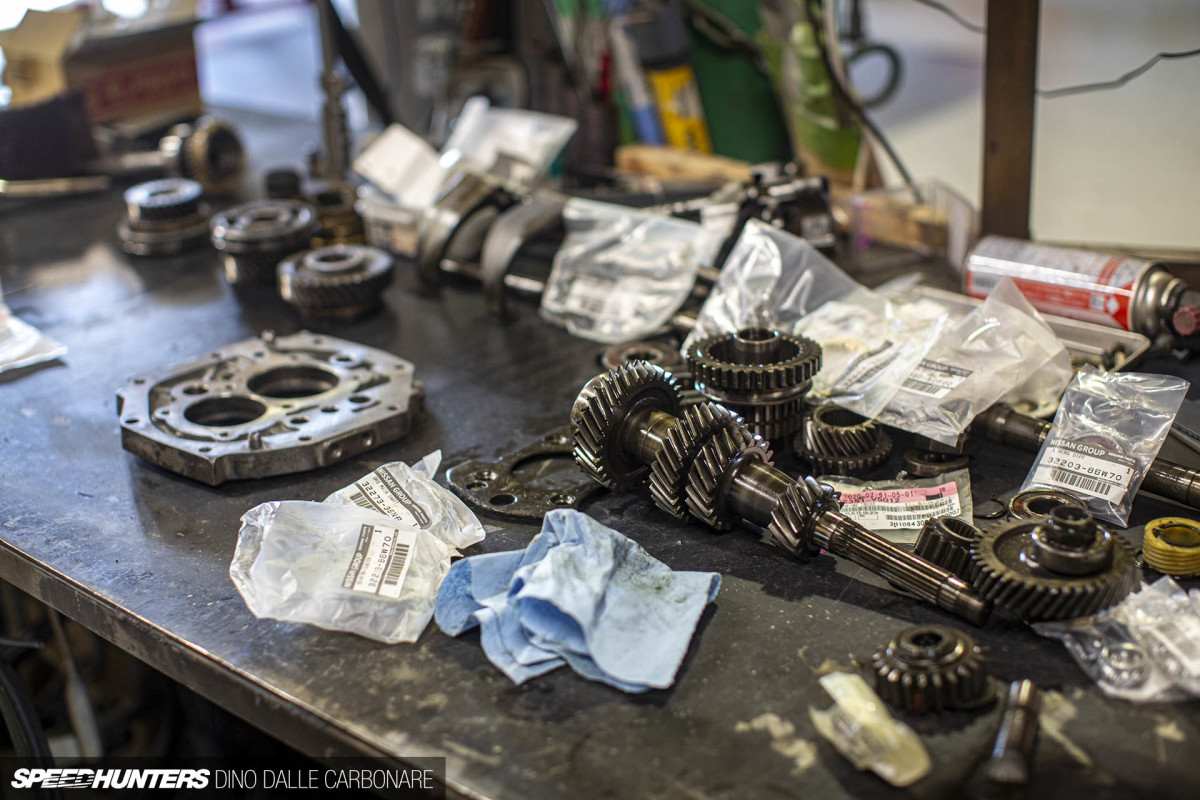
The main workbench is where components are laid out and cleaned up when rebuilding or upgrading engines, transmissions, differentials, or anything else that needs attention.
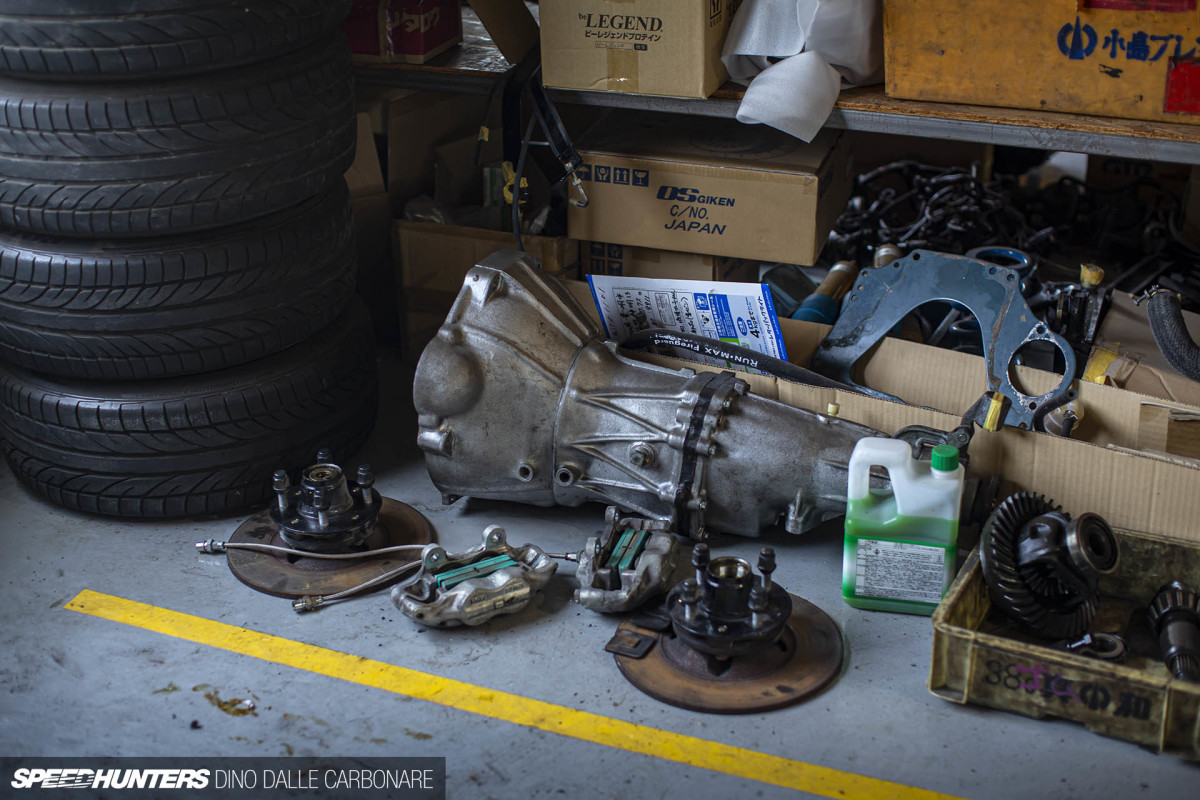
Like any shop that specializes in this sort of work, there is a seemingly endless array of parts laying around. From bits and pieces to be used on current projects….
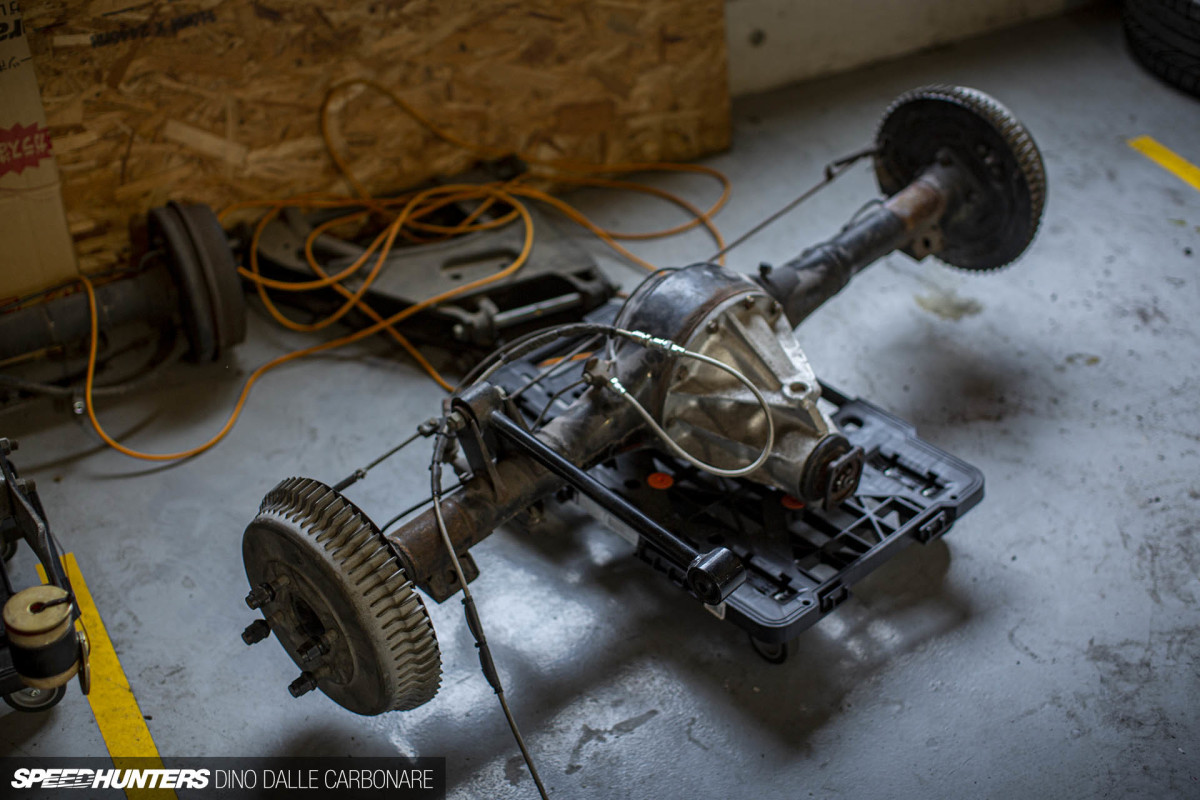
…To stuff that will be stocked up and used another time on future builds.
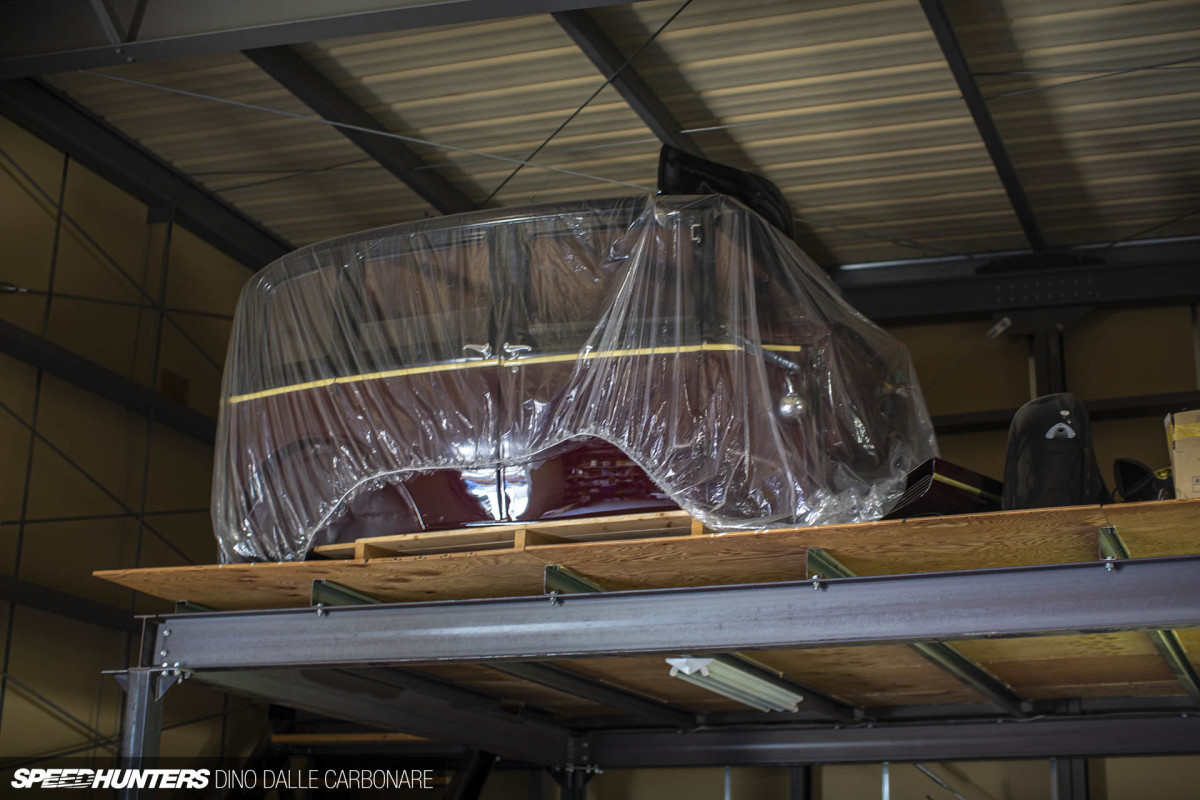
Whatever it was, it was just fun finding out from Oto-san what things were.
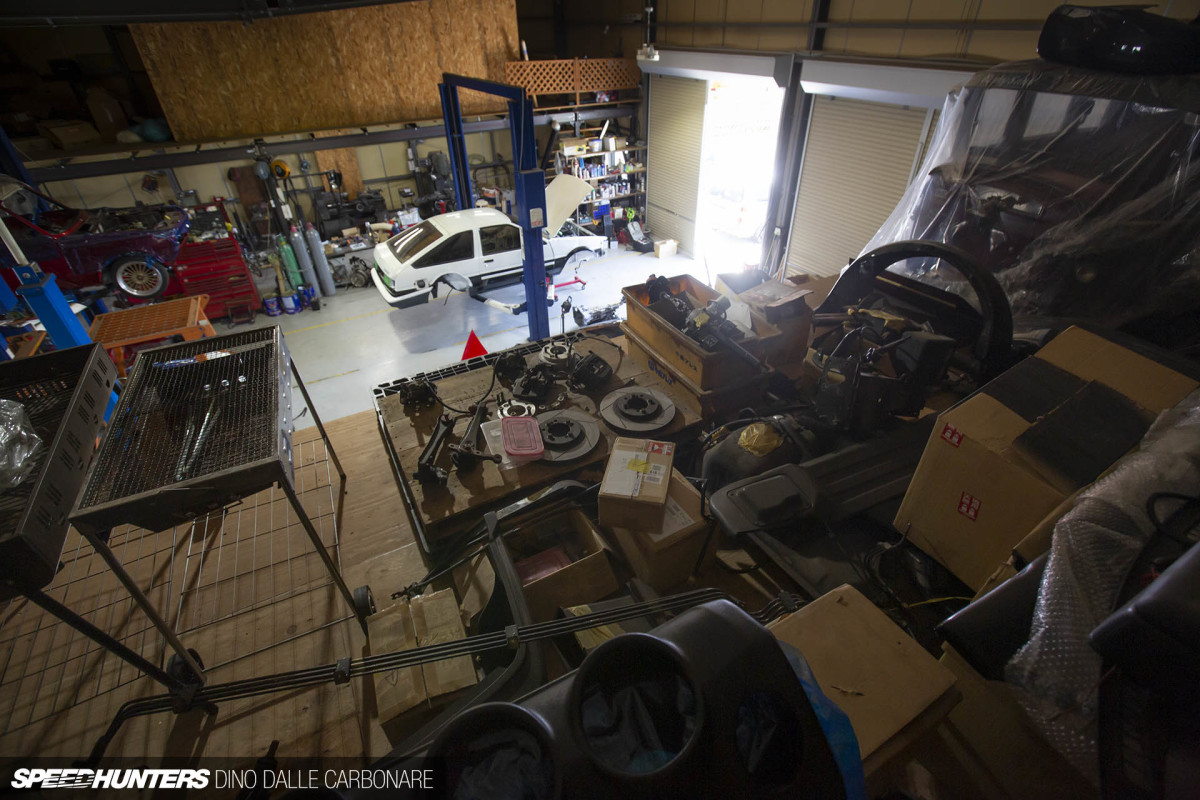
On each side of the workshop is a mezzanine level. One side is reserved for storage, and that includes a BBQ grille for those important shop cook-outs.
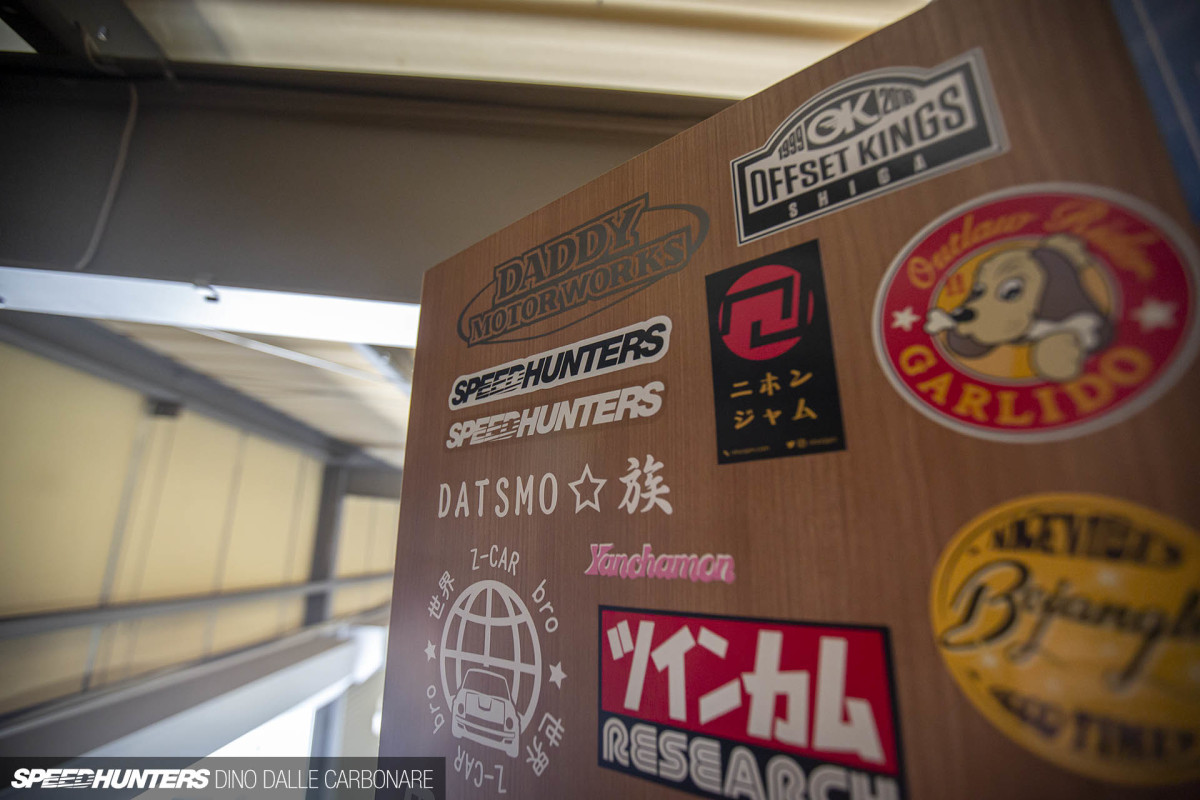
The other side is where Daddy Motor Work’s air-conditioned office is located. Check out the old Speedhunters stickers I gave Oto-san when I first met him back in the day.
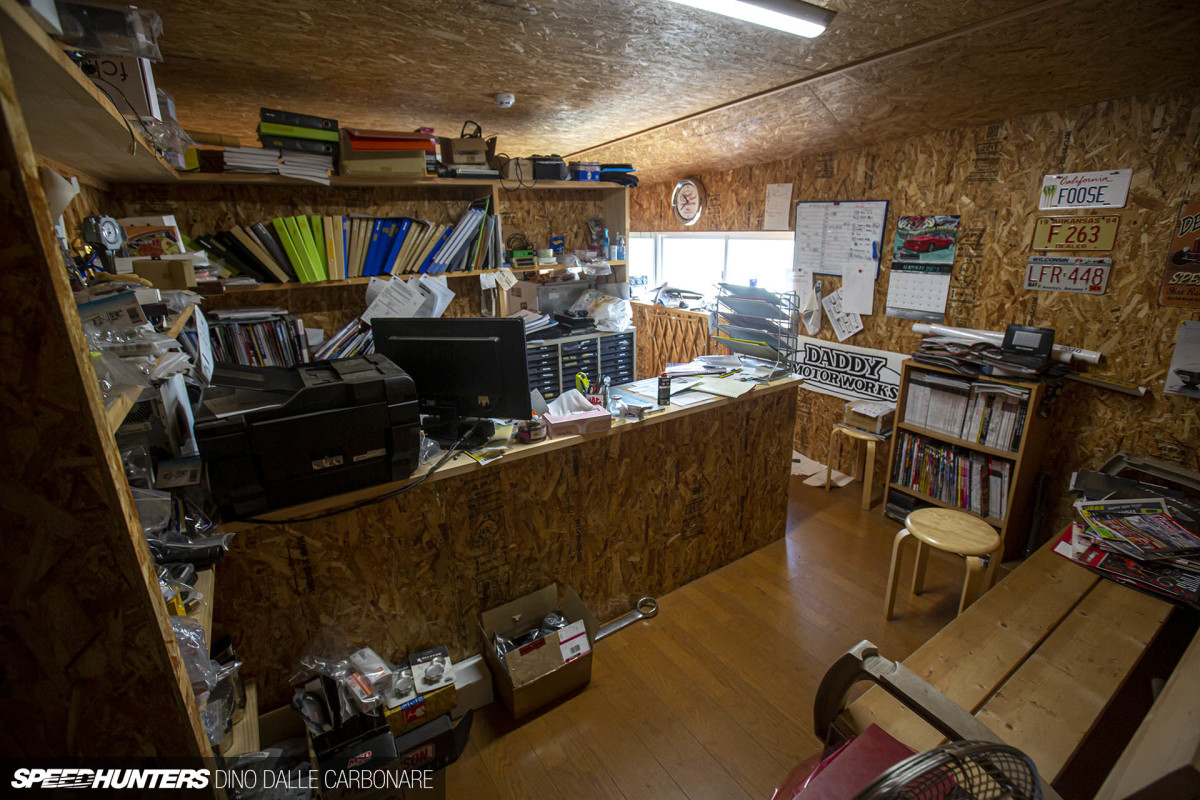
This is where Oto-san meets his clients and sits down to talk ideas.
The setup really does maximize the available space.
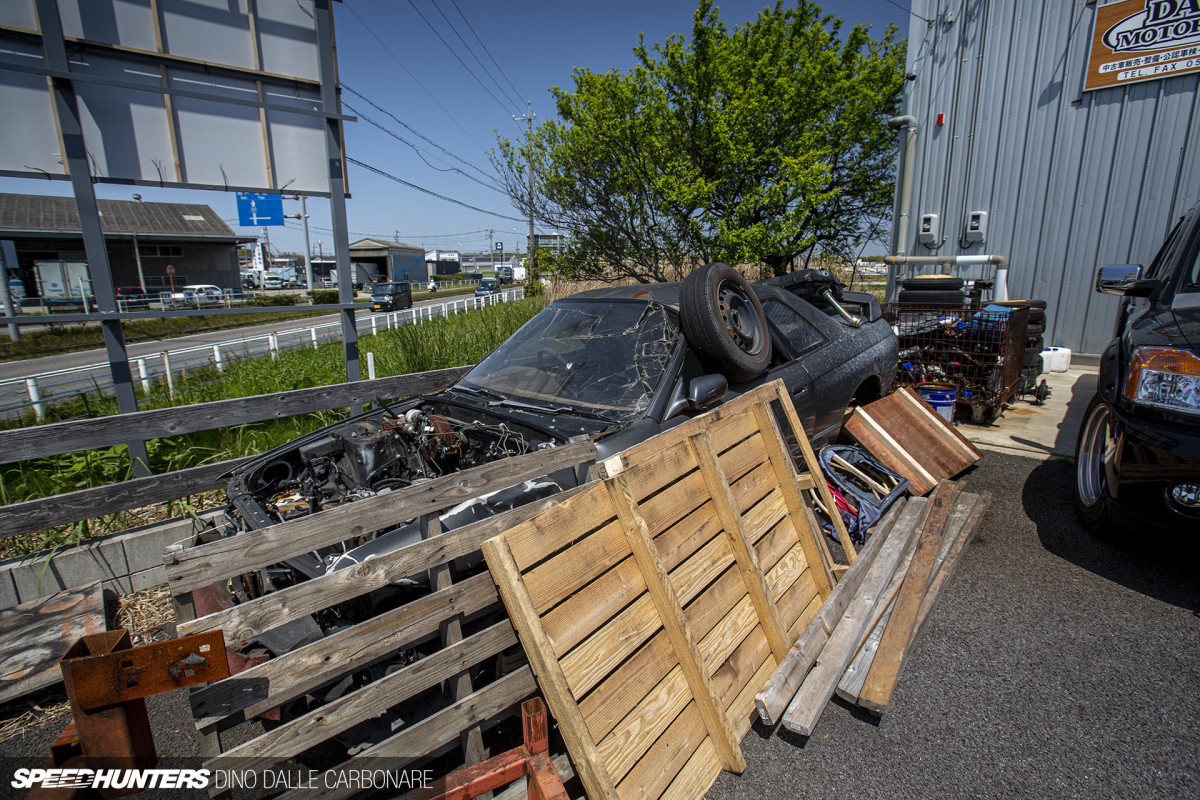
The large paved yard in front of the shop is where Oto-san’s donor cars are stored. They’re constantly giving up bits and pieces so that new projects can be completed and made functional.
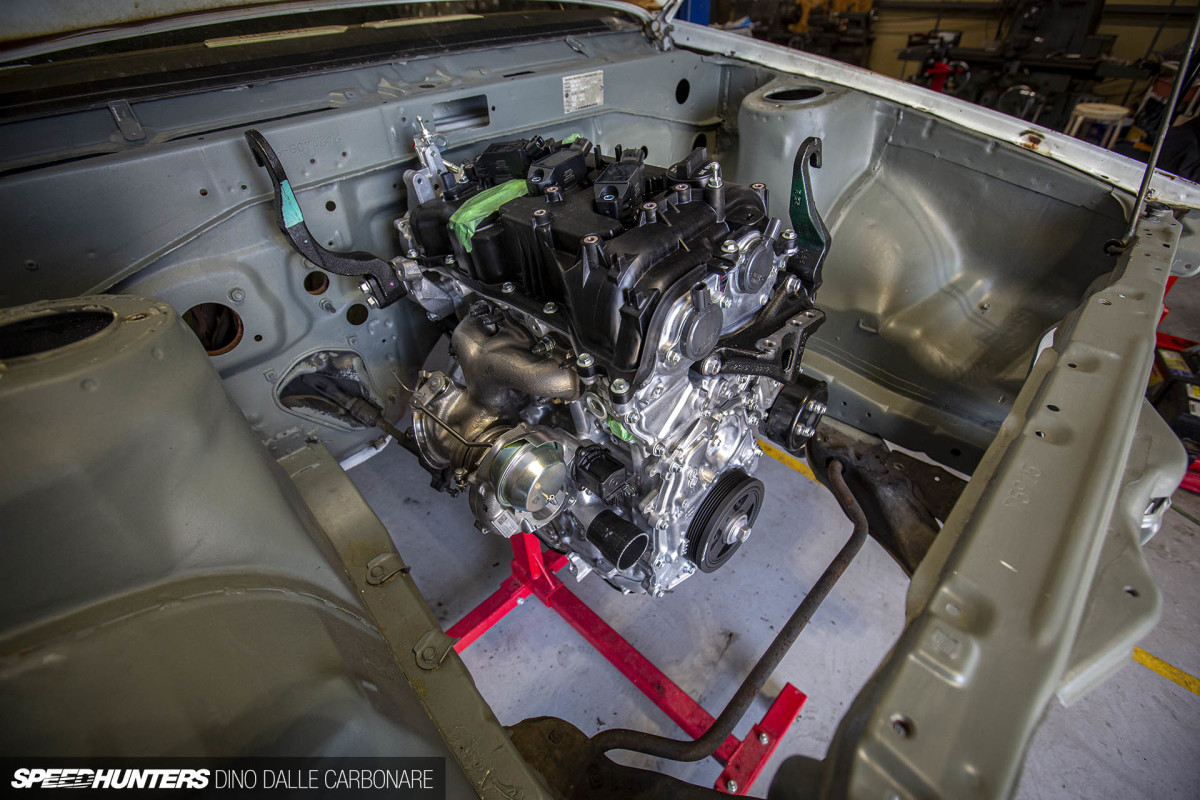
If you’re anything like me, I’m sure you can’t wait for Oto-san to finish the G16E-powered AE86. Hopefully we’ll get to see it before the 2022 Tokyo Auto Salon in January next year.
Dino Dalle Carbonare
Instagram: dino_dalle_carbonare
dino@speedhunters.com
OFFICIAL SPEEDHUNTERS SUPPLIERS
For GREAT deals on a new or used Nissan check out Mossy Nissan National City TODAY!

